NOTE: For prior parts in the Hizballah Cavalcade series you can view an archive of it all here.
—
Al-Quwat al-Ja’afariyah & Liwa al-Sayyida Ruqayya: The Building of an “Islamic Resistance” in Syria
By Phillip Smyth
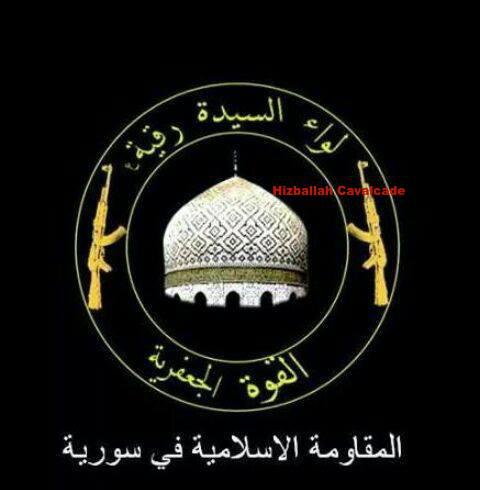
Figure 1: The logo belonging to Al-Quwat al-Ja’afariyah’s Liwa al-Sayyida Ruqayyah. The symbol features two golden Kalashnikov-type rifles flanking the white dome of the Sayyida Ruqayyah shrine. The group’s logo bears many similarities to Kata’ib Sayyid al-Shuahda’s. Both feature a shrine dome in the center of a roundel flanked by Kalashnikov-type rifles.
Since the creation of Syria’s pro-Assad National Defense Forces (NDF), there has been a rise in Syria-based sectarian militia groups with Iranian training and advisors. Al-Quwat al-Ja’afariyah (The Ja’afari Force) has attempted to market itself as one of these types of organizations. The group has also described itself as “al-muqawama al-islamiyah fi suriya” (“The Islamic Resistance in Syria”) and has pushed its own Shia identity mixed with pro-Assad Syrian nationalist and pro-Iranian proxy material. These elements of group identity suggest the militia pulls members from Syria’s small Shia community while still being influenced by external allied actors.
A process where local pro-Assad militias have been modeled off of Lebanese Hizballah has been a continuing development. This has especially been the case with Alawite-manned and Shia-manned militias. Syria’s first major Shia militia, Liwa Abu Fadl al-Abbas (LAFA) maintained close links to the Assad regime and Lebanese Hizballah. Even with Lebanese Hizballah’s aid, local actors such as LAFA’s secretary general, Abu Ajeeb, generally led LAFA’s command and control functions.
Unlike many of the other groups which have also worked closely with Lebanese Hizballah, Al-Quwat al-Ja’afariyah has also claimed to be a Syria-based subdivision belonging to the Iraqi Shia Iran-proxy, Kata’ib Sayyid al-Shuhada (KSS).
A number of Syria-based Shia militias have their own Iraqi wings and some Iraqi Shia political parties have external branches. Nonetheless, Al-Quwat al-Ja’afariyah is the only Syrian Shia militia which has declared itself as a sub-division of an Iraq-based Iraqi Shia Islamist group, yet began life as a component of an established Assad element (the NDF).
The first prominent mentions of Al-Quwat al-Ja’afariyah or its professed sub-militia Liwa al-Sayyida Ruqayya came with the April 6, 2013 death of NDF leader Shaker Rashid Darwish (A.K.A. Al-Ja’afari). Despite the group being around for a number of years, it lacked a formal announcement or acknowledgement outside of a small number of accounts on social media. At different times throughout 2014, the group’s members would often pose for photos in their battle dress uniforms. These photos regularly found their way onto mediums such as Facebook and could only be accessed via private Facebook profiles.
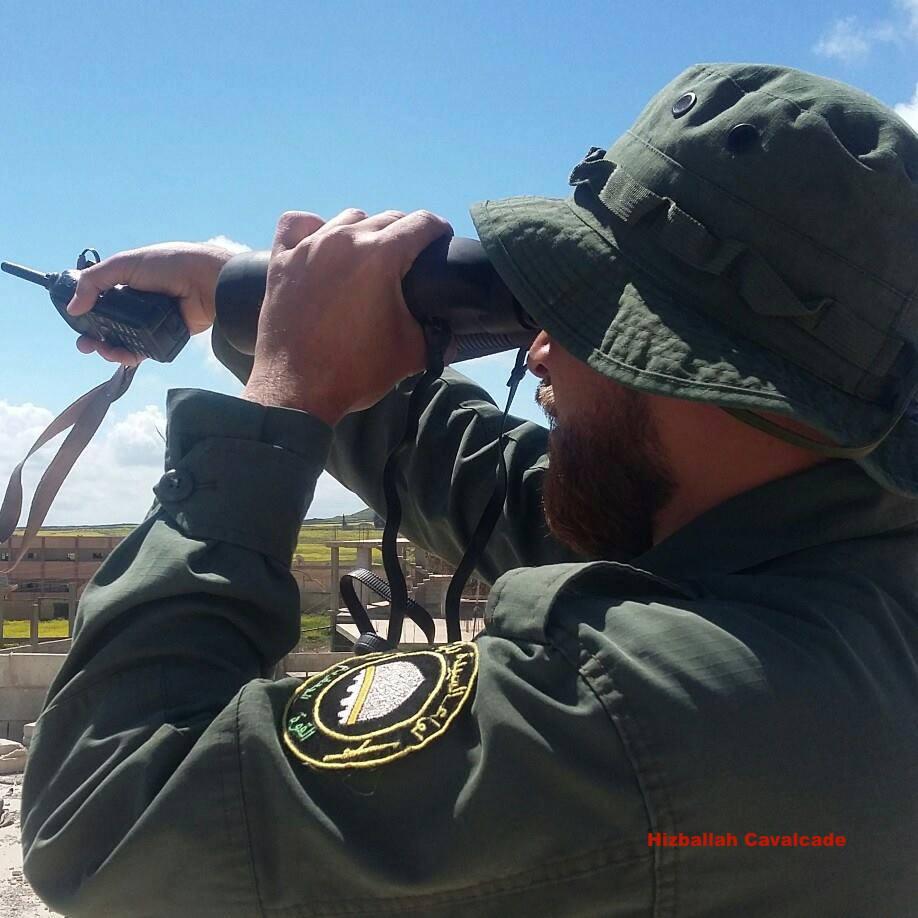
Figure 2: A militiaman belonging to Liwa al-Saqiyah Ruqayya wearing the group’s distinctive patch.
What set these photos aside from other uploaded images of Syrian and Iraqi Shia militiamen in Syria was that these fighters’ uniforms would feature unique patches. This patch included the group’s name along with a stylized version of the white dome of the Sayyida Ruqayya shrine in Damascus, Syria.
By late August 2015, due to an increased public presence by Al-Quwat al-Ja’afariyah on social media (via KSS’s own media apparatuses), and due to the death of Quwat al-Ja’afariyah commander Hasan Kana’an, more attention was granted by Arabic-language (primarily pro-Syrian rebel) media sources. In early July, Liwa al-Sayyida Ruqayya established a number of public Facebook pages and was also mentioned in a September 2015 piece by The Guardian (albeit, the group was incorrectly recognized as the “Sayyida Ruqayya Martyrs Brigade”).
What’s In A Name?
The term, “Ja’afari”, helps highlight Al-Quwat al-Ja’afariyah’s denominational membership. “Ja’afari” is often used as a synonym for “Shia Muslim”. Moreover, in the Twelver Shia tradition, Ja’afar al-Sadiq is considered the sixth and longest serving Imam. The majority of Shia Muslims also adhere to the Ja’afari school of jurisprudence.
Liwa Sayyida Ruqayya gets its name from the Sayyida Ruqayya mosque and shrine. Located in Old Damascus, the Sayyida Ruqayya mosque and shrine houses the remains of Sukayna (a.k.a. Ruqayya), the baby daughter of Twelver Shia Islam’s third Imam, Husayn ibn Ali.
Built in 1985 with Iranian funds, the design of the mosque was described by Iran analyst Nigel Coulthard as, “a pure example of post-revolutionary Iranian architecture that would have been more at home in Tehran than Damascus”. Sociology professor Marnia Lazreg claimed a Syrian policeman told her that the mosque, “was controlled by the Iranian government, which claimed its spiritual ownership.” Design and theological/political control aside, the shrine is one of Syria’s major Shia shrines.
Liwa al-Sayyida Ruqayya & The Militia’s Stages of Development
The main militia falling under the header of Al-Quwat al-Ja’afariyah is Liwa al-Sayyida Ruqayya (The Brigade of Sayyida Ruqayya). At the time of this writing, no other groups have yet been listed as under Quwat al-Ja’afariyah’s umbrella. The continual grouping of these two elements suggests that the groups may be one in the same, as opposed to it being a legitimate sub-militia which reports to a larger umbrella-style grouping or a parent organization.
Liwa al-Sayyida Ruqayya has claimed to be active in the Midan section of southern Damascus and to have fought in Jobar, Otaiba, Dekhania, and other sections to the north and east of Damascus. The group was also deployed to Shaykh Miskin in southern Syria.
Family connections between the group’s members is another noticeable trend. This speaks to how recruitment seeks new members and also shows the limited numbers from which it can recruit. During the militia’s participation in the November 2013 battles around Otaiba, Ali Mahmoud Darwish (A.K.A. Karar) and the 16 year-old fighter, Jawad Abbas Darwish (A.K.A. Abu Turab), were both killed. Reportedly, these fighters were cousins and were likely related to Shaker Rashid Darwish.

Figure 3: The Liwa al-Sayyida Ruqayya martyrdom poster for Hasan Ahmed Kana’an. He is listed as a “martyr commander”. Additionally, Liwa al-Sayyida al-Ruqayya is described as, “The Islamic Resistance in Syria”. Interestingly, despite the group’s links to Irqi KSS, on this poster the “Islamic Resistance in Syria and Lebanon” is mentioned and not the“Islamic Resistance in Iraq”.
There were number of developmental stages for the current Quwat al-Ja’afariyah and Liwa al-Sayyida Ruqayya. The first began with its inception as an NDF sub-militia in 2013. Then, the group’s fighters appeared under a number of different monikers. These names included, Huras al-Sayyida Ruqayya (The Guardians of Sayyida Ruqayya) and Liwa Ansar al-Husayn (The Brigade of the Supporters of Husayn). Whether these groups are still in existence, were little more than temporary fronts, or are elements of other units is unknown.
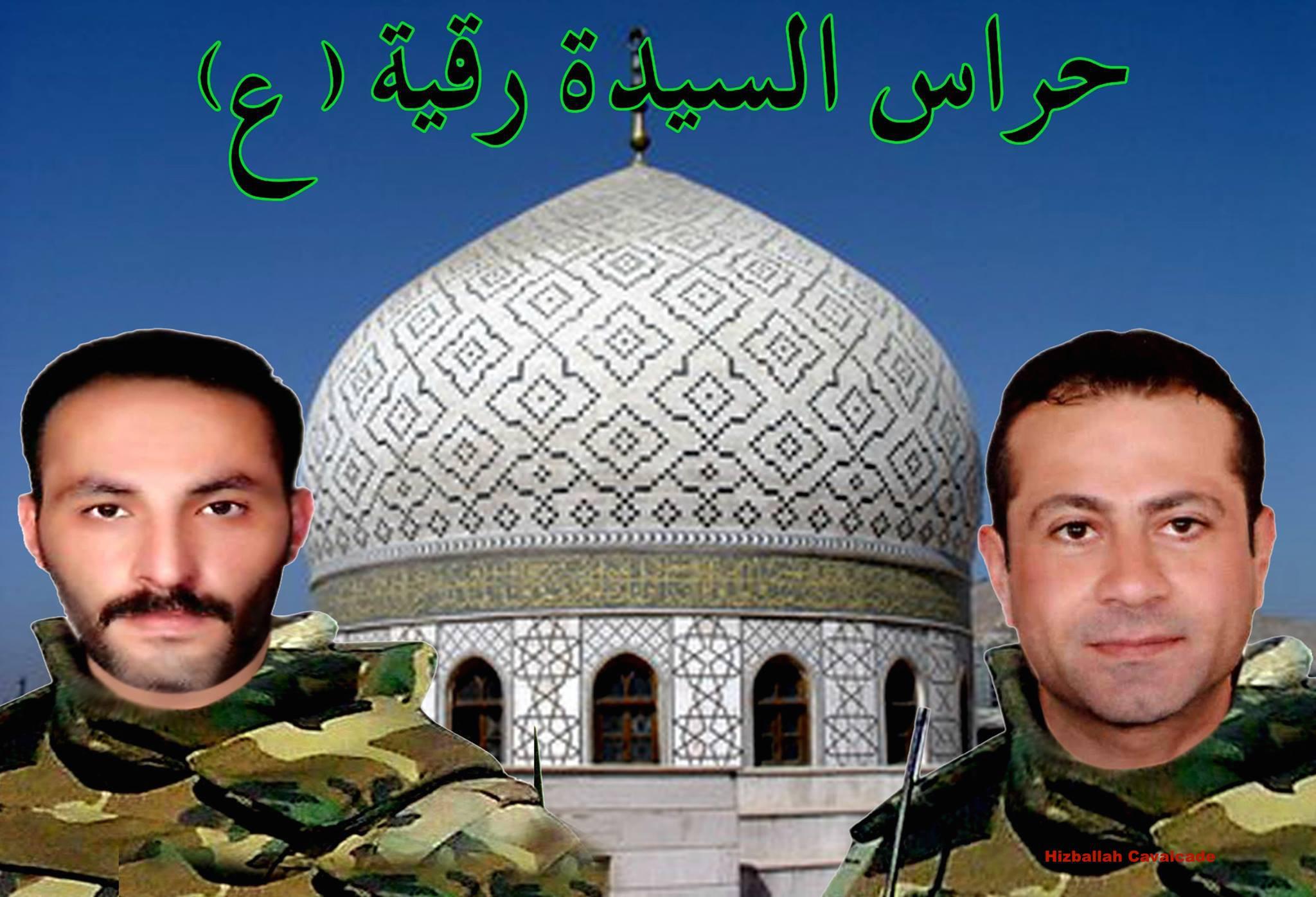
Figure 4: A “martyrdom” poster featuring killed Liwa al-Sayyida Ruqayya members under the header, “Huras al-Sayyida Ruqayya”.
Still, during this initial stage, there was more direct linkages to the NDF and the Assad regime. Images promoting pro-Assad Syrian nationalism were a regular feature. The second stage of development, which immediately followed (if not coincided with the first), was the addition of links to Lebanese Hizballah. “Martyrdom”
Category: Liwa’a Abu Fadl al-Abbas
Hizballah Cavalcade: From Najaf to Damascus and Onto Baghdad: Iraq’s Liwa Abu Fadl al-Abbas
NOTE: For prior parts in the Hizballah Cavalcade series you can view an archive of it all here.
—
From Najaf to Damascus and Onto Baghdad: Iraq’s Liwa Abu Fadl al-Abbas
By Phillip Smyth

Figure 1: Liwa Abu Fadl al-Abbas Tashkil al-Iraq’s logo.
Liwa Abu Fadl al-Abbas (LAFA) is still the best known of the Iraqi Shia staffed militias operating within Syria. The creation of the organization and successful marketing of its narrative; which cast the group as the “defenders of the Sayyida Zaynab Shrine” south of Damascus, set the stage for Shia Islamist foreign fighters to join the battle in Syria against rebel forces. Under the leadership of the Syrian Shia “Abu Ajeeb” in Damascus, the group has been deployed to numerous combat zones throughout Syria. While other foreign Shia fighters have been attached to the group, the primary nationality making up the ranks of LAFA has been Iraqi.
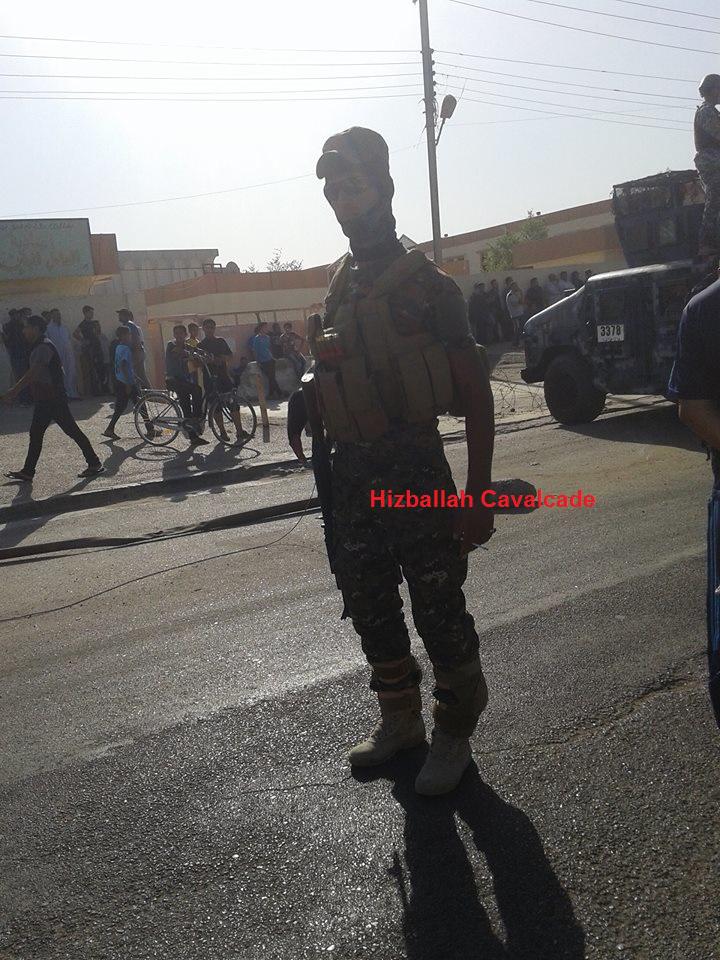
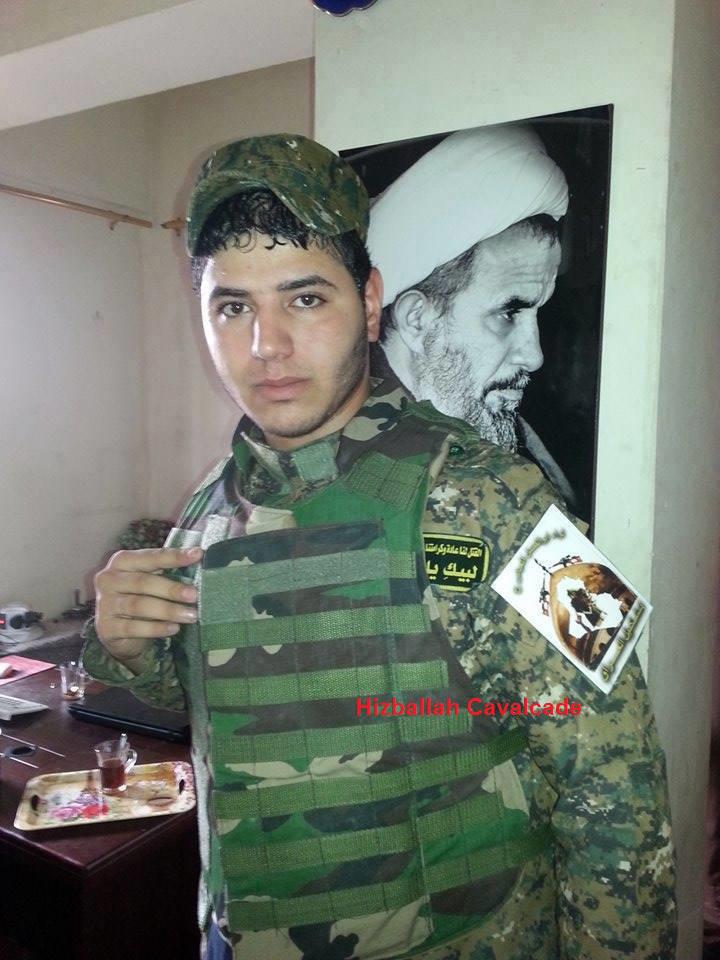
Figure 2: (left) A LAFA-Iraq fighter stands guard near Iraqi government forces. (Right) Another LAFA-Iraq member stands in an office.
Yet, LAFA’s name and possibly their geographic reach changed in 2014. Instead of using Iraq as a place simply to recruit more members for activities in Syria, LAFA adopted a new role as a Shia militia within Iraq. In fact, the new Iraq-focused LAFA may have more limited connections to the LAFA in Damascus, yet this does not mean that Iraqi Shia fighters affiliated with the Syrian-based LAFA are not active within the newer group’s ranks or have a longstanding affiliation with the new Iraq-based group.
The Iraq-focused section of LAFA, known as Liwa Abu Fadl al-Abbas Tashkil al-Iraq, (The Abu Fadl Abbas Brigade Iraq Formation or LAFA-Iraq), is led by Sheikh Qasim al-Ta’i. It also appears that LAFA-Iraq’s links are more directly associated with units of the so-called Rapid Reaction Force which was deployed to Damascus in early 2013. The force claims to have affiliations with the Iraq’s Internal Security Forces and Special Operations/SWAT teams.
LAFA-Iraq’s more structured Iraq-focused image first emerged on a number of Facebook pages in March 2014. This coincided with announcements by Iranian Shia Islamist proxy groups that they were actively involved in fighting within Iraq’s Anbar Province against rebel forces, included the Islamic State of Iraq and al-Sham. Often, photos of parading members wearing new Velcro patches featuring the group’s logo were uploaded. It is currently unknown how large LAFA-Iraq’s forces are or if their deployment within Iraq is limited to certain areas. In mid-June a video surfaced claiming the group was patrolling the Mansour section of Baghdad. Another report claimed that LAFA’s fighters in Syria had returned to Iraq in the wake of ISIS advances in the country. Their absence in Syria was reportedly filled by units belonging to Lebanese Hizballah.1 On June 16, 2014 post, it was also claimed that 1500 LAFA-Iraq fighters had been deployed to the holy city of Samarra, home of the Askari Shrine.

Figure 3: A LAFA-Iraq fighter stands in the bed of a pickup truck. His camouflage gear appears similar if not the same as the variety used by Lebanese Hizballah and LAFA forces operating in Syria.
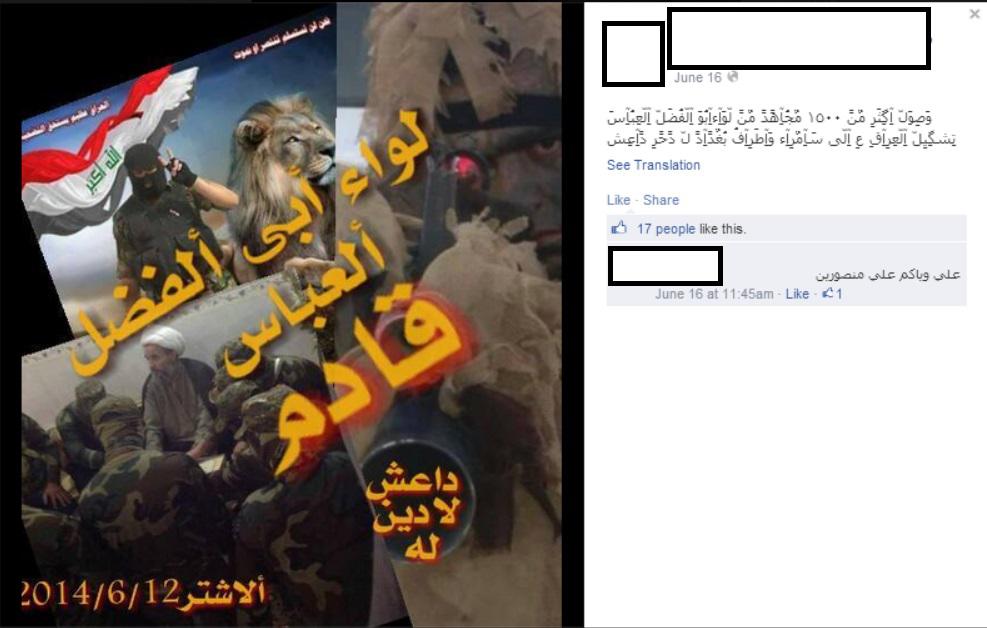
Figure 4: A screenshot of a LAFA-Iraq claim to have sent 1500 of their forces to Samarra.
As Iraq undergoes massive recruitment efforts for Shia fighters, it is likely that LAFA-Iraq has, along with other Iranian-proxy organizations, recruited new members and deployed fighters to key hotspots. Since a main narrative for the group has been their “defense of shrines,” it is possible the group has some contingent stationed in or around Iraq’s many holy Shia mosques/shrines. Additionally, with reports that fighters who gained experience on the battlefields in Syria have come back to Iraq, the group has an added punch.
While the group’s logo is a departure from LAFA-Syria’s more Hizballah themed symbols, it still uses imagery specific to the concepts first honed in Syria. The main theme is the notion of shrine defense, namely the golden dome found on the Sayyida Zaynab mosque/shrine and Shia religious themes present with the image of the historically important Abu Fadl al-Abbas. Abbas stands in the middle of a map of Iraq. Secondly, the more militaristic theme is furthered by the inclusion of two SVD-type sniper rifles. Thus, LAFA-Iraq’s symbolism plays on the fact that its recruits are Iraqi (with the map), but heavily includes transnational religious imagery to build the theme of Shia power and shrine defense.

Figure 5: A group of LAFA-Iraq fighters stand equipped in a 2014 photograph.
Some Distinct Changes in LAFA-Iraq’s Messaging Compared to LAFA in Syria:
- Abu Ajeeb, LAFA’s Syria commander, has not been mentioned by pages associated with LAFA-Iraq. Instead, Iraqi cleric Sheikh Qasim al-Ta’i is listed at the group’s “qa’id” or leader.
- New symbolism linking themes related to Iraq and Syria.
- Sayyida Zaynab’s dome is combined with a map of Iraq.
The Qasim al-Ta’i Connection
1 See: https://now.mmedia.me/lb/en/lebanonnews/551145-hezbollah-announces-general-mobilization-in-syria?. 2 See: https://www.aawsat.net/2009/08/article55253964. 3 https://kassimaltaai.org/PageViewer.aspx?id=126. 4 See: https://www.sotaliraq.com/mobile-news.php?id=95733#axzz34mEL3nh4 5 See: https://mlm.jamestown.org/single/?tx_ttnews%5Btt_news%5D=41080&tx_ttnews%5BbackPid%5D=686&no_cache=1#.U6HdOvldWQ4.
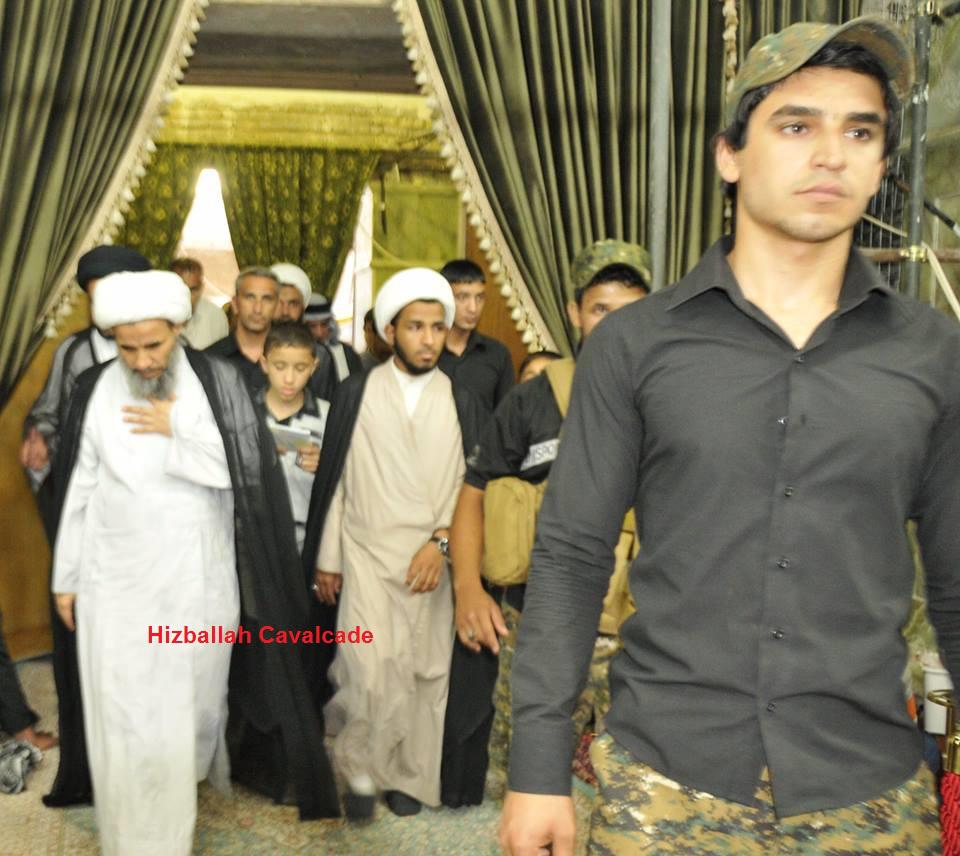
Figure 6: Al-Ta’i (far left in the white turban) with LAFA-Iraq escorts.
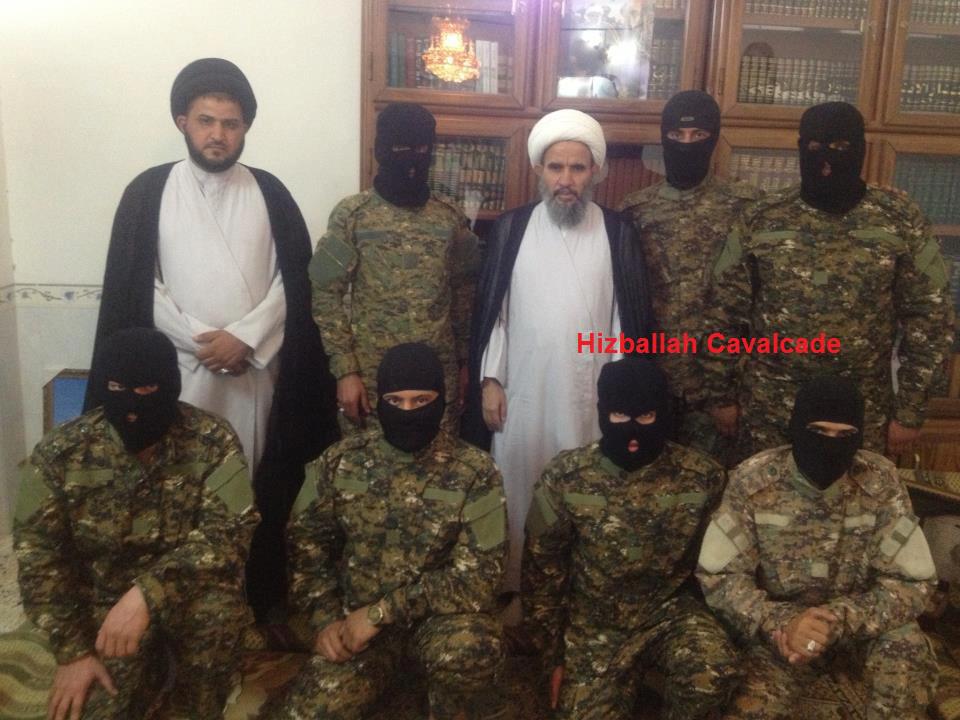
Figure 7: Al-Ta’i poses with Iraqi Shia Islamist militants headed to Syria. The photograph dates from 2013.
Iraqi Shiekh Qasim al-Ta’i, a cleric once supported by Muqtada al-Sadr and had been involved in the movement established by Muqtada al-Sadr’s father, Grand Ayatollah Muhammad Muhammad Sadiq Sadr. After the 1999 assassination of Grand Ayatollah Sadr, Ta’i branded himself as a main leader of the broadly defined “Sadrist movement.”2 Ta’i has also stated he is a supporter of Wilayat al-Faqih, the ideology of Iran’s Islamic Revolution established by Grand Ayatollah Khomeini.3
In April 2013, Ta’i claimed that the initial idea for the creation of LAFA in Damascus, “began in Najaf by a group of youth.” Interestingly, at the time Ta’i evoked memories of the bombing of Samarra’s Askari Shrine in 2006 to explain why LAFA needed to deploy to Syria.4 Today, LAFA-Iraq uses the defense of the Askari Shrine in Samarra as another way to explain why the group needs to be present in Iraq.
Despite Tai’s claims that the group was conceived of in Najaf in 2013, there is ample evidence that LAFA was already well-established in Damascus by the fall of 2012. It is also likely that other Iraqi Shia—splinters from Muqtada al-Sadr’s movement—refugees living in Syria formed the initial group and it was then reorganized and equipped with assistance given by Iranian Shia Islamist proxy groups.
However, al-Ta’i’s relationship with elements of LAFA in Damascus cannot be understated. Ta’i has a number of offices open around the area near Sayyida Zaynab and throughout 2013, he repeated calls for support for the Iraqi Shia-populated sections of LAFA. In some respects, the Iraqi Shia foreign fighter influence on LAFA in Damascus did lead to tensions. In the summer of 2013 there was discord over Abu Ajeeb’s leadership, leading to a firefight.5 Nevertheless, by fall 2013, some well-known fighters associated with LAFA in Syria and al-Ta’i were taped operating together in Damascus (see video: “The Original LAFA Operating in Damascus – Fall 2013”). The creation of LAFA-Iraq under a firmer leadership by al-Ta’i, erasure of other Syrian-based leadership, and utilization of the established group name and faces likely represents the latest evolution for a group which has undergone many transformations since its creation as a Shia-focused popular committee in 2012.
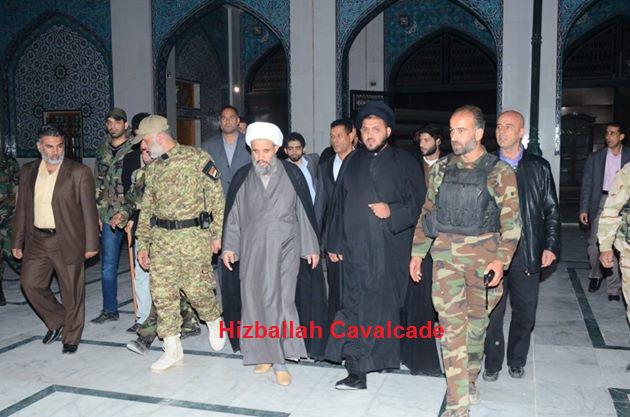
Figure 8: Leaders of the Damascus-based LAFA walk with al-Ta’i.
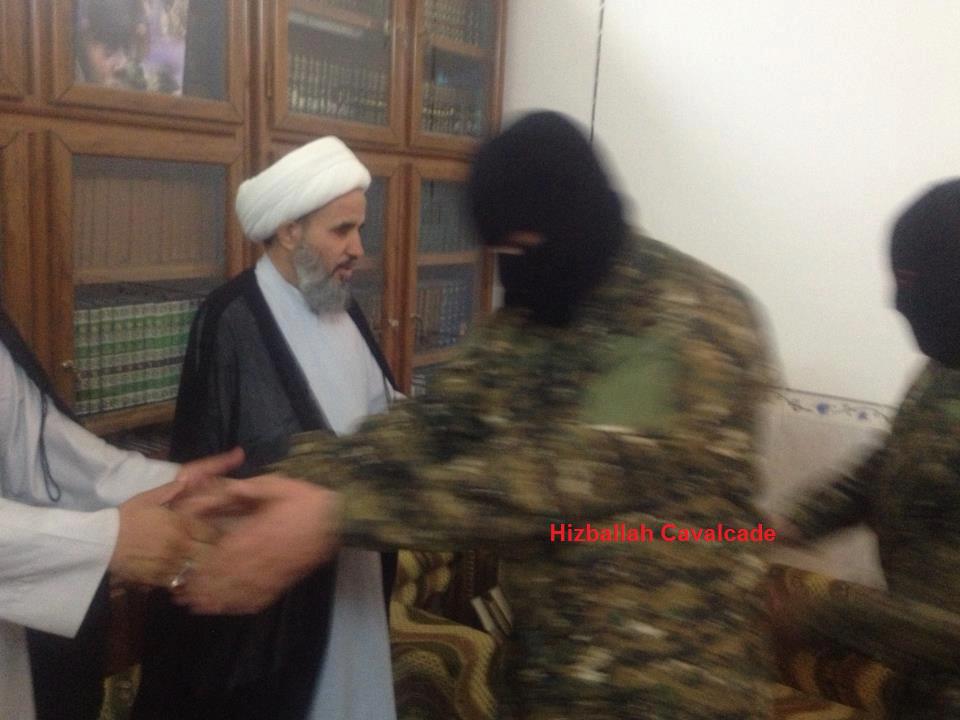
Figure 9: Al-Ta’i blesses Iraqi Shia jihadists planning on fighting in Syria.
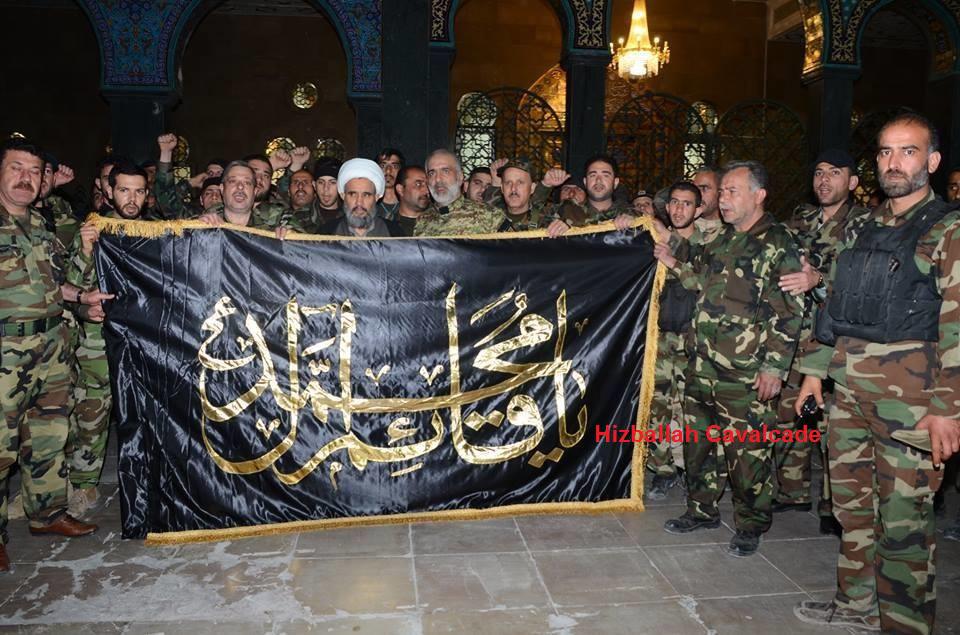
Figure 10: Iraqi Shia members of LAFA. Originally the photograph was distributed by LAFA social media sites. It has now been reprocessed by LAFA-Iraq.
___________
NOTES:
Hizballah Cavalcade: Sariyya al-Tali’a al-Khurasani: A New Combat-Tested Shia Militia in Syria
NOTE: For prior parts in the Hizballah Cavalcade series you can view an archive of it all here.
—
Sariyya al-Tali’a al-Khurasani: A New Combat-Tested Shia Militia in Syria
By Phillip Smyth ([email protected])
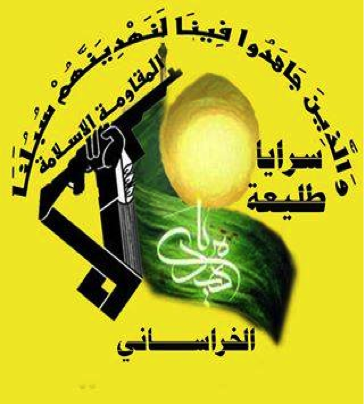
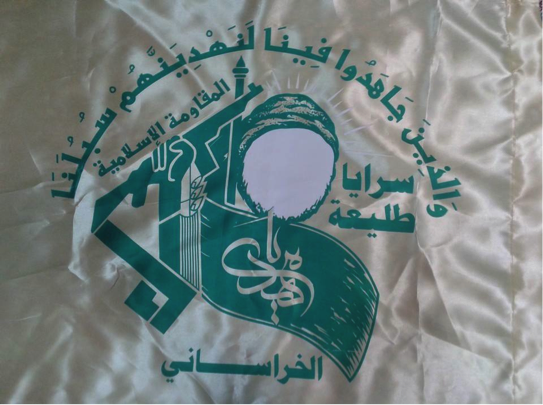
Figure 1: The STK’s logo (left) and flag (right). The logo includes Iran’s Islamic Revolutionary Guard Corps’s symbol. A verse from the Quran, Quran 29:69 meaning, “And those who strive for us [in jihad] we will surely guide them to our [Islamic] ways”. Over the rifle the phrase reads, “The Islamic Resistance”.
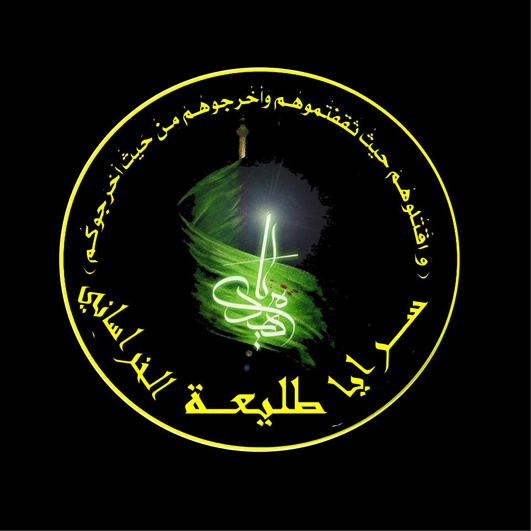
Figure 2: Another logo used by the STK.
In late September, Sariyya al-Tali’a al-Khurasani (STK or The Vanguards of Khurasani Unit), also referred to as the Khurasani Unit, first made itself known to the world via Facebook. The group may draw their name from Abu Muslim al-Khurasani (A.K.A. Abu Muslim), an 8th century military leader who helped depose the Sunni Umayyad dynasty’s rule over the early Islamic caliphate.[1] The STK also claims to be based out of Arbil, Iraq, the capital of Iraqi Kurdistan. According to the Khurasani Unit’s own releases, it appears to exclusively operate in a military function in rural areas outside of Damascus, Syria.
Technically, the STK was first announced on September 24, 2013 on Facebook. However, it is possible the group’s first page was made “private” and another mirror page was setup in its stead. Thus, the initial announcement of the group’s existence was hidden. The mirror page which first helped formally announce STK’s creation was made on October 8, 2013. Both pages hold unique images from the group and promote the same general messages. As with other Shia militias in Syria, the group claims to defend the Sayyida Zaynab shrine and promotes general pro-Iranian pan-Shia narratives. The promotion of Iranian Supreme Leader Ayatollah Ali Khamenei and of their own Shia identity through the posting of photos showing Shia clerics in their ranks is a regular theme.
Most of the STK’s imagery was posted in October. In fact, there were days when eight new images were posted on both of their Facebook sites. STK has also released extensive footage showing its fighters in combat inside Syria. This footage has included numerous photos of its fighters, including those of wounded members, and videos of the group engaged in combat. A particular feature of STK propaganda has been images showing the fighters posing with the group’s flag. Only the Badr Organization’s Syria unit, Quwet Shahid Baqir al-Sadr, has also engaged in extensive posting of images featuring their organization’s flag with their fighters in Syria.
While Shia Islamist organizations fighting in and contributing fighters to Syria have done little to hide their connections to Iran, STK went the extra step and actually repackaged Iran’s Islamic Revolutionary Guard Corps’ logo as their own. Their blatant promotion of Iran’s Supreme Leader in many of their posts leaves no illusions to which Shia clerical leader or ideology to which the group swears loyalty.
Unlike other Shia militias (E.G. Liwa’a ‘Ammar Ibn Yasir, Liwa’a al-Imam al-Hasan al-Mujtaba, and Liwa’a Abu Fadl al-Abbas) fighting in Syria, the STK has not stated which (if any) Iraqi Shia organizations have contributed fighters to the group.
The number of fighters in STK’s ranks is unknown, though their leadership has been identified. STK, has been reported to be fighting around Damascus’s Sayyida Zaynab Shrine and in the rural area near Damascus called Ghouta. Videos showing engagements featuring their fighters went viral among Syrian rebel supporters and Shia militia supporters online. In part, this has been due to the fact that their videos appear less staged (e.g. Shia militiamen firing a few rounds from a sniper rifle) and are much longer than others produced.
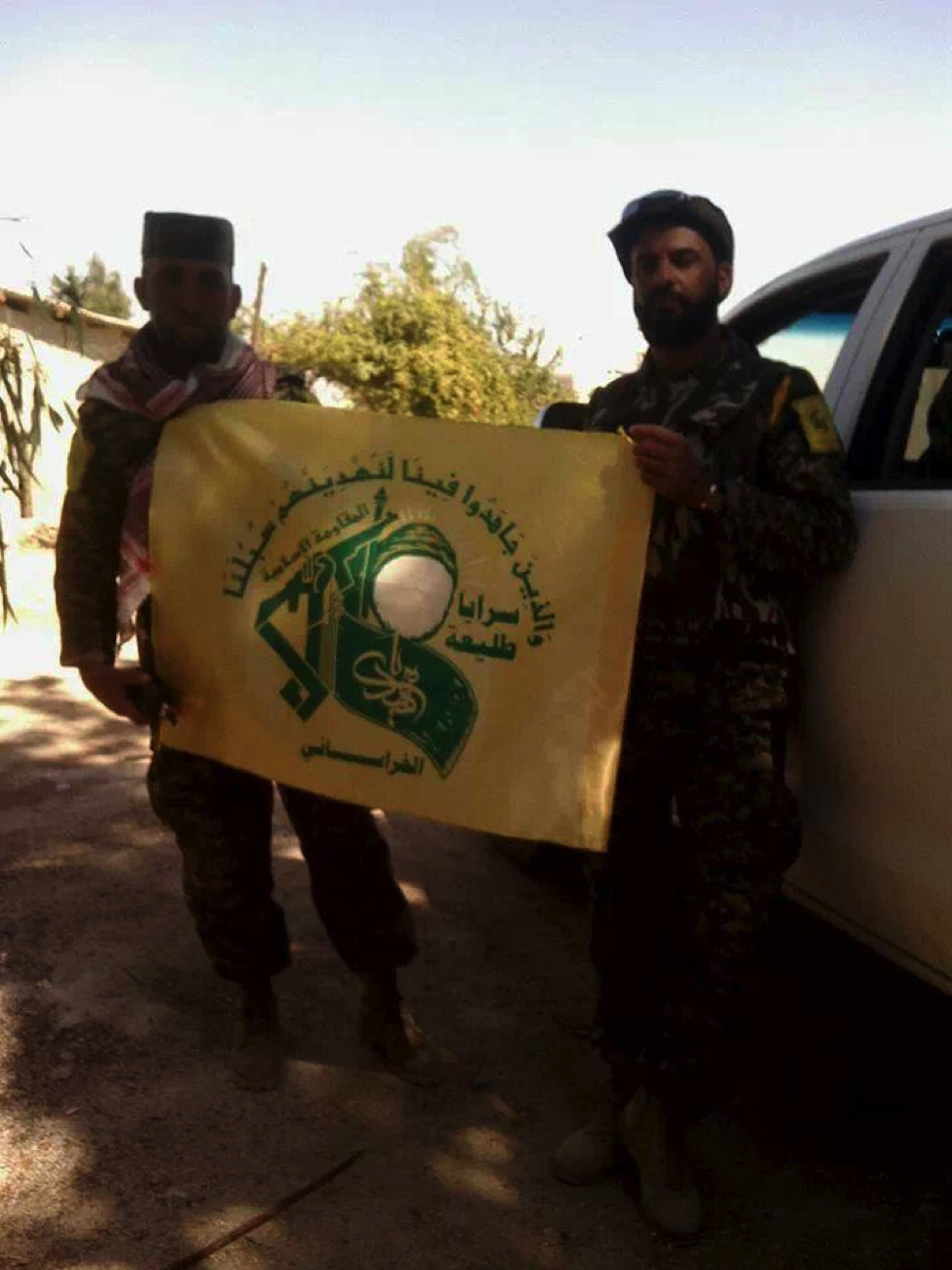
Figure 3: Two STK fighters pose in front of a truck holding the organization’s flag.
Ali al-Yasiri: The STK’s Commander
The immediate announcement of commanders for specific Shia fighting units in Syria is usually not a common theme. Less than two weeks after the first Facebook post made by the STK, it was announced by the group that their commander was named Ali al-Yasiri. Yasiri is shown in many photographs posted by the organization on its Facebook pages. Yasiri was also shown in photographs featuring Sayyid Muhammed Jawad al-Madrasi, a Shia cleric.[2]
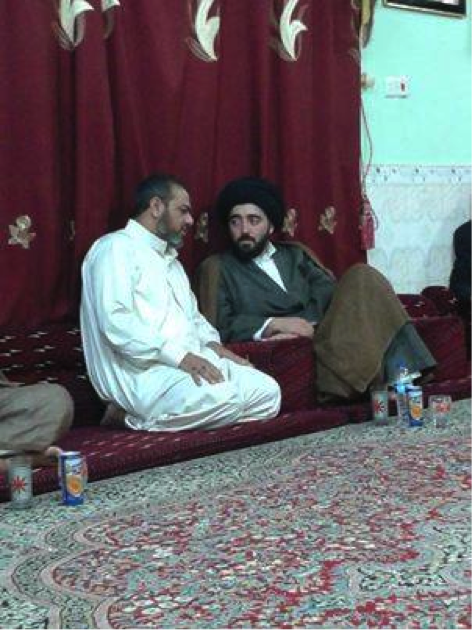
Figure 4: Ali Yasiri is shown with Sayyid Jawad al-Madrasi. On Facebook, the group identified the cleric as, “Ajwad Madrasi”.
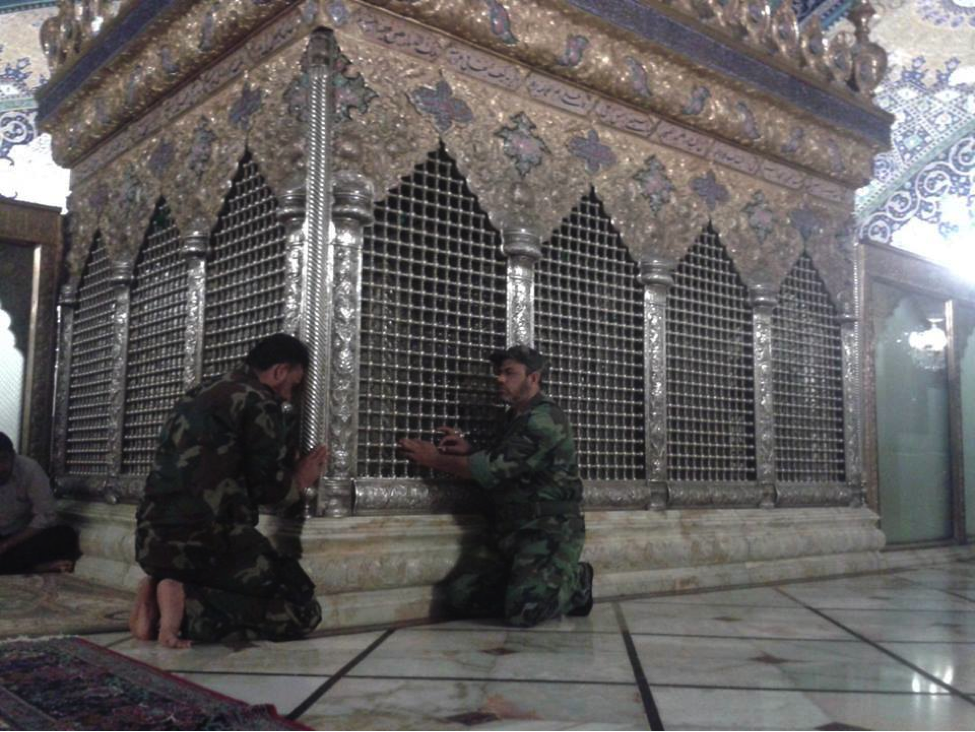
Figure 5: Yasiri and another unnamed STK fighter pose at Zaynab’s tomb.

Figure 6: Yasiri and an unnamed fighter pose with an unnamed cleric at Zaynab’s tomb. All three figures have been featured in other photos released by STK.
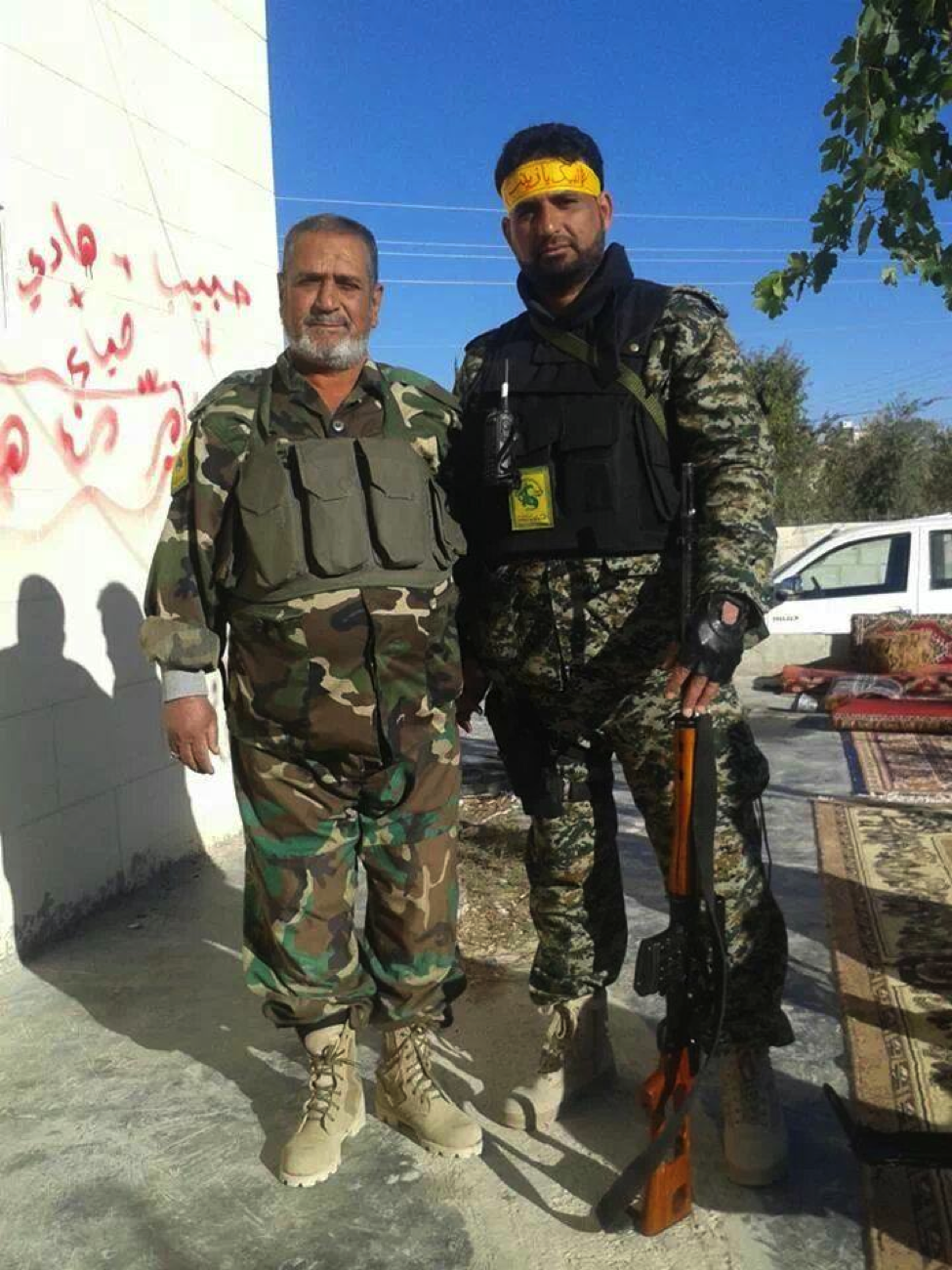
Figure 7: Yasiri (left) and the same unnamed fighter pose together for a photo. The fighter on the right holds an SVD type sniper rifle.
STK’s Fighters & Equipment
Little information is available on the numbers of fighters STK has operating in the field. Judging from their photographs, the group has over twenty members. The arms the group uses mimic the varieties used by other Shia militias. Most of these weapons are Kalashnikov-type rifles, SVD-type sniper rifles, RPG-7s, and the PKM-type machine guns. The group has also been recorded using light mortars in clashes in rural areas outside of Damascus.
In addition to their small-arms, the militia’s uniforms appear to include types of U.S.-style digitized camouflage. Some of the group’s uniforms include M81-type woodland camouflage and Desert Camouflage Uniform-type patterns. Also, other unidentified types of camouflage patterns have been seen on the STK’s fighters.
Interestingly, many of the same faces are featured in photographs of STK fighters. In fact, one in particular, that of a Shia Islamic cleric wearing a black turban, can be spotted in many photos of STK militiamen. His inclusion may be a way the group demonstrates their Shia Islamic identity. The Badr Organization has also included clerics in their militia photos in a similar effort.
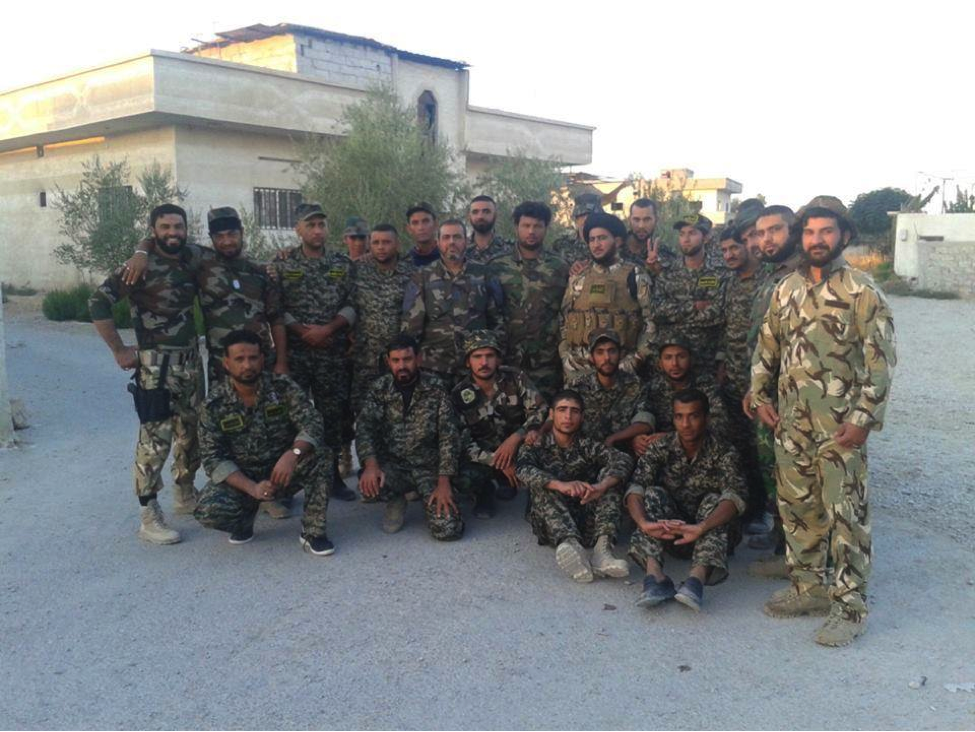
Figure 8: STK fighters pose for a photo in East Ghouta, Syria.
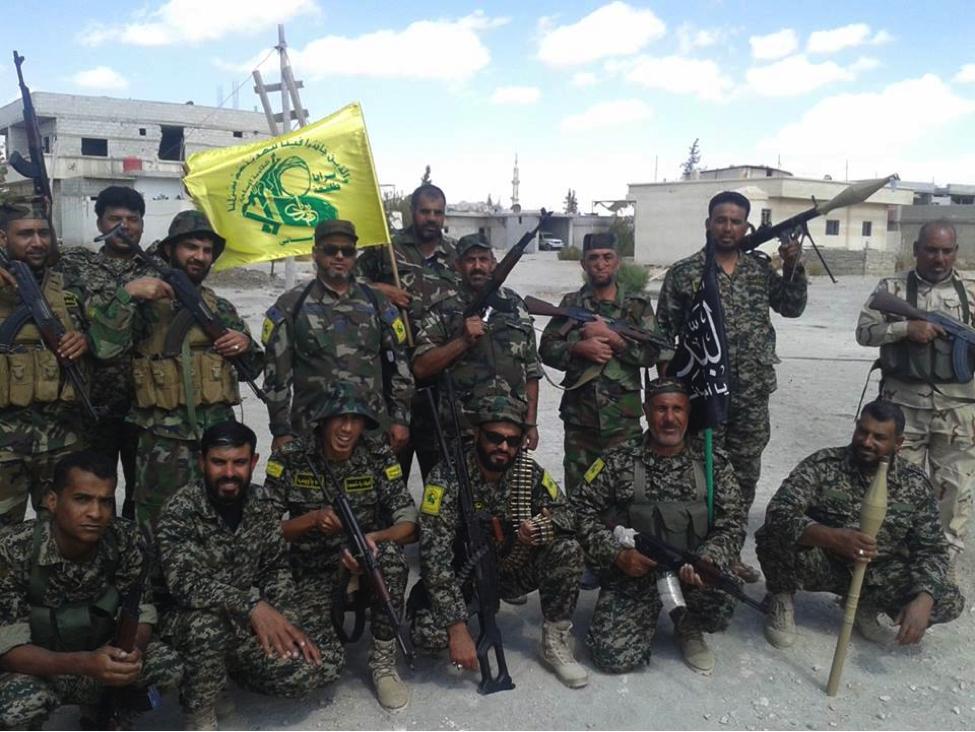
Figure 9: STK fighters pose with the group’s flag and light weapons.

Figure 10: STK fighters pose in their uniforms and headbands.

Figure 11: An STK machine gunner.
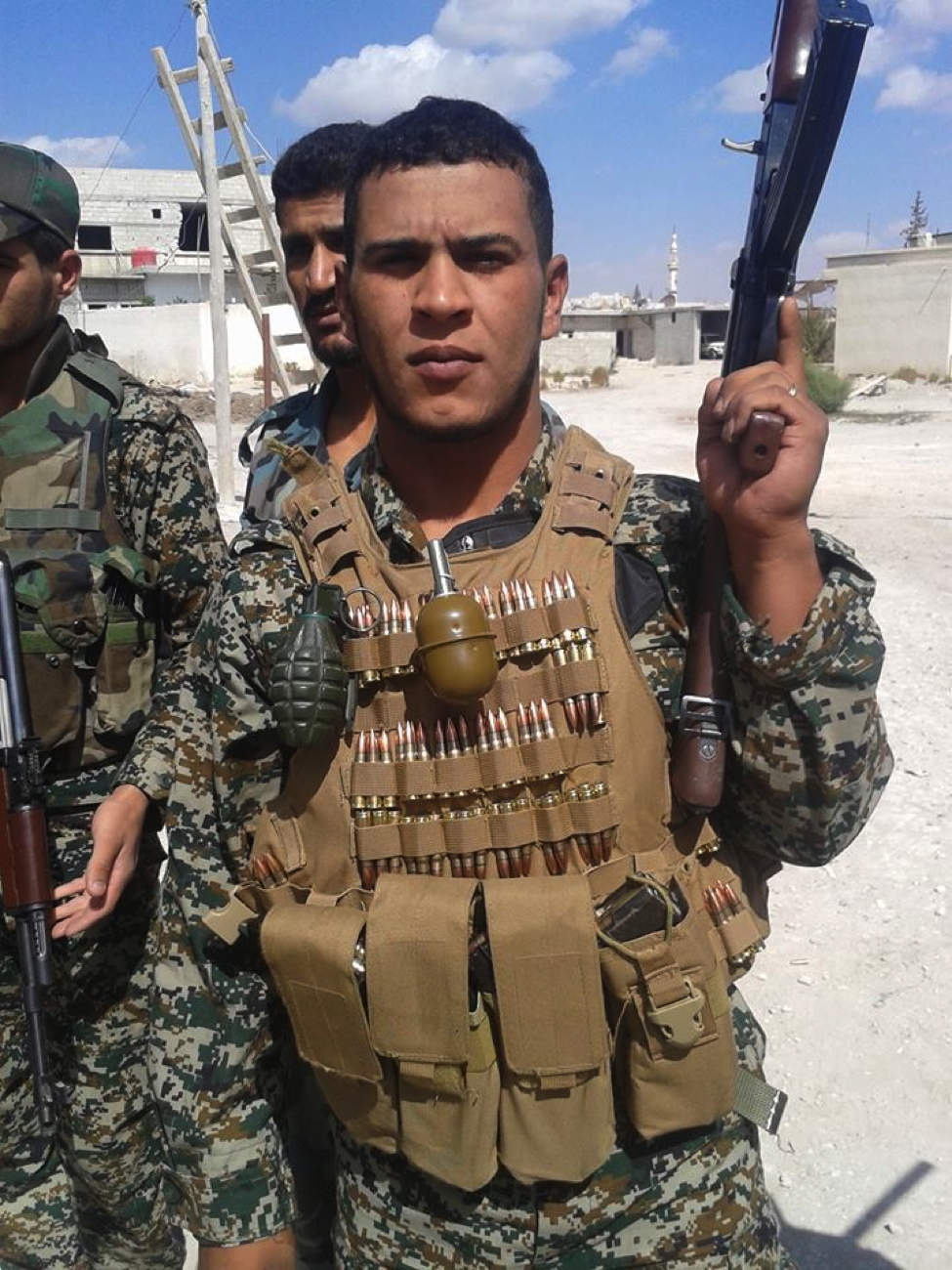
Figure 12: An STK fighter holds his rifle as he stands with other members of his organization.
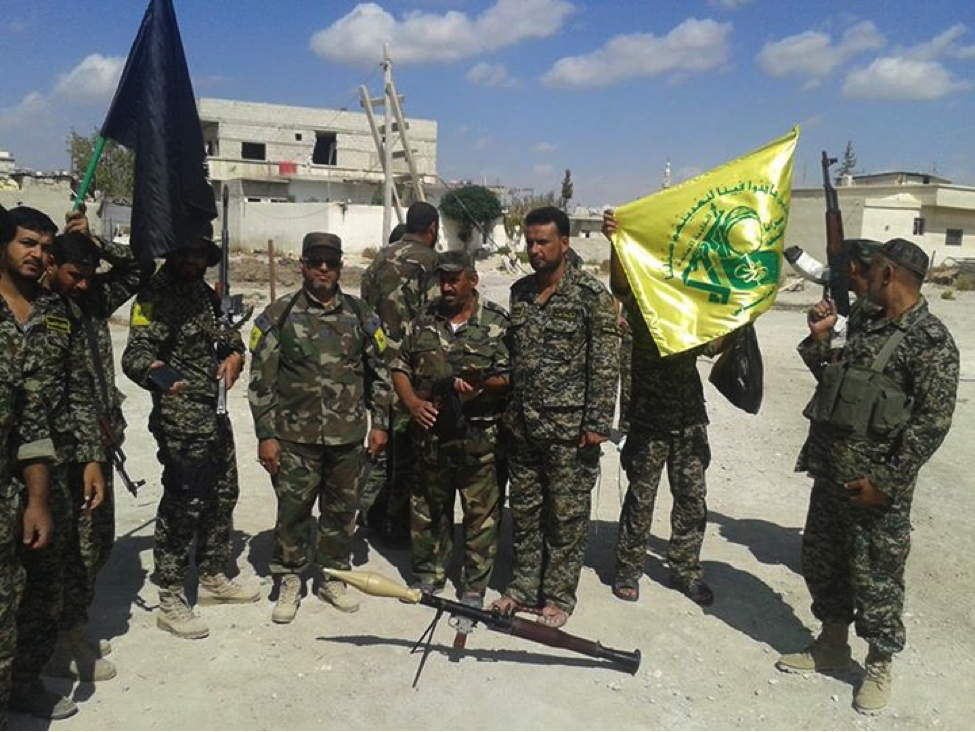
Figure 13: STK fighters pose around an RPG-7 and the group’s banner.
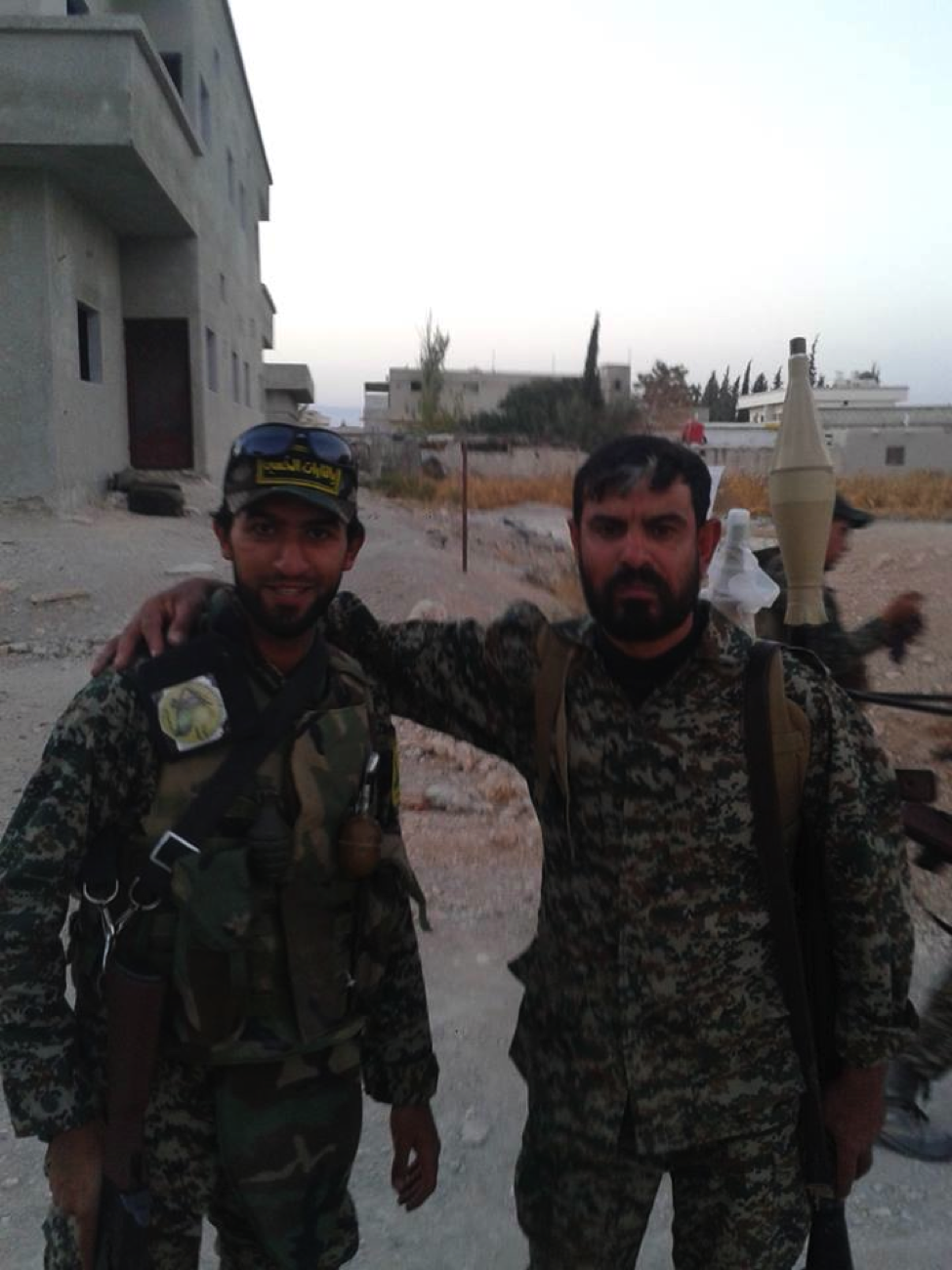
Figure 14: STK militiamen pose for the camera. The fighter on the right holds an RPG-7.
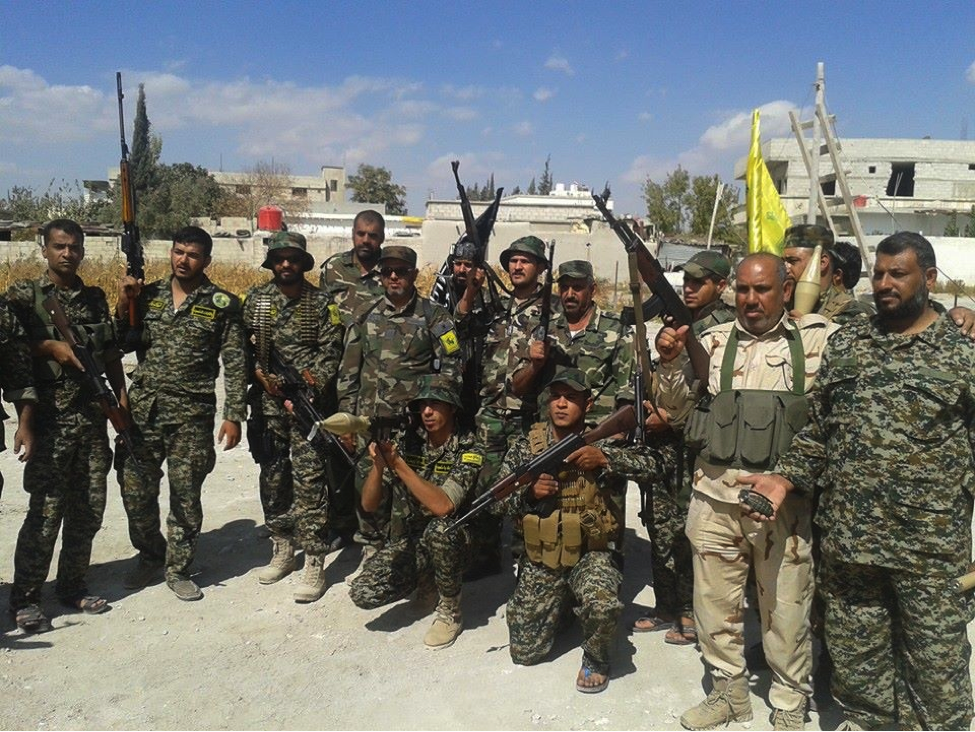
Figure 15: STK fighters stand and kneel together with their weapons as they pose for photographs.

Figure 16: Older and younger fighters sitting together in Rif Dimashq.
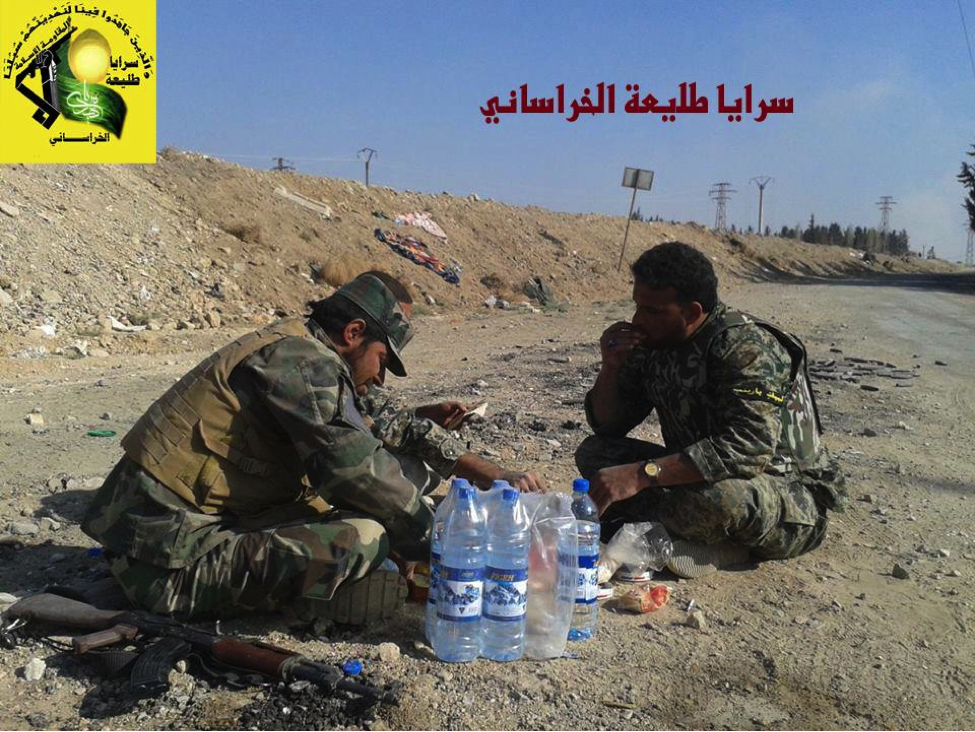
Figure 17: STK fighters take a break during fighting. The photo appears to be taken in the same area where some videos of STK combat engagements occurred.

Figure 18: STK fighters, one appearing to be a Shia cleric, hold a mixture of small-arms.
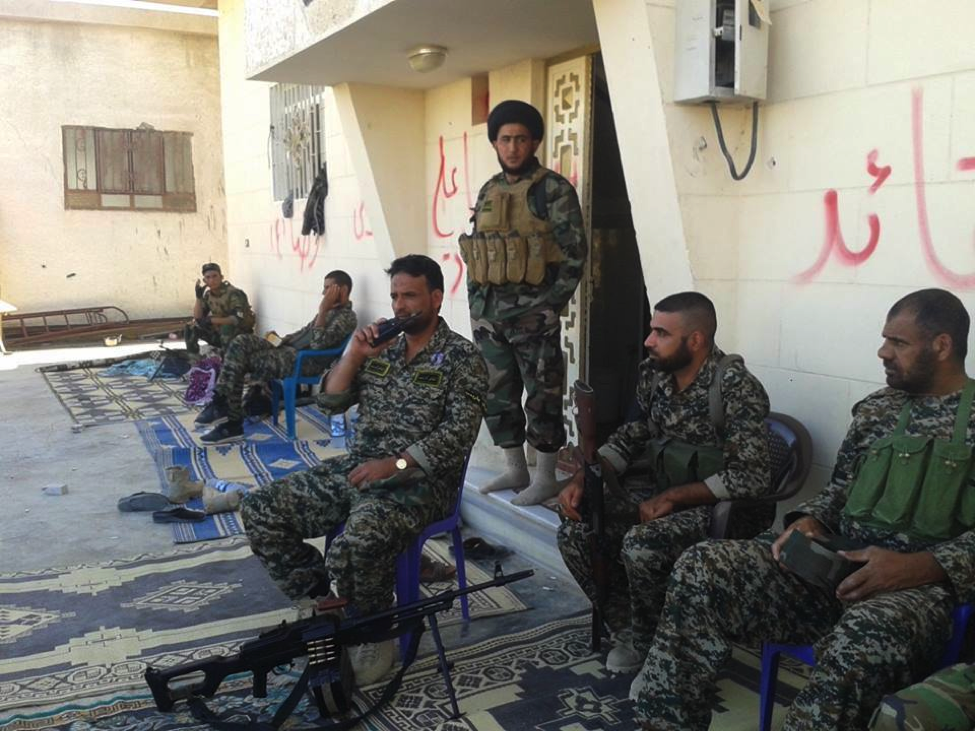
Figure 19: STK militiamen and a fighter in a black turban (signifying clerical status and descent from the Islamic Prophet Muhammed) relax in Rif Dimashq.
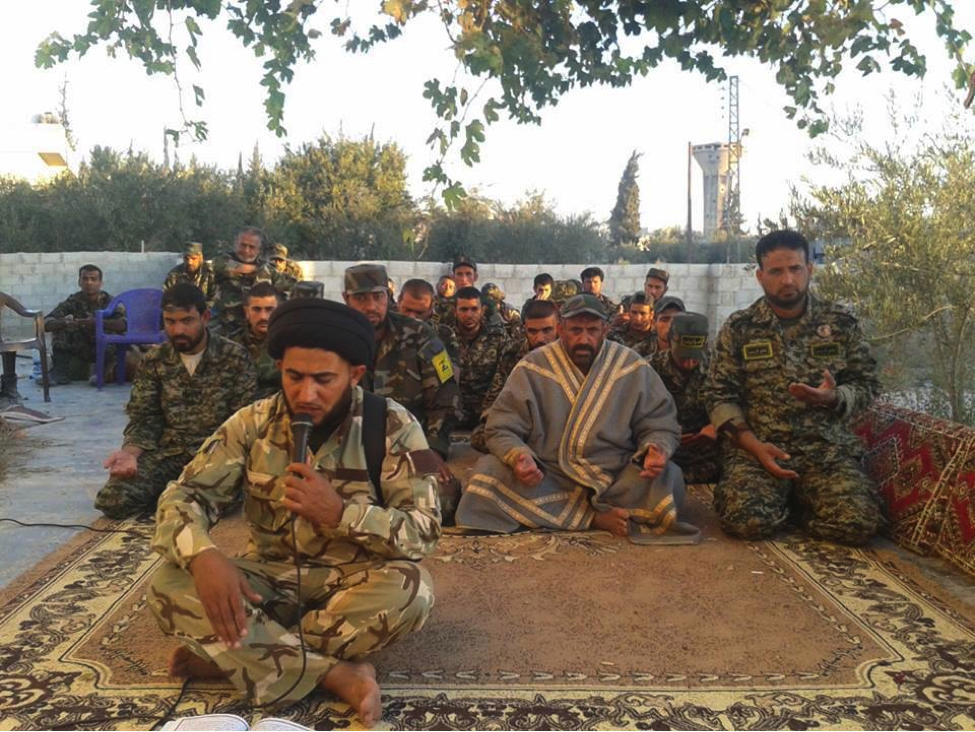
Figure 20: STK fighters at prayer time.
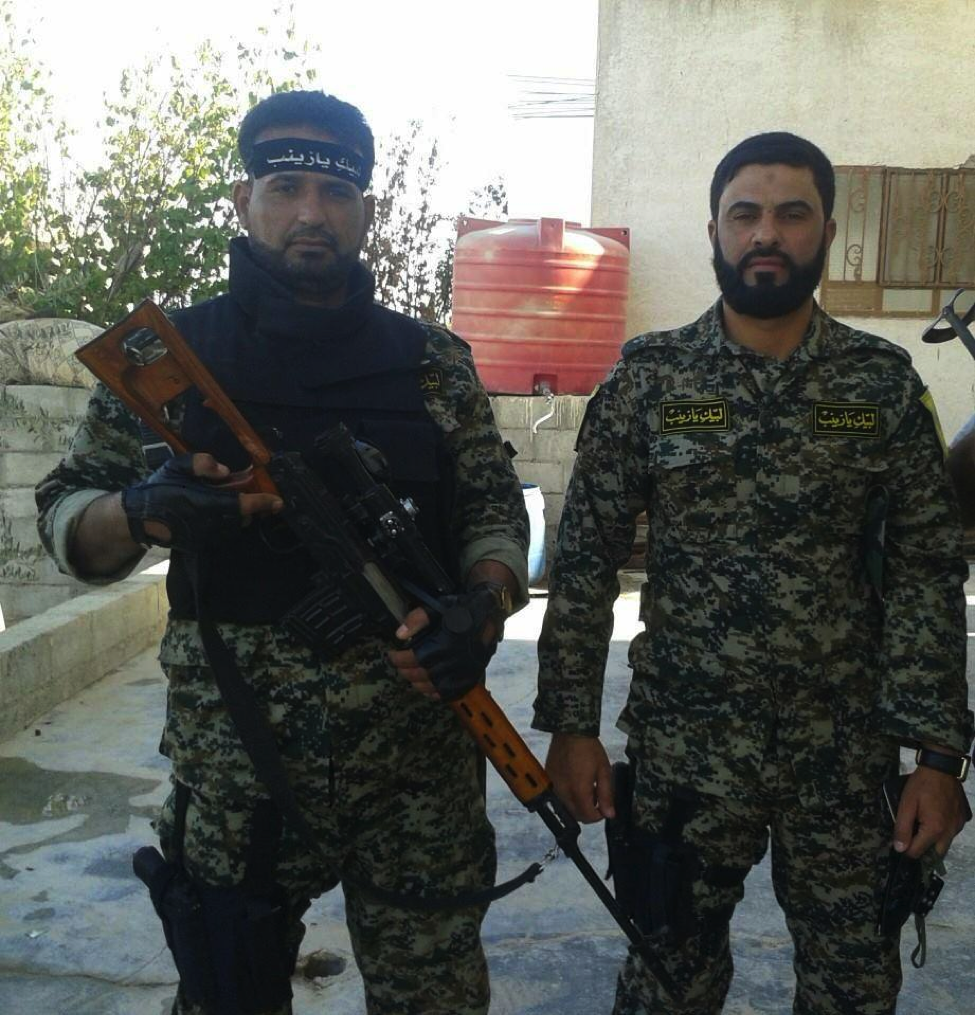
Figure 21: STK fighters. The fighter on the left has an SVD-type sniper rifle.
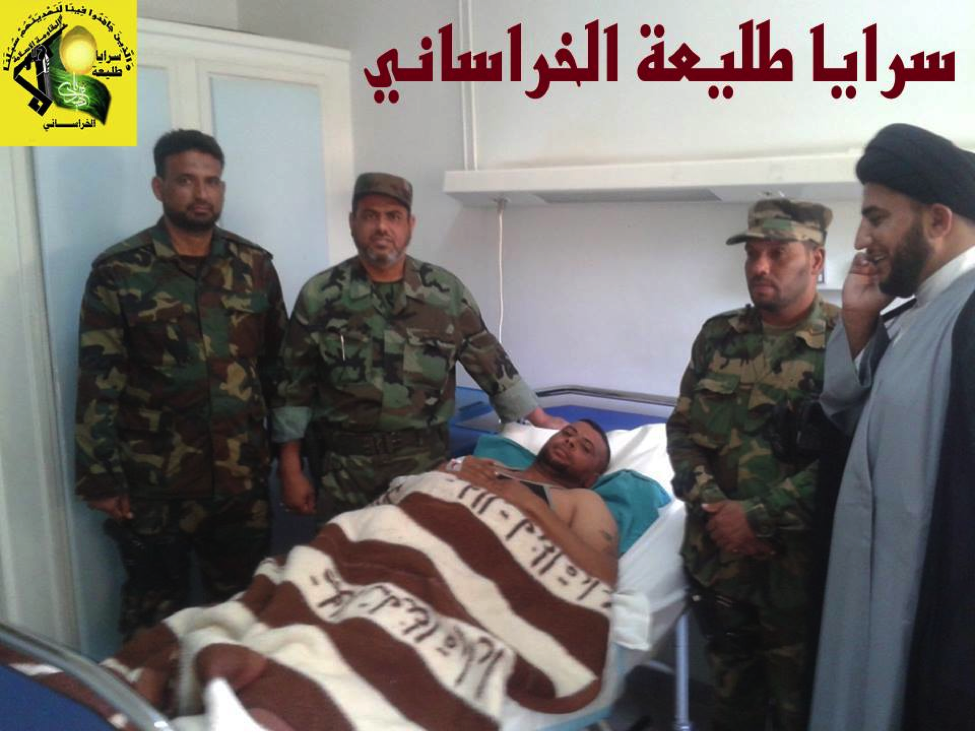
Figure 22: An injured fighter is shown with his compatriots and a Shia cleric.
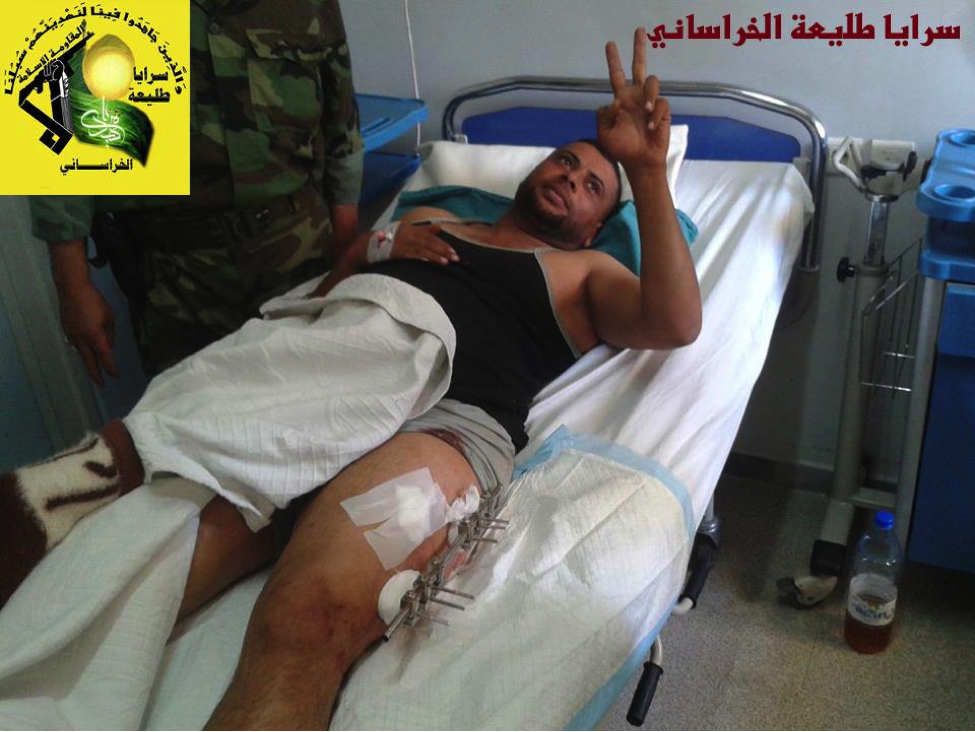
Figure 23: The same injured fighter flashes a “V for victory” symbol from his bed.
STK on Film
STK’s combat videos were first released in October and were quickly disseminated on Shia militia social media. When Syrian rebels came across the films in the weeks after their release, often the fighters were incorrectly branded as members of Liwa’a Abu Fadl al-Abbas.
The first of the videos STK released shows the group fighting from a structure in Rif Dimashq. Save for the caption and titles on the videos posted, there was nothing which identified the fighters in the film as members of STK. In two other combat videos it show STK militiamen operating in East Ghouta section of Rif Dimashq, firing mortars, RPGs, rifles, and other weapons.
[1] Matthew S. Gordon, The Rise of Islam, (Westport, CT: Greenwood Press, 2005), Pp. 47-48. [2] See al-Madrasi’s Facebook page: https://www.facebook.com/pages/%D8%A7%D9%84%D8%B3%D9%8A%D8%AF-%D9%85%D8%AD%D9%85%D8%AF-%D8%AC%D9%88%D8%A7%D8%AF-%D8%A7%D9%84%D9%85%D8%AF%D8%B1%D8%B3%D9%8A/178591738857323 The page has not been updated since 2012 and little information is available about the cleric online.
Hizballah Cavalcade: Liwa’a al-Imam al-Hasan al-Mujtaba: A Shia Militia Fighting in Rif Dimashq/Ghouta
NOTE: For prior parts in the Hizballah Cavalcade series you can view an archive of it all here.
—
Liwa’a al-Imam al-Hasan al-Mujtaba: A Shia Militia Fighting in Rif Dimashq/Ghouta
By Phillip Smyth ([email protected])
Click here for a PDF version of this post
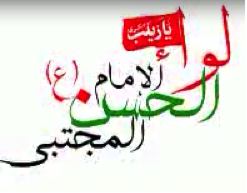
Figure 1: A vidcap of the LIHM’s logo. The symbol reads: “Liwa’a al-Imam al-Hasan al-Mujtaba. A red flag reading, “Ya Zaynab”, a reference to what Shia militias in Syria claim to be fighting for (e.g. the “defense of [the] Sayyida Zaynab” shrine in Damascus) flies on the alif in Liwa’a.
Throughout the summer of 2013, a collection of new Shia militias were announced to be fighting in Syria via social media. On July 23rd, one of these groups was announced on Facebook, carrying the name of Liwa’a al-Imam al-Hasan al-Mujtaba-Sariyya Shahid Ahmed Kayara (The Brigade of Imam Hasan the Chosen-The Martyr Ahmed Kayara Unit or LIHM). LIHM purports to operate in rural and urban sections outside of the city of Damascus. According to material the group has published on social media, the militia has been particularly deployed to defend the Damascus Airport road near Shebaa, in the southeast of Damascus.
The LIHM’s name references Shia Islam’s 2nd Imam, Hasan ibn Ali, who is often referred to in Shia literature as, “The Chosen”. Unlike other Shia militias operating in Syria, LIHM appears to have named sub-divisions of the organization and seems to be more open with announcing the establishment of these groups. Thus, based on social media posts by the group, it can be established that LIHM is split into smaller battalions with differing tasks. This is markedly different from how other Shi’a militias have presented themselves on social media. While it is possible they too have smaller units, usually the names of these groups and the fighters in them are rarely publicized.
Generally, LIHM’s claimed units only post photographs featuring 5-8 fighters. It is unknown if these combat units are limited to only that amount or if they are comprised of larger numbers. LIHM has also claimed to have its own mortar and rocket unit. Other infantry units are called The Abu Hamr Battalion and there is a so-called “Rapid Intervention” unit. The latter is called The Ashtar Battalion (Kata’ib al-Ashtar). It is likely this grouping was named after Malik al-Ashtar, “a long-standing and dedicated follower of the Imam [‘Ali].”[1] The existence of most of these units was announced in September 2013.

Figure 2: Ahmed Kayara (left holding the SVD-type sniper rifle) stands with other Shi’a militia commanders.
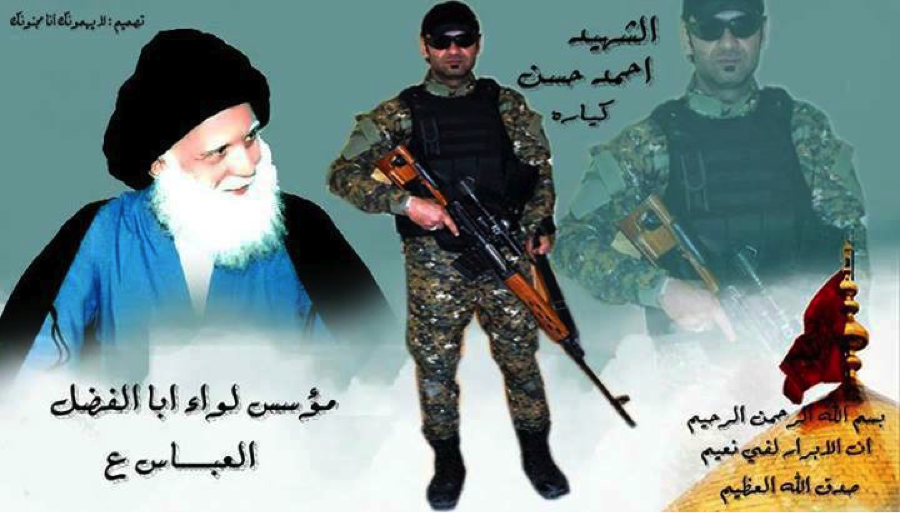
Figure 3: A martyrdom poster featuring Kayara and the late Iraqi Shia Islamist Grand Ayatollah Muhammed Sadiq al-Sadr.
Another one of these subdivisions is Sariyya Shahid Ahmed Kayara or The Martyr Ahmed Kayara Unit. In fact, LIHM’s official Facebook page includes this subdivision in its title. It is claimed that Hajji Thamer leads this group. Ahmed Hasan Kayara, also known by his nom de guerre, Abu Hamza, was one of the first publicly announced dead from the Damascus-based Shia militia, Liwa’a Abu Fadl al-Abbas. Videos of him in combat could be found online in early 2013. It was slowly established on social media circles that he was held a command position in Liwa’a Abu Fadl al-Abbas.
In late May and early June, comments on Kata’ib Sayyid al-Shuhada’s (KSS) original private Facebook group (before it was closed) claimed that some of the killed KSS members in Syria had been part of the Martyr Ahmed Kayara Unit. However, claims of the existence of a similarly named fighting group were only presented by the Facebook supporters of the different Shia militia groups, not by official administrators. Only with the creation of the LIHM’s Facebook were the militia and this particular subunit’s existence formally established.
Unlike other Shia militias operating inside Syria, LIHM has not posted any photographic material showing a link to Iran. However, when basic details regarding their fallen fighters are analyzed, it is clear these militiamen came from an Iranian-backed Iraq-based front group known occasionally as Harakat Nujaba. It has been established that Harakat Nujaba is a front for the Iranian-backed Asa’ib Ahl al-Haq and Kata’ib Hizballah.[2] This front organization was first analyzed on Hizballah Cavalcade when it announced that it was supplying fighters to Liwa’a ‘Ammar Ibn Yasir, a Shia militia which claims to operate in Aleppo. The reasons for excluding the Iranian Revolution (1979) themed material may be part of an effort to create more support for Shia militia operations in Syria along a broader Pan-Shia line.

Figure 4: LIHM’s “Rapid Intervention” unit, The Ashtar Battalion.
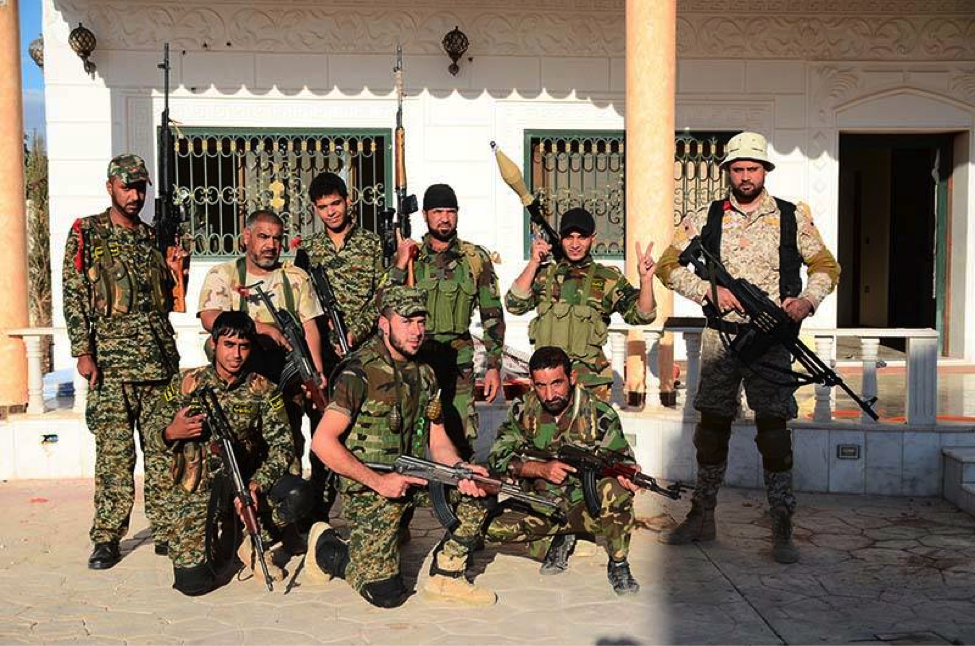
Figure 5: LIHM’s “Abu Hamr Batallion” (Kata’ib Abu Hamr) which claims it, “protects the holy shrines”.
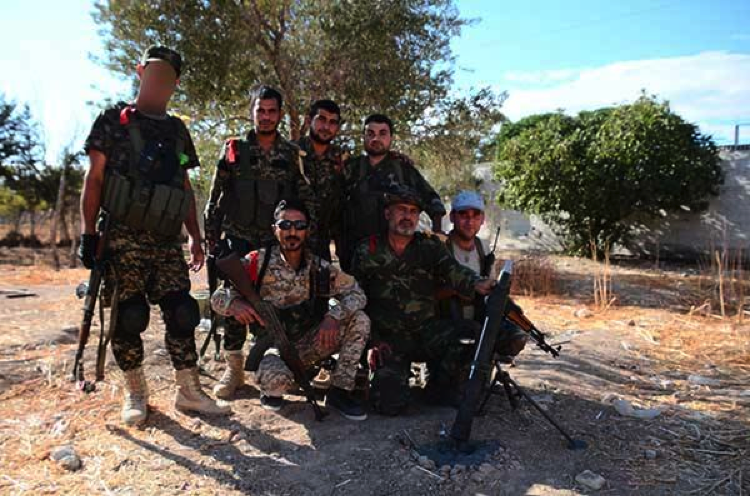
Figure 6: LIHM claims this is their “Mortar and Rocket Battalion”.
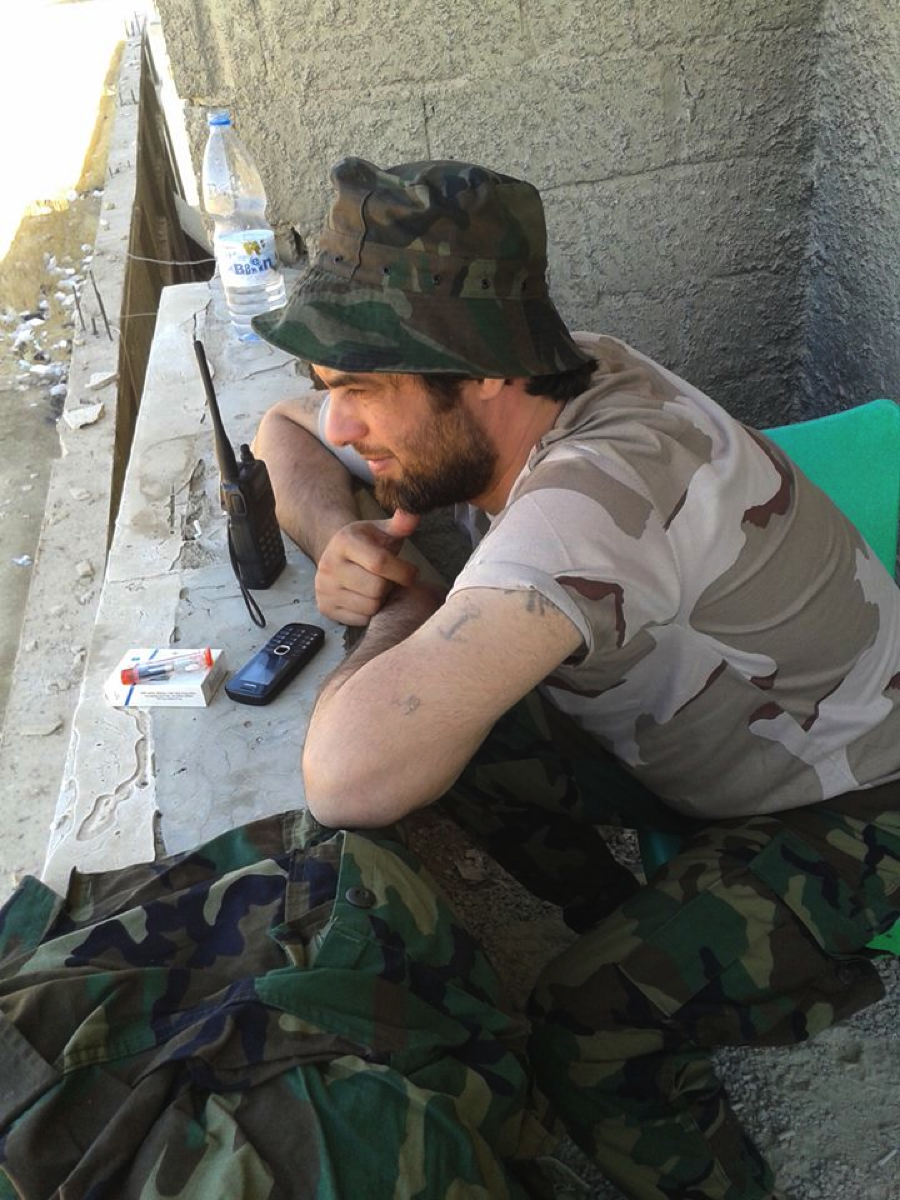
Figure 7: Haji Thamer, the commander of LIHM’s Martyr Ahmed Kayara Unit.

Figure 8: An LIHM fighter by the name of Saif al-Salam sits wrapped in a blanket near a sandbagged position.
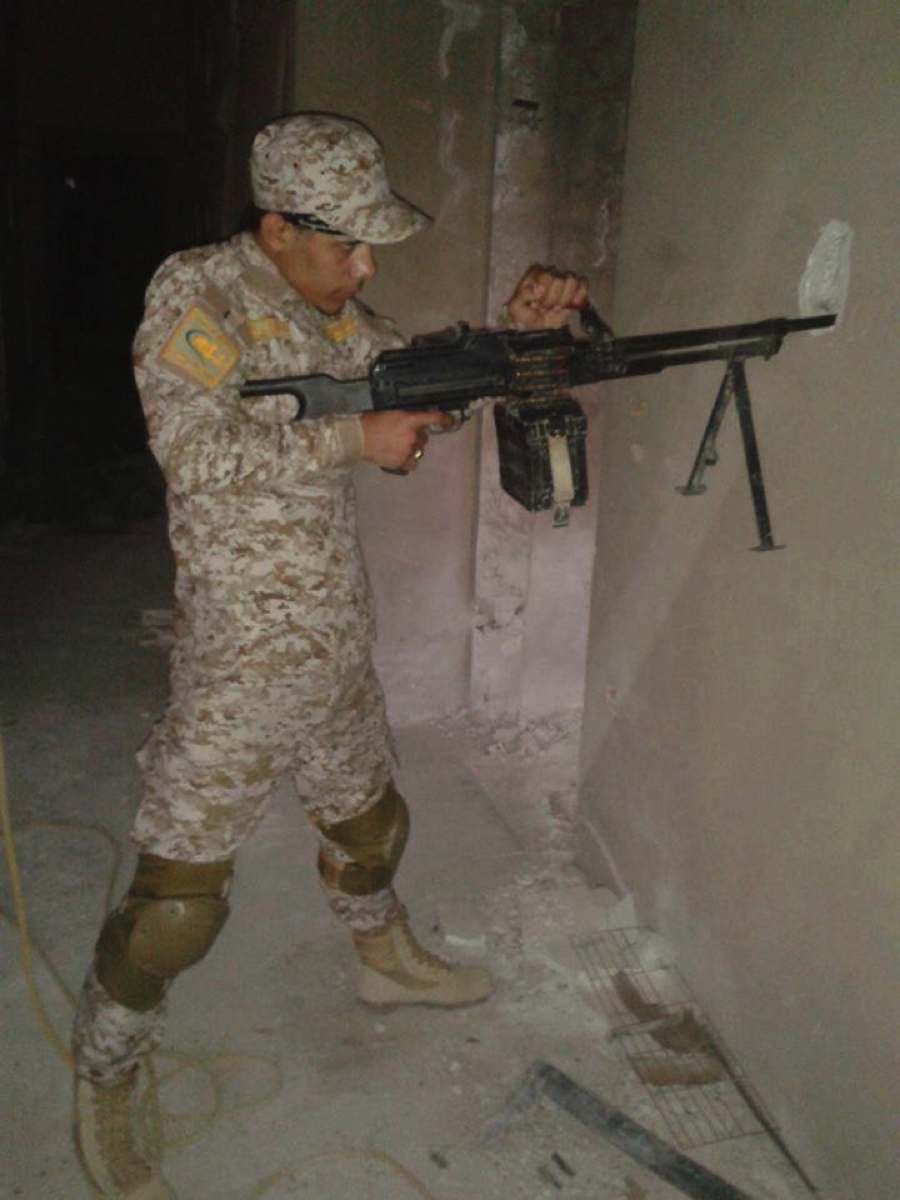
Figure 9: Sajad al-Iraqi, reportedly a member of the LIHM’s Martyr Ahmed Kayara Unit, takes aim with a PKM-type machine gun. Note the distinctive shoulder patch.
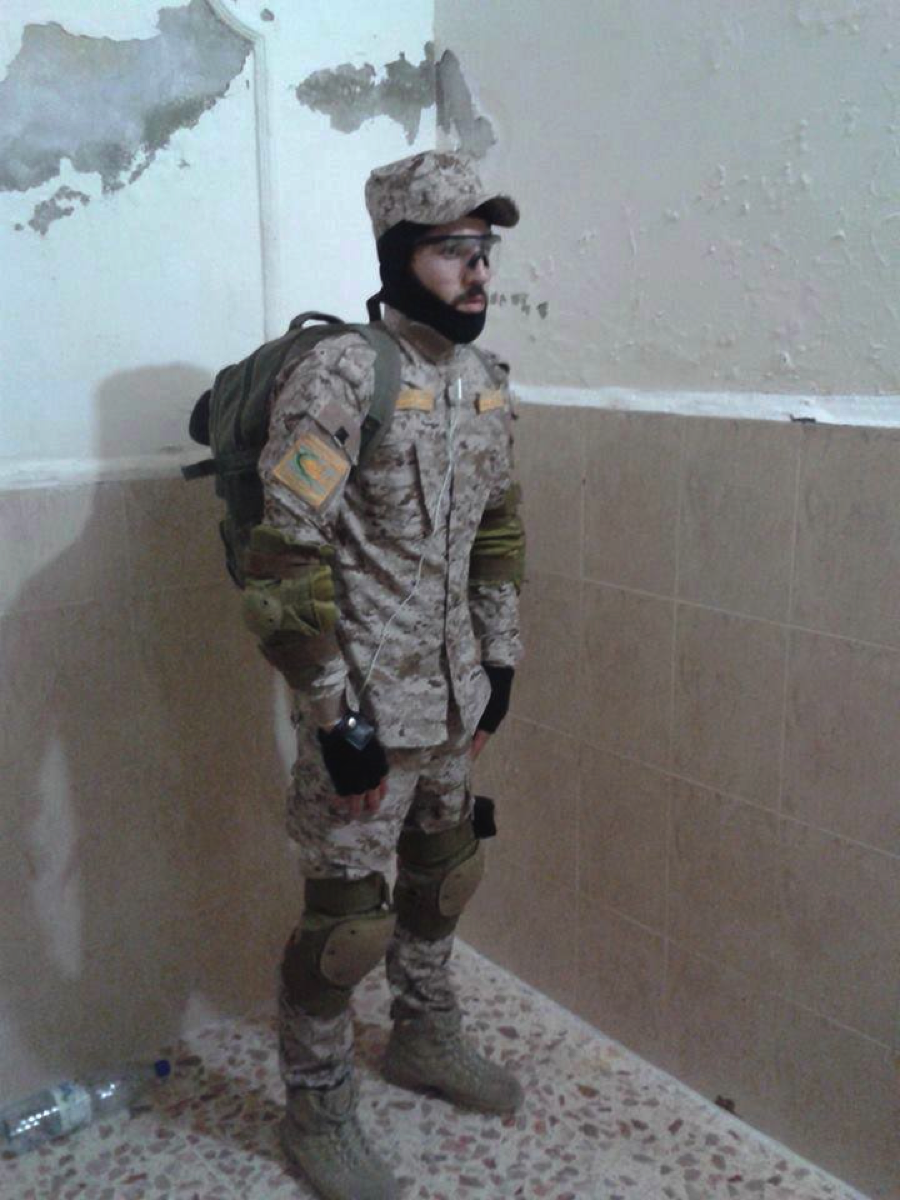
Figure 10: Abu Muqtada al-Baghdadi, another LIHM militiaman. Note the distinctive shoulder patch.
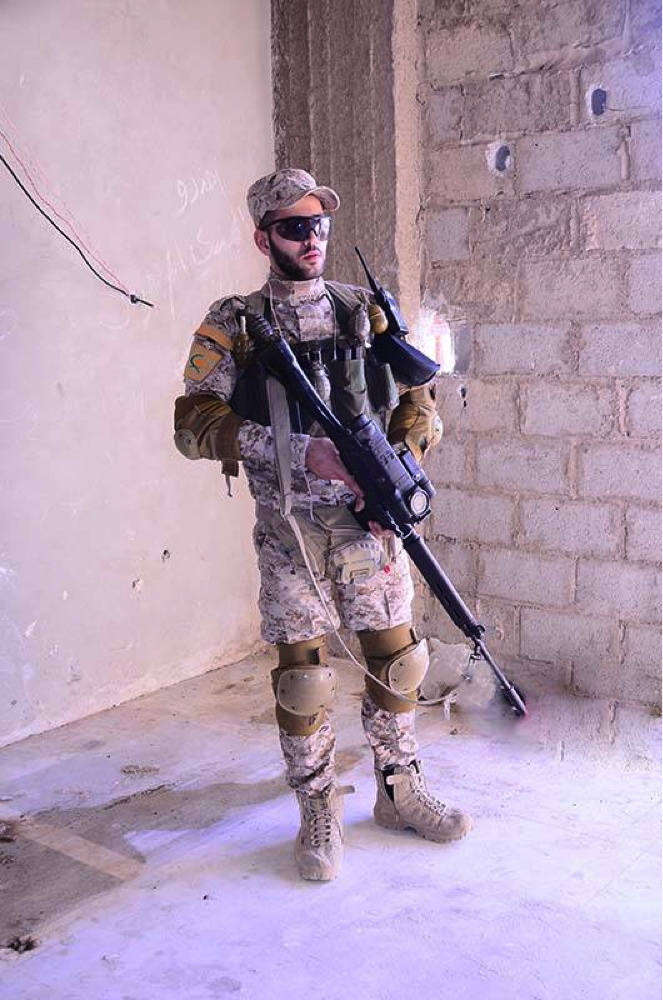
Figure 11: LIHM’s Hashim al-Baghdadi holds a FAL-type rifle mounted with optics. Note the distinctive shoulder patch.
LIHM’s Martyrs
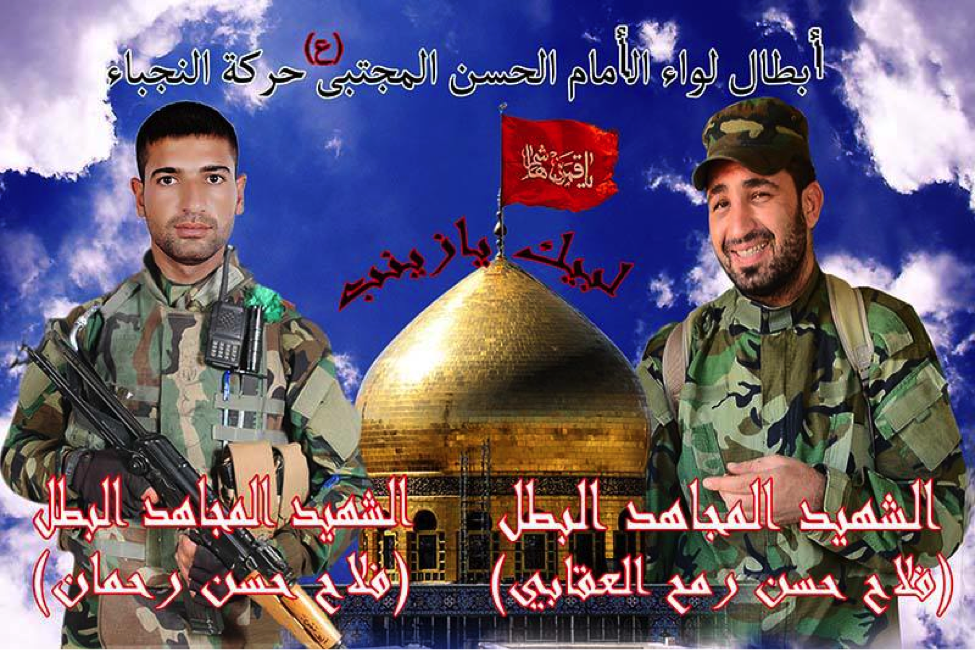
Figure 12: Fala’ Hasan Rahman (left) and Fala’ Hasan Rama’ al-‘Aqabi (right) are pictured in a joint martyrdom poster. In the center sits the golden dome of the Sayyida Zaynab Shrine in Damascus. This and other posters identify them as members of Harakat Nujaba.
Name: Fala’ Hasan Rama’ al-‘Aqabi
Death Announced: September 2, 2013
Notes: ‘Aqabi’s was listed as a member of the Harakat Nujaba. Harakat Nujaba is a front set-up by Kata’ib Hizballah and Asa’ib Ahl al-Haq to funnel fighters from Iraq to Syria. The group is the main front which supplies fighters to Liwa’a Ammar Ibn Yasir.
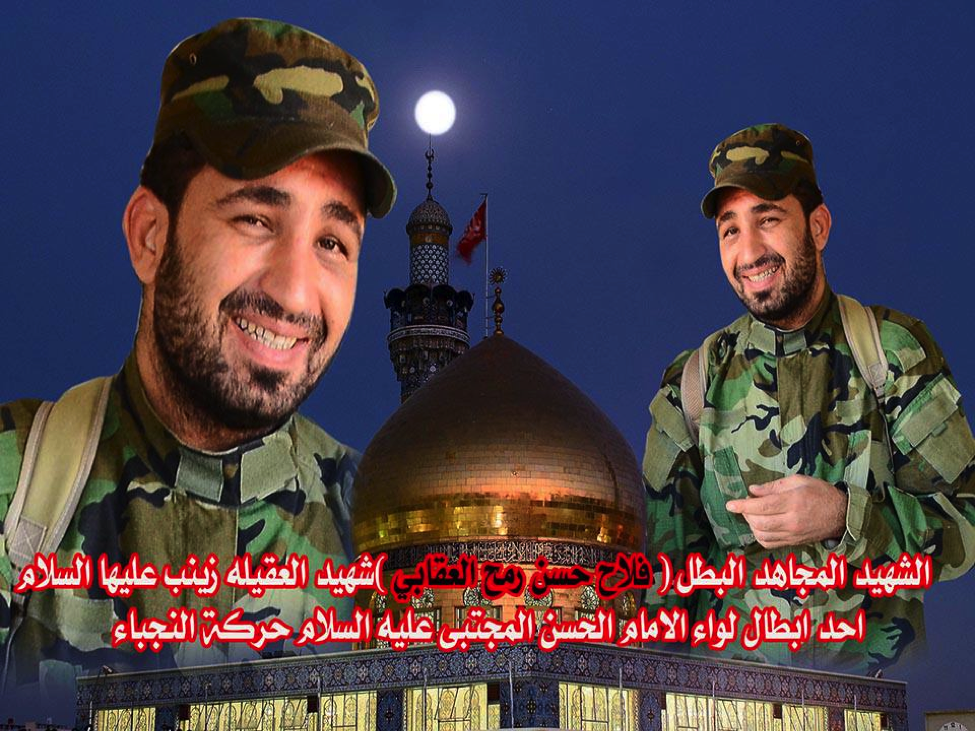
Name: Fala’ Hasan Rahman
Death Announced: September 3, 2013
Notes: Rahman was listed as a member of Harakat Nujaba.
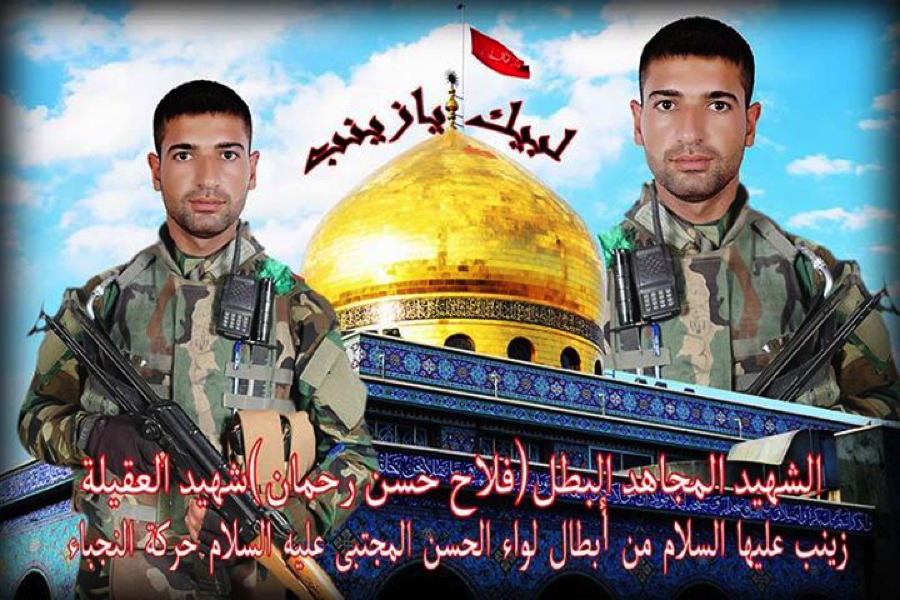
Combat Videos
LIHM’s fighters have been featured in a number of videos uploaded to YouTube and Facebook. In one of the videos, an interviewer claims the group is fighting, “irhab al-kafir” or “infidel terrorism”. Shia identity is also reinforced with the singing of an ad hoc nashid and chants which praise historic and symbolic Shia leaders like Abbas and Zaynab.
Like other Shia militias in Syria, these videos often feature videos demonstrating the group’s acumen when it comes to deploying snipers. One interesting feature of these clips is to show LIHM fighters firing a round and then showing a split screen utilizing footage of Syrian rebels being shot and killed. Additionally, common Syria-oriented Shia militia songs used by other Shia militias and some older footage from Liwa’a Abu Fadl al-Abbas (particularly video of Ahmed Kayara) has been repackaged in these videos.
[1] Reza Shah-Kazemi, “A Sacred Conception of Justice: Imam ‘Ali’s Letter to Malik al-Ashtar” in M. Ali Lakhani, The Sacred Foundations of Justice in Islam: The Teachings of ʻAlī Ibn Abī Ṭālib, (North Vancouver, B.C.: Sacred Web Publishing, 2006), P.64. [2] See: https://www.reuters.com/article/2013/08/30/us-syria-crisis-iraq-idUSBRE97T0XH20130830
Hizballah Cavalcade: Asa’ib Ahl al-Haq’s Liwa’a Kafeel Zaynab
NOTE: For prior parts in the Hizballah Cavalcade series you can view an archive of it all here.
—
Asa’ib Ahl al-Haq’s Liwa’a Kafeel Zaynab
By Phillip Smyth ([email protected])
Click here for a PDF version of this post
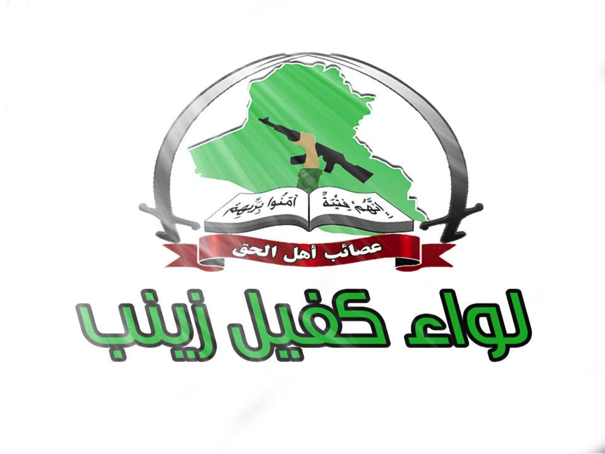
Figure 1: One version of Asa’ib Ahl al-Haq’s Liwa’a Kafeel Zaynab logo.
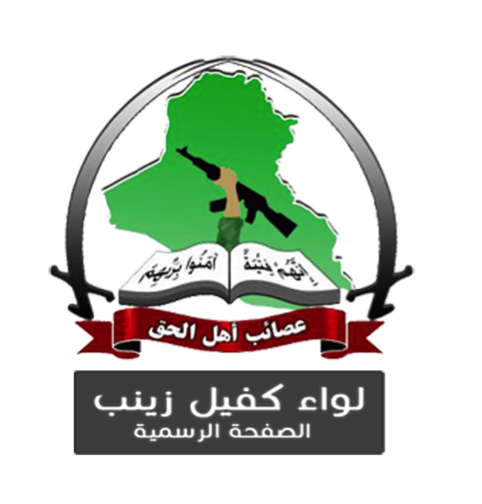
Figure 2: AAH-LKZ’s symbol features the normal AAH logo with the words, “Liwa’a Kafeel Zaynab” below it. This photo comes from AAH-LKZ’s official Facebook page (as denoted by the writing, “al-Safa al-rasmeea”, meaning “The official page”, underneath “Liwa’a Kafeel Zaynab”).
Formed in 2006 when it split from Muqtada al-Sadr’s Jaysh al-Mahdi, the Shia Islamist, Iraq-based Asa’ib Ahl al-Haq (League of the Righteous, or AAH) was created with the help of Lebanese Hizballah and the Iranian Revolutionary Guard Corps.[1] During the Iraq War, AAH was responsible for a number of high-profile attacks on Coalition forces, including kidnappings and the use of advanced Explosively Formed Penetrators (EFPs) against armored vehicles.[2] Following the pullout of American soldiers from Iraq, the group claimed it would consider giving up its arms and pursue a political strategy.[3] However, despite allying itself with Iraqi Prime Minister Nouri al-Maliki, AAH retained its militia and has been sending some of these forces into Syria.[4]
When the first martyrdom announcements and funerals were held for Iraqi Shia who had been killed fighting for pro-Assad militias in Syria, it became clear that AAH was a main supplier of fighters (see earlier Hizballah Cavalcade “Roundups of Iraqis Killed in Syria” Parts 1, 2, and 3). Via these funeral announcements, the makeup of the main foreign-staffed Shia militia in Syria, namely Liwa’a Abu Fadl al-Abbas (LAFA), was shown to be from AAH. AAH did little to hide their involvement regarding their sending of fighters to Syria. Large public funerals have been held in Iraq since the spring of 2013 and numerous AAH propaganda posters featuring their involvement in Syria have been released.
Albeit, it was a rarity for groups like LAFA to make an official written statement over social media or on forums stating AAH was a supplier. Instead, the inference AAH was supplying fighters to the group could be made by looking at the AAH imagery for their dead, which was then reposted by LAFA.
However, starting at the end of May, 2013 a number of videos (posted to YouTube) explicitly claimed Asa’ib Ahl al-Haq’s fighters were in Syria. This differed from the more typical rolling of AAH personnel into the ranks of LAFA or other militias. While these videos were sporadic, they were the first piece of a trend which would culminate in the announcement of a unique organizational name for AAH’s force deployment in Syria.
The major shift in addressing AAH’s involvement in the war in Syria took place in July. Instead of claiming AAH members were part of other Shia militia groups, AAH decided to announce the presence of the Asa’ib Ahl al-Haq-Liwa’a Kafeel Zaynab (AAH-LKZ or League of the Righteous-Supporters [or Sponsors] of Zaynab Brigade). The group is not a “New militia”. Instead, AAH-LKZ is a name for the group of AAH personnel who are in Syria. In some ways, it is comparable to how some militaries have fielded expeditionary forces.
As soon as the AAH-LKZ was announced on Facebook, the group also released a number of films on an official YouTube page. AAH-LKZ’s Facebook page also has (since the last count on August 13, 2013) three mirror sites. This is likely due to the fact that many Hizballah and Liwa’a Abu Fadl al-Abbas Facebook pages have been banned by the website.
AAH-LKZ has been quite prolific in their postings of unique photographs showing the group’s operations in Syria. In some cases, the main page (which has around 33,000 members) has posted five unique photographs in one day. Compared to other Shia militia Facebook pages, such a release of original images is quite uncommon.
Primarily, AAH-LKZ’s military maneuvers utilizing snipers and machine-gun teams are showcased. Additionally, their use of mortars, rockets, and possibly armored vehicles has also been featured. Photos of the group’s martyrs are also posted on the page.
AAH-LKZ has also posted a number of propaganda videos on an official YouTube station. Many of the videos mock Syrian rebels, showing mishaps the rebels have had with their weapons or rebels being successfully attacked. In a surreal twist, AAH-LKZ starts all of their officially released videos with a clip the group’s video editor(s) cut from the Mel Brooks’ 1987 comedy, Spaceballs.[5]
AAH-LKZ’s Imagery & Videos From the Battlefield

Figure 3: AAH-LKZ members pose with a mixture of Kalashnikov-type rifles, Dragunov-type sniper rifle, an RPG-7, and a PKM machine gun.
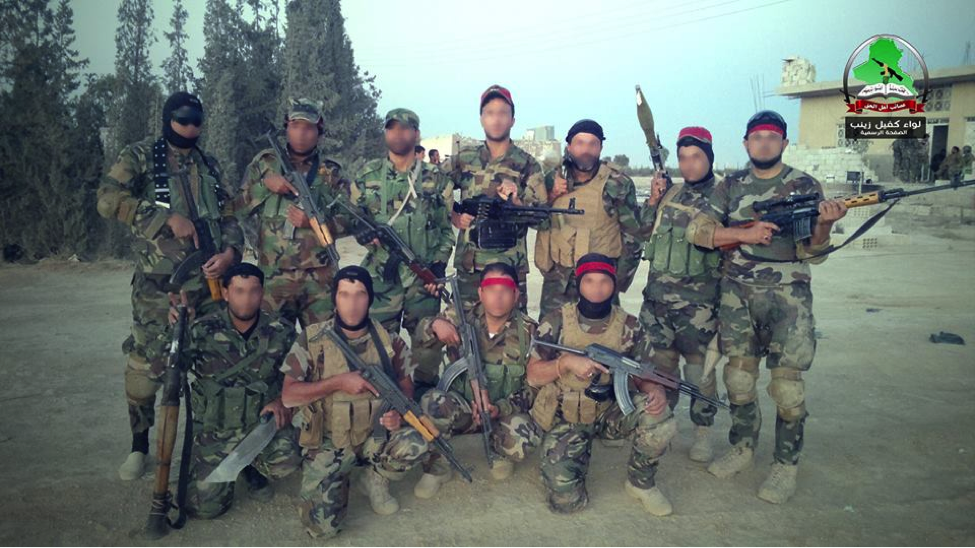
Figure 4: AAH-LKZ members pose with a mixture of Kalashnikov-type rifles, Dragunov-type sniper rifle, RPG-7s, and a PKM machine gun.
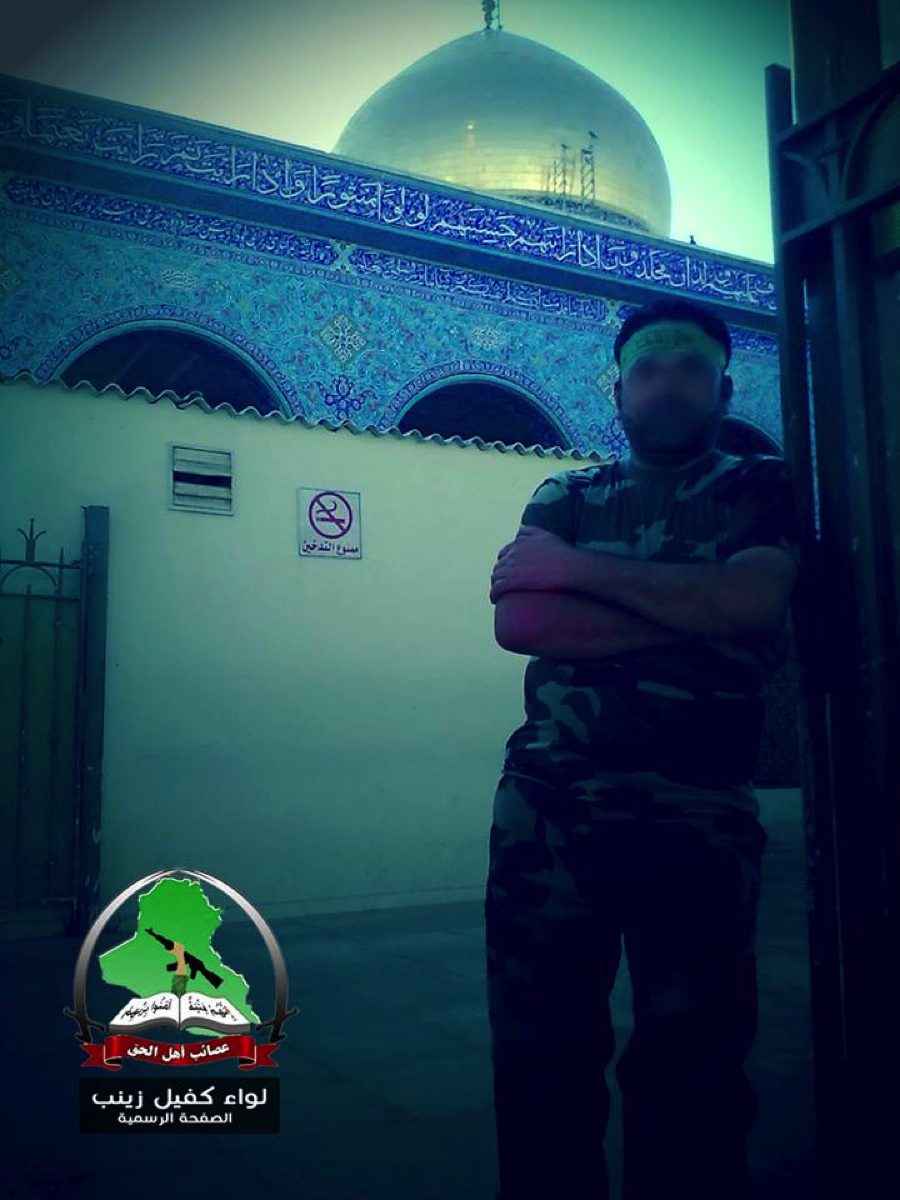
Figure 5: An AAH-LKZ fighter stands with the Saydah Zaynab Shrine in the background.
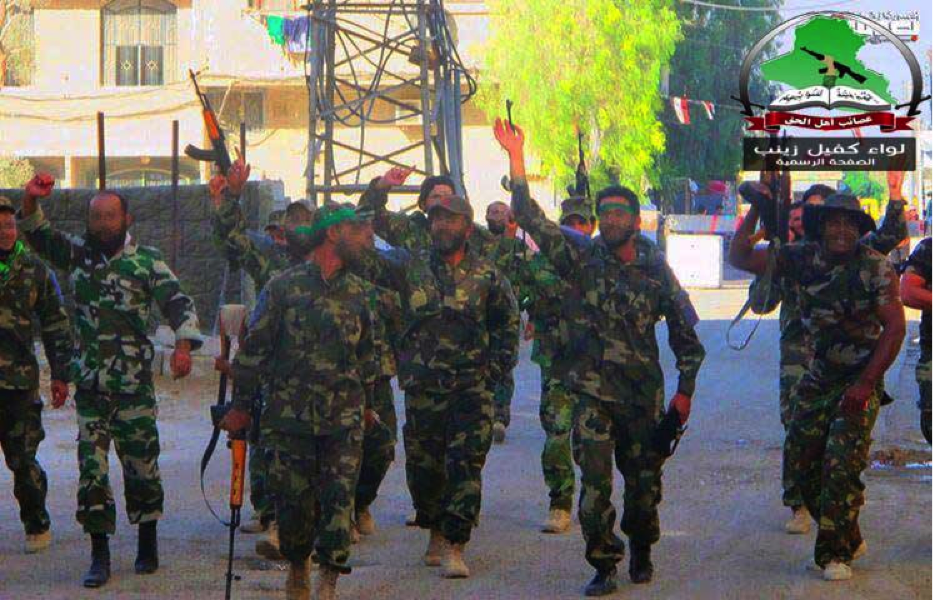
Figure 6: A shot of AAH-LKZ fighters celebrating in a Syrian street.
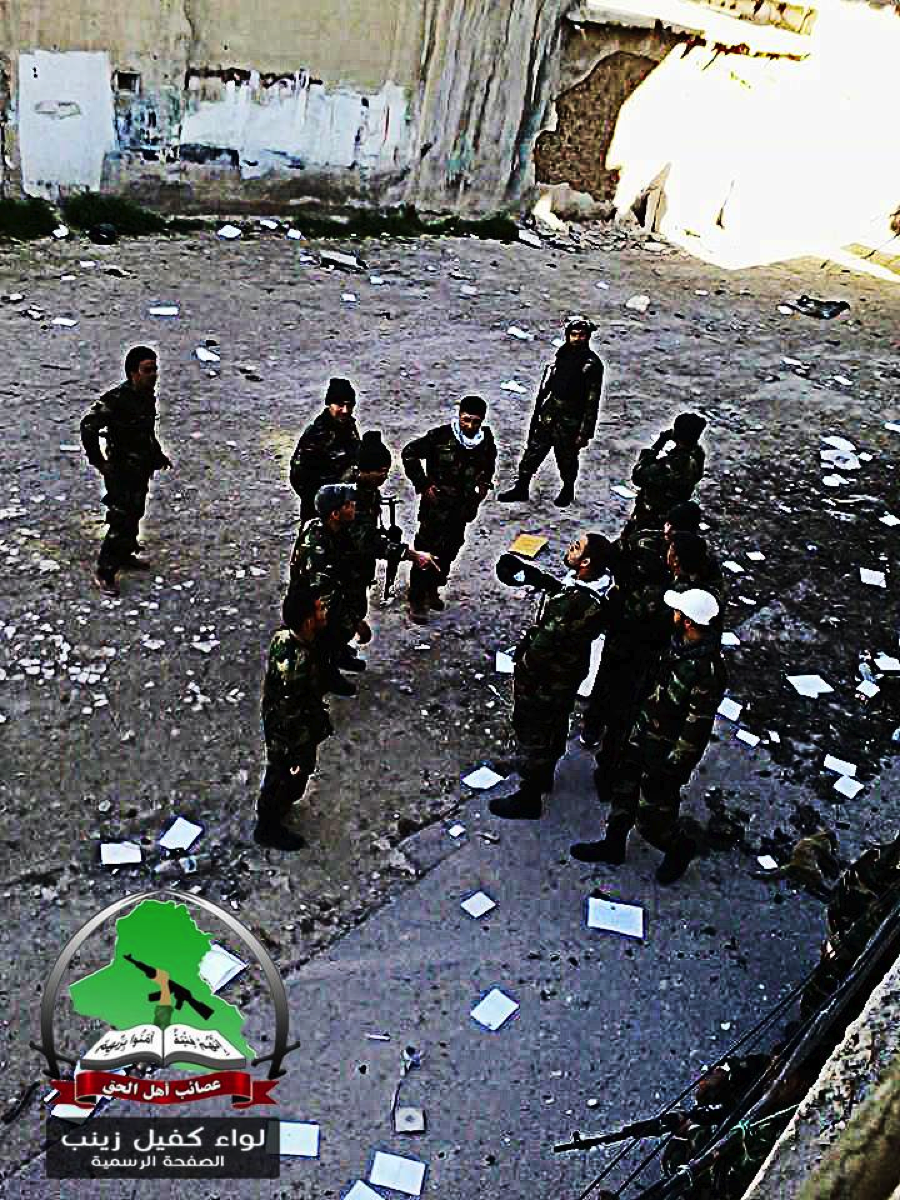
Figure 7: An edited photo of AAH-LKZ members talking.
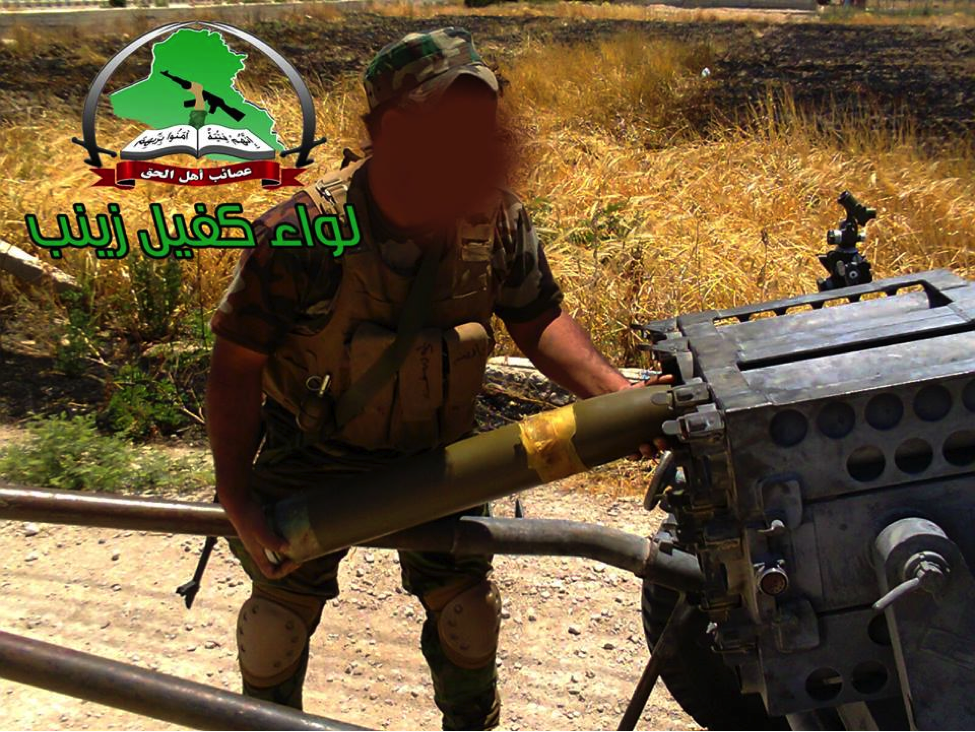
Figure 8: An AAH-LKZ member loads what appears to be a Chinese-made Type 63 107 mm rocket launcher.
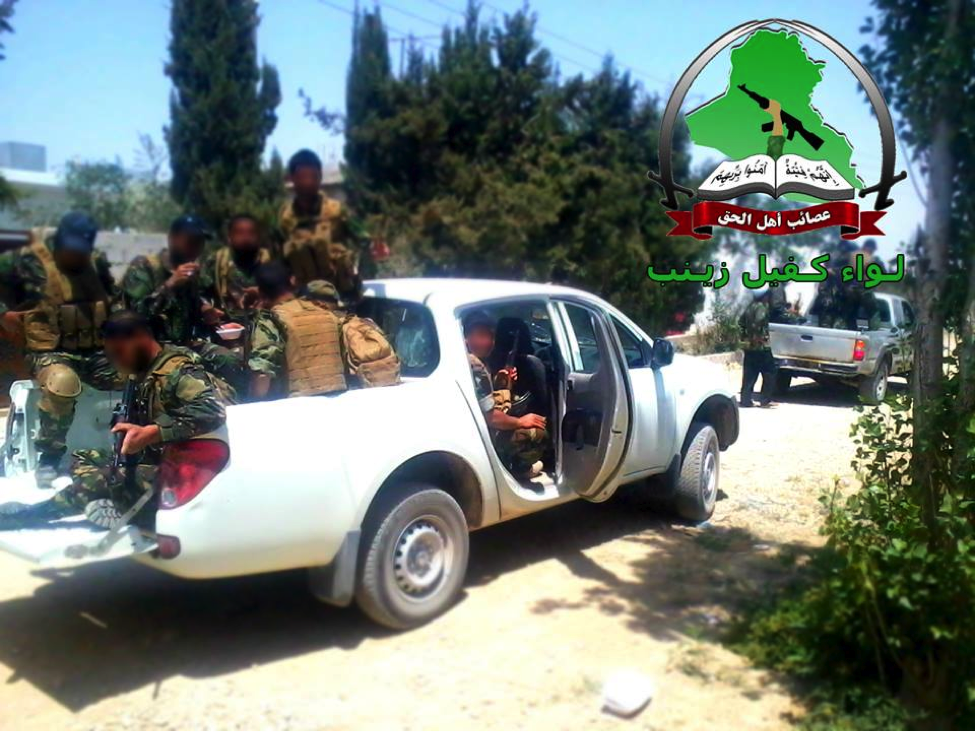
Figure 9: In AAH-LKZ photographic and video propaganda, pickup trucks feature prominently as a tool used to transport their fighters.
In the video clip, AAH-LKZ members are shown playing a popular militant Iraqi Shia song, “Support Those Who Defend Zaynab” by Ali al-Delfi and Ahmed al-Sa’adi. In fact, most AAH-LKZ video clips are set to songs which can be found on this Hizballah Cavalcade post dealing with militant Shia Iraqi music made for/to praise Shia fighters in Syria.
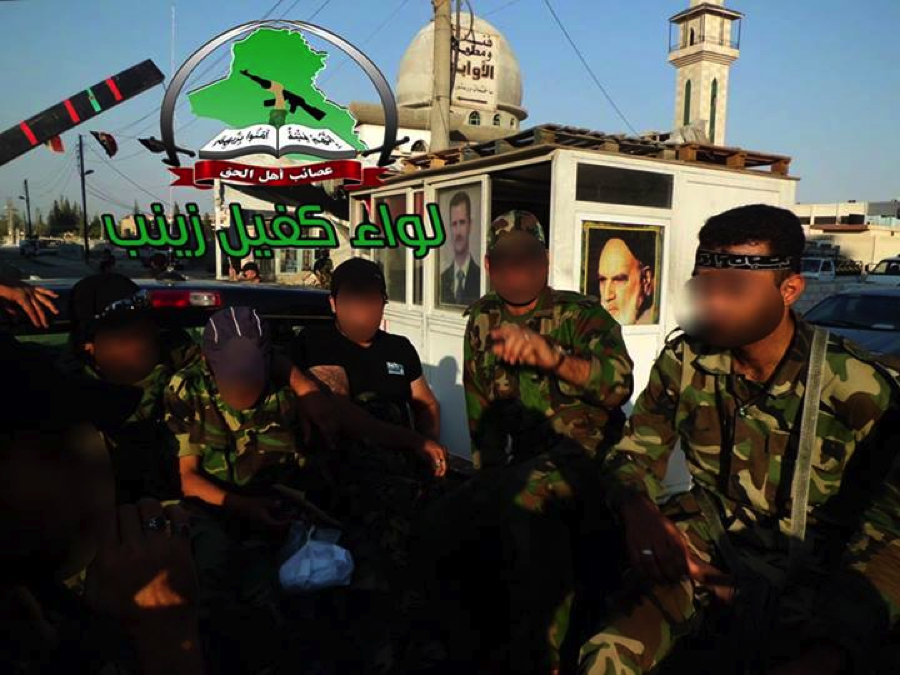
Figure 10: AAH-LKZ members sitting in front of a checkpoint with posters of former Iranian Supreme Leader Ayatollah Khomeini and Syrian leader Bashar al-Assad.
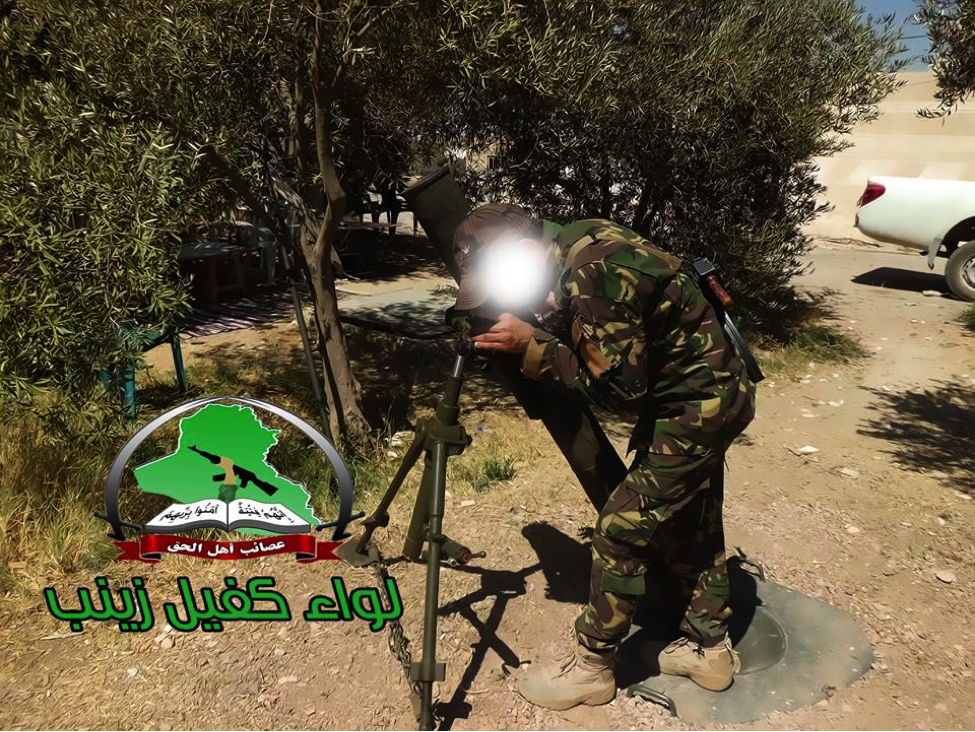
Figure 11: An AAH-LKZ fighter sights a mortar.

Figure 12: An AAH-LKZ fighter holding a PKM machine gun is shown in a rural setting with two other AAH-LKZ fighters.
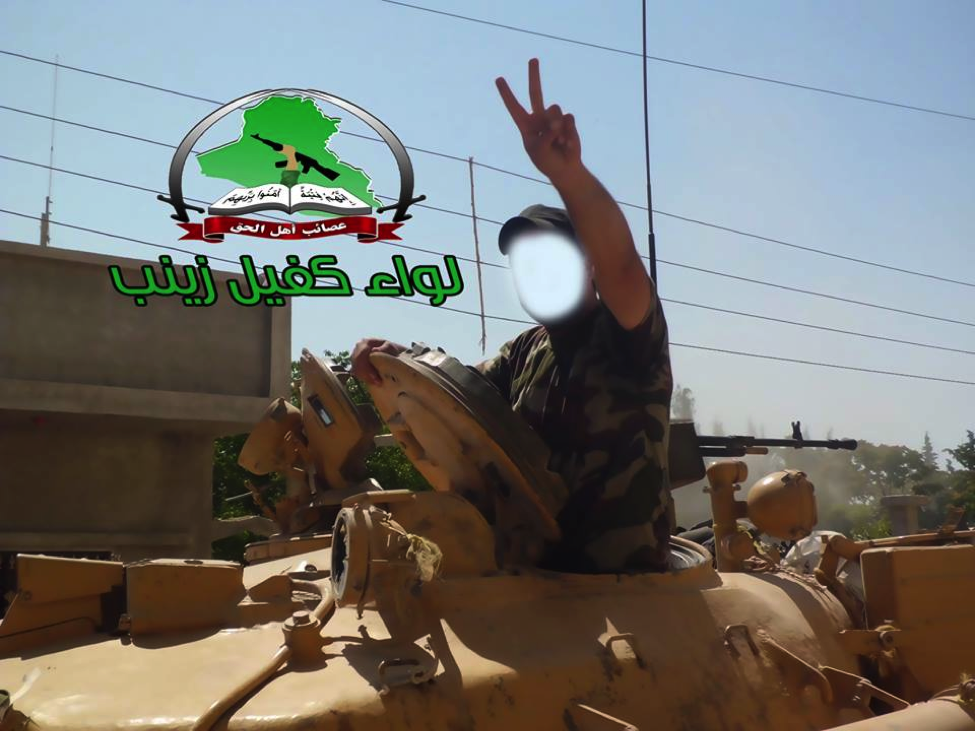
Figure 13: An AAH-LKZ militiaman poses inside a tank turret.
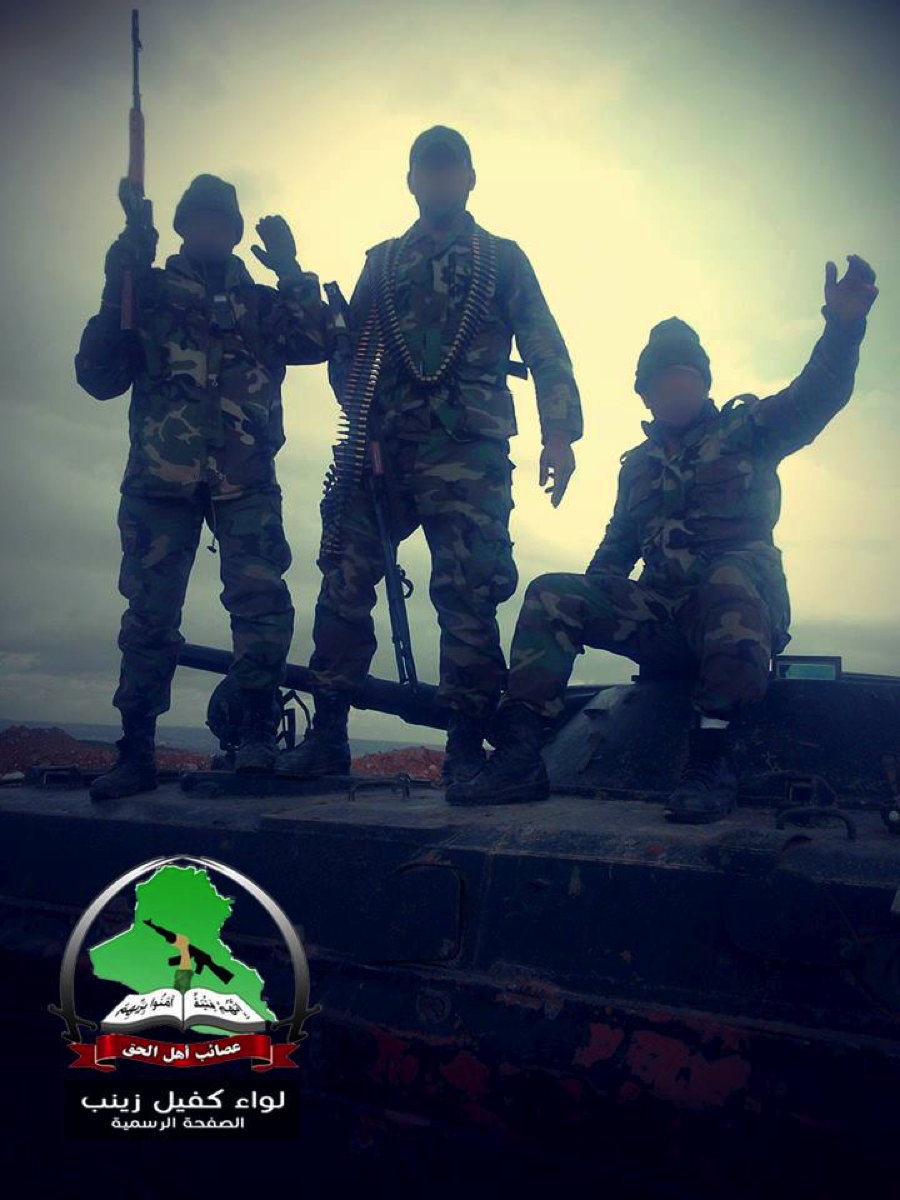
Figure 14: AAH-LKZ members stand atop a BMP-1 infantry fighting vehicle.
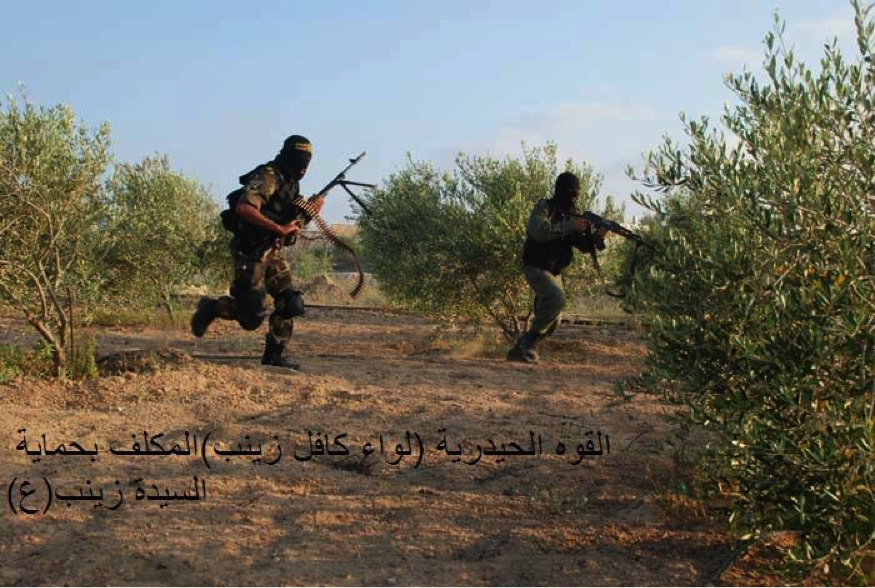
Figure 15: A photo from a pro-AAH Facebook claiming to show members of “Liwa’a Kafeel Zaynab”.
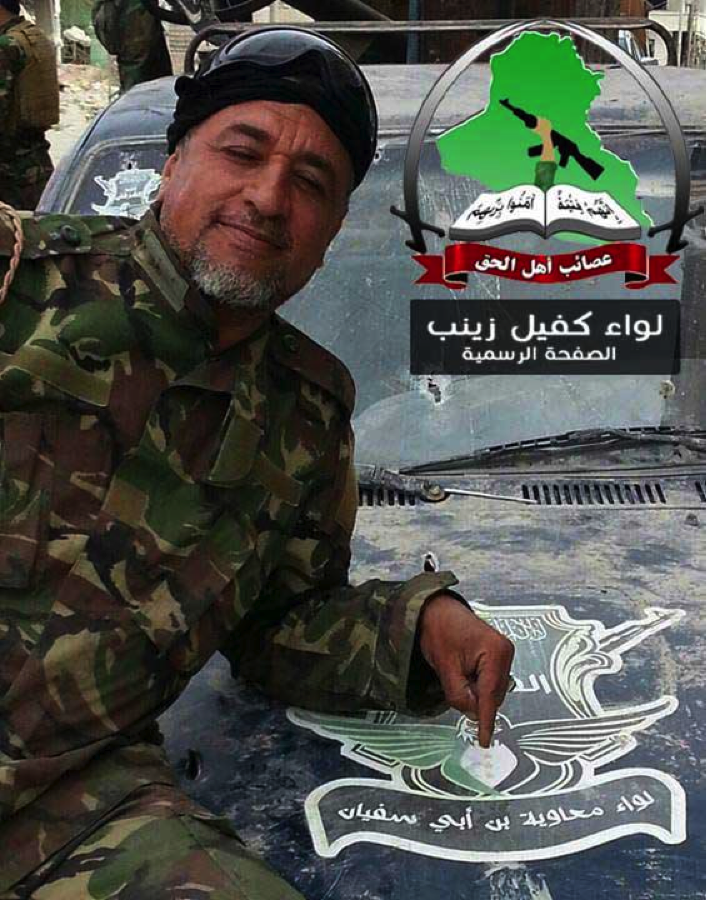
Figure 16: An AAH-LKZ member poses with a destroyed technical belonging to a faction of the Free Syrian Army. The AAH-LKZ member shown was reported killed in Syrian fighting by AAH.
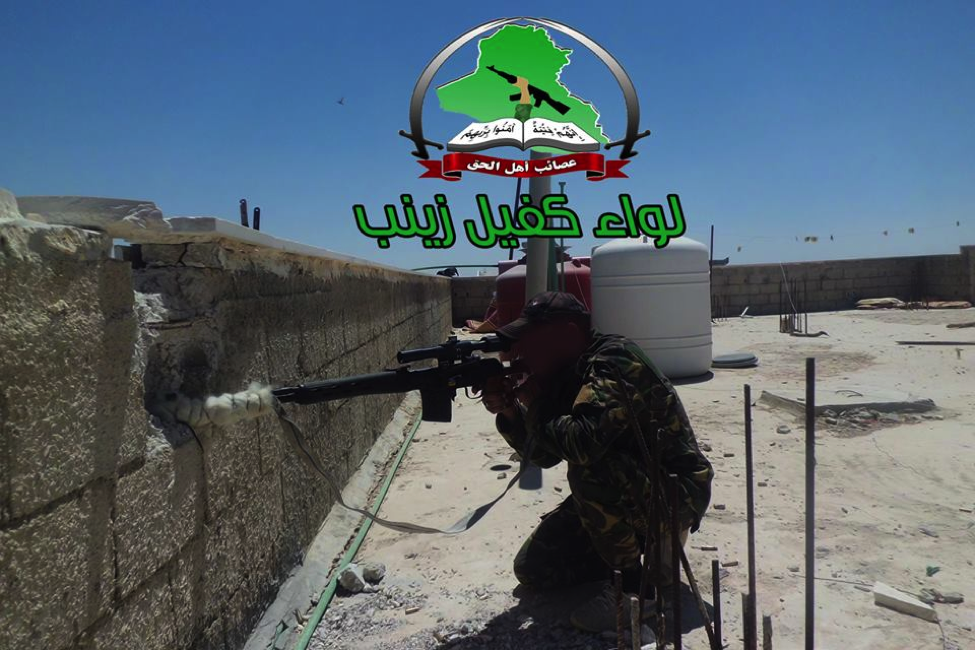
Figure 17: Photographs and videos of AAH-LKZ’s snipers are a regular addition to the group’s social media pages.
[youtube=https://www.youtube.com/watch?v=I6vmJOQlK1Q&feature=youtu.be]
[youtube=https://www.youtube.com/watch?v=1bM2RUFp3oI&feature=youtu.be]
AAH-LKZ’s Go-To Martyrs
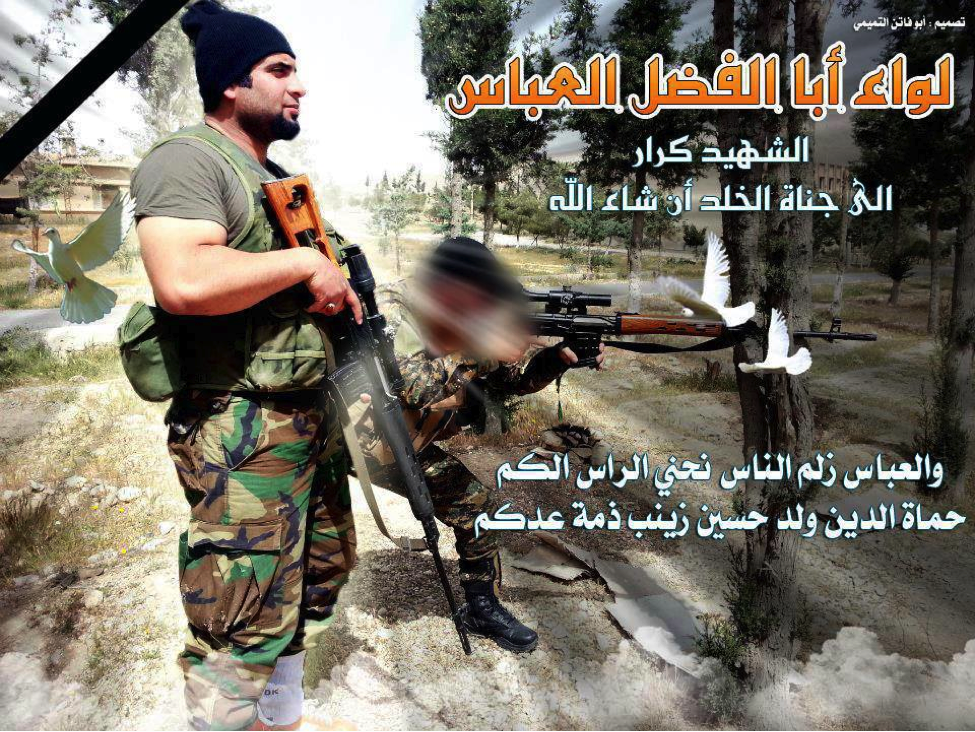
Figure 18: AAH-LKZ’s Karar is shown holding a Dragunov-type sniper rifle in a propaganda poster for Liwa’a Abu Fadl al-Abbas.
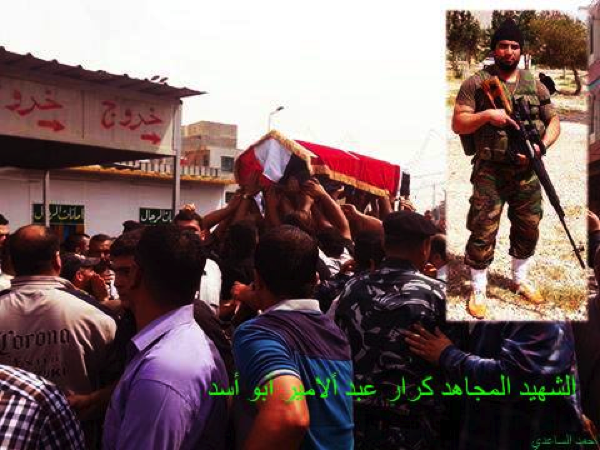
Figure 19: A photo of Karar’s funeral and a shot of him during deployment to Syria. The photo was posted on AAH-LKZ’s official Facebook page.
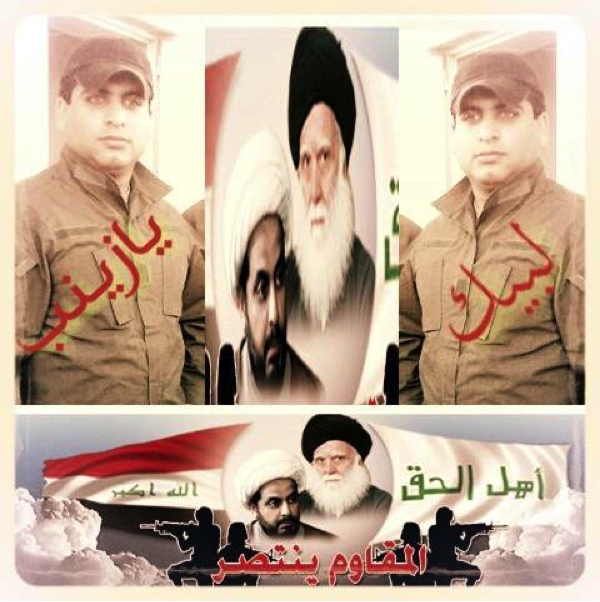
Figure 20: A photo showing Karar’s membership in Asa’ib Ahl al-Haq from his official Facebook martyrdom page.
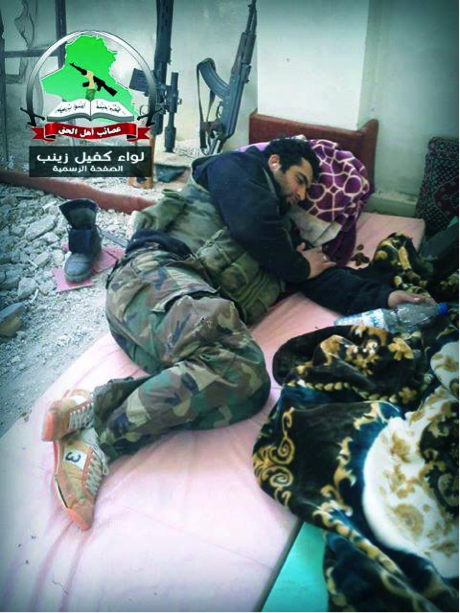
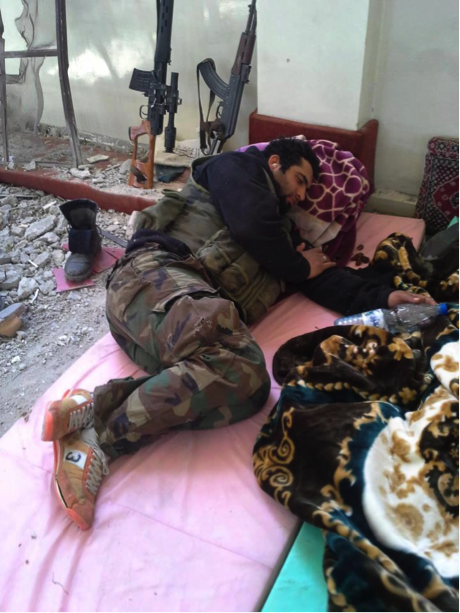
Figure 21: The original LAFA photo for Karar napping (right) with the copy re-released by AAH-LKZ (left).
Karar Abed al-Amir Fatlawi Abu Assad (A.K.A. Karar Fatlawi and Karar Abed al-Amir Aziz Abu Assad)—often simply referred to as just Karar—has been a main face highlighted by AAH-LKZ as an
Hizballah Cavalcade: Breaking Badr, The New Season: Confirmation of the Badr Organization’s Involvement in Syria
NOTE: For prior parts in the Hizballah Cavalcade series you can view an archive of it all here.
—
Breaking Badr, The New Season: Confirmation of the Badr Organization’s Involvement in Syria
By Phillip Smyth ([email protected])
From May-June, 2013, the Iranian-backed, Iraqi Shia, Badr Organization upped their rhetoric regarding the group’s potential involvement in the Syrian Civil War. This rhetoric resulted in a Hizballah Cavalcade post which attempted to assess whether the group was in fact sending fighters to Syria. Despite their threats, only a few propaganda photos and the death of a possible Badr Organization fighter were available. Thus, the results were inconclusive. Nevertheless, it was still established the group may become more involved in the fighting or that they were preparing a phased approach to publicize Badr’s participation in the fighting.
On July 13th, the group announced via Facebook that it had sent “Over 1,500” militiamen to Syria. By late-July, 2013, the Badr Organization’s Military Wing openly announced it had lost members in Syria and held public funerals for them. According to the Badr Organization Military Wing’s Facebook page, one of these funerals was held in Baghdad. The Badr Organization Military Wing also released one photo which supposedly shows some of their members in Syria.
With the death announcement for one of the Badr Organization’s men came the claim he belonged to “Quwet Shahid al-Sadr” (Forces of the Martyr Sadr). The Forces of the Martyr Sadr is not a separate or new militia operating in Syria. Instead, it is simply the name the Badr Organization has given to the group of its fighters operating in Syria.
Regardless, unlike other Iranian-backed organizations which have increased the amount of photos, videos, and social media announcements since the beginning of July, the Badr Organization has only released limited amounts of information about its forces and operations inside Syria.

Figure 1: On July 13, 2013, the Badr Organization’s Military Wing posted this photograph with the announcement that over 1500 of its fighters had been sent to Syria.
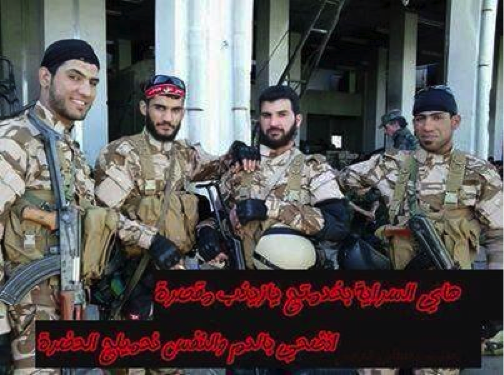
Figure 2: The Badr Organization’s Military Wing claimed this photo showed members of the group operating in “Defense of Saydah Zaynab”. Some of the fighters are familiar faces and can be seen in propaganda for Liwa’a Abu Fadl al-Abbas.
The Badr Organization’s Losses In Syria
Name: Abu Dhar al-Sa’wdi
Death Announced: July 21, 2013
Notes: Unlike other martyrdom posters which, have only announced the dead as having “Defended Zaynab”, this poster clearly mentions that al-Sa’wdi was killed “in Syria”.
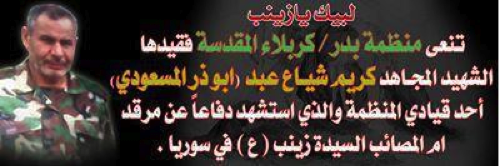
Name: Abu Sajad al-Hawli
Death Announced: July 28, 2013
Notes: Only one photograph has been released on social media of Abu Sajad al-Hawli’s funeral. His death was first announced on the Badr Organization Military Wing’s official Facebook page.
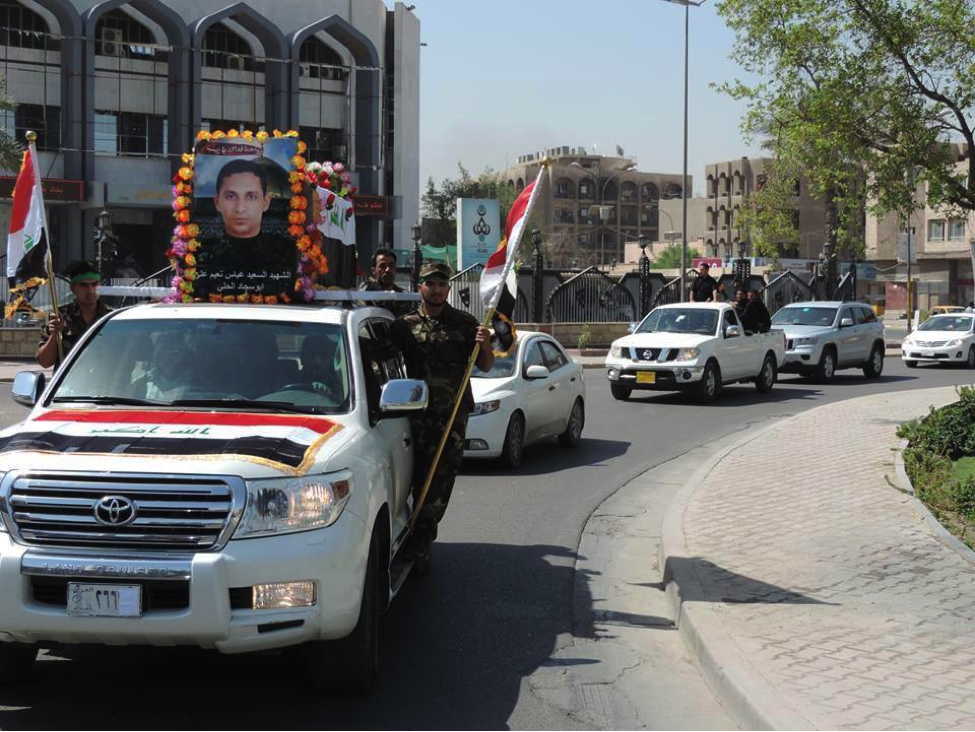
Figure 3: Abu Sajad al-Hawli’s martyrdom poster features the golden dome of the Saydah Zaynab Shrine in the background.
Hizballah Cavalcade: The Lion of Damascus, and Afghans, and Africans! Oh My!: Fighters From Exotic Locales In Syria’s Shia Militias
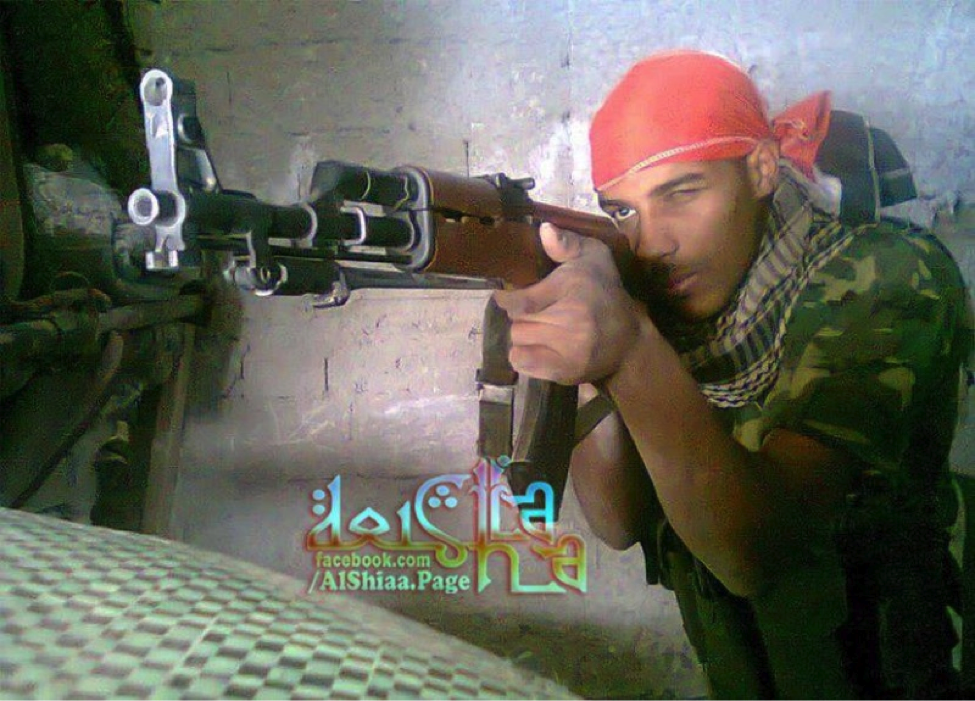 Figure 3: The original photo of Kuwni circulated on Facebook pages managed by pro-LAFA/LAFA administrators.
Called the, “First African martyr” for the Sayyidah Zaynab Shrine, Muhammed Suleiman al-Kuwni was reported dead on the pro-LAFA/LAFA administered “Al-Shiaa” Facebook page on July 26, 2013. One pro-LAFA Facebook page claimed Kuwni was killed due to injuries he suffered during fighting. Interestingly, Kuwni was not reported to be a member of Liwa’a Abu Fadl al-Abbas or of another announced Shia militia in Syria. Instead he was simply listed as a “Defender of…Zaynab”.
His death was later reported by Iranian media outlets on July 27, 2013.[8] On that same day Iranian media started covering Kuwni’s story, Hizballah’s SouthLebanon.org webpage also included a prayer for him.[9] Most importantly, both Iranian and pro-LAFA Arabic language sources reported Kuwni was originally from the West African state of Côte d`Ivoire, home to almost half a million Shia Muslims.[10]
Stories about Kuwni did not include details on any burial plans. Additionally, more comprehensive information covering his family, or a detailed biography stating where he was originally from in Côte d`Ivoire was also not presented.
Hizballah and Iranian activities have been rather extensive in West Africa.[11] According to the U.S. Department of Treasury, Hizballah has also pieced together an extensive fundraising and recruiting network in Côte d`Ivoire.[12] It is possible Kuwni passed through Hizballah recruitment in Africa, was trained (likely in Lebanon), and was then deployed to fight in Syria. However, his case remains unique and unusual. Iran has primarily utilized Arabic-speaking proxies from Iraq and Lebanese Hizballah to bolster Assad. The addition of African fighters demonstrates Tehran is more open to using proxies from all over the world.
[1] See: https://www.syriaonline.sy/?f=Details&catid=12&pageid=4174.
[2] See: https://www.khaama.com/afghans-involvement-in-syria-war-to-be-investigated-mosazai-1562
[3] See: https://algadtv.com/?p=53142
[4] See: https://freehalab.wordpress.com/2013/06/06/assads-foreign-jihadists-and-mercenaries/
[5] Grant Farr, “The Hazara of Central Afghanistan”, in Barbara Brower and Barbara Rose Johnston (eds.), Disappearing Peoples?: Indigenous Groups and Ethnic Minorities in South and Central Asia, (Walnut Creek, California: Left Coast Press, Inc., 2007), P. 164.
[6] See: https://www.hazara.net/news/news2012/khoemini/khoemini-anniversary-kabul.html. See also: https://www.brianglynwilliams.com/pdfs/20120301114407597.pdf and https://www.csmonitor.com/2005/0824/p06s01-wosc.html.
[7] See: https://www.khaama.com/afghans-involvement-in-syria-war-to-be-investigated-mosazai-1562.
[8] The first Iranian story covering Kuwni’s death was published by Iran’s AhlulBayt News Agency. See: https://www.abna.ir/data.asp?lang=1&id=445548. The same story and published photograph have been reproduced by a number of Iranian news websites. See: https://valieamr.com/Default.aspx?PageName=news&ID=20336&Language=1, https://eslamabadkhabar.ir/shownews.php?idnews=42108, and https://www.fardanews.com/fa/news/276512/%D8%B4%D9%87%D8%A7%D8%AF%D8%AA-%D9%86%D8%AE%D8%B3%D8%AA%DB%8C%D9%86-%D8%A2%D9%81%D8%B1%DB%8C%D9%82%D8%A7%DB%8C%DB%8C-%D9%85%D8%AF%D8%A7%D9%81%D8%B9-%D8%AD%D8%B1%D9%85%D8%B9%DA%A9%D8%B3.
[9] See: https://www.southlebanon.org/?p=79659.
[10] Shireen Hunter, Iran’s Foreign Policy in the Post-Soviet Era: Resisting the New International Order, (Santa Barbara, California: Praeger, 2010), P. 227.
[11] In Nigeria, Hizballah has been involved in maintaining arms caches and the creation of groups pushing Iranian revolutionary ideology. Nigeria even has its own political organization (the Islamic Movement of Nigeria) which was created as a near mirror image of Lebanese Hizballah. See: https://www.islamicmovement.org/ and https://www.bbc.co.uk/news/world-africa-17908704. See also: https://www.foxnews.com/world/2013/07/12/nigeria-judge-refuses-bail-for-3-lebanese-nigerians-accused-hoarding-hezbollah/ and https://www.haaretz.com/news/features/.premium-1.530327. For some earlier examples (2009-2010) of Iranian diplomatic, cultural, and financial moves in West Africa, see: https://www.irantracker.org/analysis/ahmadinejad-west-africa-iranian-outreach-reveals-tehran-foreign-policy-aug-3-2010-3242. See also: https://www.aei.org/article/foreign-and-defense-policy/regional/subsaharan-africa/forgotten-africa-turns-to-iran-as-a-result-of-western-neglect/.
[12] See: https://www.treasury.gov/press-center/press-releases/Pages/jl1980.aspx and https://www.treasury.gov/press-center/press-releases/Pages/tg149.aspx.
Figure 3: The original photo of Kuwni circulated on Facebook pages managed by pro-LAFA/LAFA administrators.
Called the, “First African martyr” for the Sayyidah Zaynab Shrine, Muhammed Suleiman al-Kuwni was reported dead on the pro-LAFA/LAFA administered “Al-Shiaa” Facebook page on July 26, 2013. One pro-LAFA Facebook page claimed Kuwni was killed due to injuries he suffered during fighting. Interestingly, Kuwni was not reported to be a member of Liwa’a Abu Fadl al-Abbas or of another announced Shia militia in Syria. Instead he was simply listed as a “Defender of…Zaynab”.
His death was later reported by Iranian media outlets on July 27, 2013.[8] On that same day Iranian media started covering Kuwni’s story, Hizballah’s SouthLebanon.org webpage also included a prayer for him.[9] Most importantly, both Iranian and pro-LAFA Arabic language sources reported Kuwni was originally from the West African state of Côte d`Ivoire, home to almost half a million Shia Muslims.[10]
Stories about Kuwni did not include details on any burial plans. Additionally, more comprehensive information covering his family, or a detailed biography stating where he was originally from in Côte d`Ivoire was also not presented.
Hizballah and Iranian activities have been rather extensive in West Africa.[11] According to the U.S. Department of Treasury, Hizballah has also pieced together an extensive fundraising and recruiting network in Côte d`Ivoire.[12] It is possible Kuwni passed through Hizballah recruitment in Africa, was trained (likely in Lebanon), and was then deployed to fight in Syria. However, his case remains unique and unusual. Iran has primarily utilized Arabic-speaking proxies from Iraq and Lebanese Hizballah to bolster Assad. The addition of African fighters demonstrates Tehran is more open to using proxies from all over the world.
[1] See: https://www.syriaonline.sy/?f=Details&catid=12&pageid=4174.
[2] See: https://www.khaama.com/afghans-involvement-in-syria-war-to-be-investigated-mosazai-1562
[3] See: https://algadtv.com/?p=53142
[4] See: https://freehalab.wordpress.com/2013/06/06/assads-foreign-jihadists-and-mercenaries/
[5] Grant Farr, “The Hazara of Central Afghanistan”, in Barbara Brower and Barbara Rose Johnston (eds.), Disappearing Peoples?: Indigenous Groups and Ethnic Minorities in South and Central Asia, (Walnut Creek, California: Left Coast Press, Inc., 2007), P. 164.
[6] See: https://www.hazara.net/news/news2012/khoemini/khoemini-anniversary-kabul.html. See also: https://www.brianglynwilliams.com/pdfs/20120301114407597.pdf and https://www.csmonitor.com/2005/0824/p06s01-wosc.html.
[7] See: https://www.khaama.com/afghans-involvement-in-syria-war-to-be-investigated-mosazai-1562.
[8] The first Iranian story covering Kuwni’s death was published by Iran’s AhlulBayt News Agency. See: https://www.abna.ir/data.asp?lang=1&id=445548. The same story and published photograph have been reproduced by a number of Iranian news websites. See: https://valieamr.com/Default.aspx?PageName=news&ID=20336&Language=1, https://eslamabadkhabar.ir/shownews.php?idnews=42108, and https://www.fardanews.com/fa/news/276512/%D8%B4%D9%87%D8%A7%D8%AF%D8%AA-%D9%86%D8%AE%D8%B3%D8%AA%DB%8C%D9%86-%D8%A2%D9%81%D8%B1%DB%8C%D9%82%D8%A7%DB%8C%DB%8C-%D9%85%D8%AF%D8%A7%D9%81%D8%B9-%D8%AD%D8%B1%D9%85%D8%B9%DA%A9%D8%B3.
[9] See: https://www.southlebanon.org/?p=79659.
[10] Shireen Hunter, Iran’s Foreign Policy in the Post-Soviet Era: Resisting the New International Order, (Santa Barbara, California: Praeger, 2010), P. 227.
[11] In Nigeria, Hizballah has been involved in maintaining arms caches and the creation of groups pushing Iranian revolutionary ideology. Nigeria even has its own political organization (the Islamic Movement of Nigeria) which was created as a near mirror image of Lebanese Hizballah. See: https://www.islamicmovement.org/ and https://www.bbc.co.uk/news/world-africa-17908704. See also: https://www.foxnews.com/world/2013/07/12/nigeria-judge-refuses-bail-for-3-lebanese-nigerians-accused-hoarding-hezbollah/ and https://www.haaretz.com/news/features/.premium-1.530327. For some earlier examples (2009-2010) of Iranian diplomatic, cultural, and financial moves in West Africa, see: https://www.irantracker.org/analysis/ahmadinejad-west-africa-iranian-outreach-reveals-tehran-foreign-policy-aug-3-2010-3242. See also: https://www.aei.org/article/foreign-and-defense-policy/regional/subsaharan-africa/forgotten-africa-turns-to-iran-as-a-result-of-western-neglect/.
[12] See: https://www.treasury.gov/press-center/press-releases/Pages/jl1980.aspx and https://www.treasury.gov/press-center/press-releases/Pages/tg149.aspx.
Hizballah Cavalcade: Liwa’a ‘Ammar Ibn Yasir: A New Shia Militia Operating In Aleppo, Syria
NOTE: For prior parts in the Hizballah Cavalcade series you can view an archive of it all here.
—
Liwa’a ‘Ammar Ibn Yasir: A New Shia Militia Operating In Aleppo, Syria
By Phillip Smyth ([email protected])
Click here for a PDF version of this post
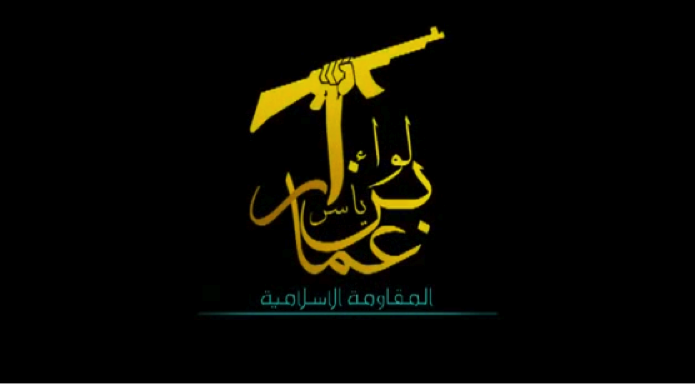
Figure 1: The logo for Liwa’a ‘Ammar Ibn Yasir. The group’s name is stylized into a pattern which includes the Lebanese Hizballah/Iranian Revolutionary Guard Corps style symbol of a fist gripping an AK-47. (In Gold) “Liwa’a ‘Ammar Ibn Yasir” (‘Ammar Ibn Yasir Brigade) and (in blue) “Al-Muqawama al-Islamiya” (“The Islamic Resistance”).
Since the first announcement of organized Iraqi Shia fighting on behalf of the Assad regime in Syria, their geographic displacement in the country was often matched with their propaganda statements. Both Liwa’a Abu Fadl al-Abbas and Liwa’a Zulfiqar have stated on their multitude of social media platforms, videos, and through photographs, that their primary area of operation is Damascus. In particular, the Saydah Zaynab Shrine features heavily in their propaganda and the groups are self-proclaimed “Defenders” of the Shrine.
However, with the creation of Liwa’a ‘Ammar Ibn Yasir (‘Ammar Ibn Yasir Battalion or LAIY), the “Defenders of the Saydah Zaynab Shrine” narrative is now encompassing an organization which—according to its statements and other sources—does not operate in Damascus or directly maintain a presence at the Saydah Zaynab Shrine. In fact, LAIY advertises the fact that it is operating in the areas surrounding the northern Syrian city of Aleppo. In videos released by the group onto YouTube, the films’ titles proclaim LAIY fighters are present in rural sections of Aleppo. While this could not be independently confirmed, it would appear the group is attempting to cast another narrative that LAIY is the pro-Assad Shia militia organization which handles combat operations in the Aleppo area.
The fact the group is announcing it is operating in Aleppo is very important when assessing the manner Iranian-backed Shia militias have been utilized in Syria. Initially, most analysts and journalists have acknowledged these groups have fought around the Saydah Zaynab Shrine in Damascus or, as with Lebanese Hizballah, fought at Qusayr. This represents a major departure from the accepted line and shows that Iraqi-staffed Shia militias are likely operating in other urban areas throughout the country.
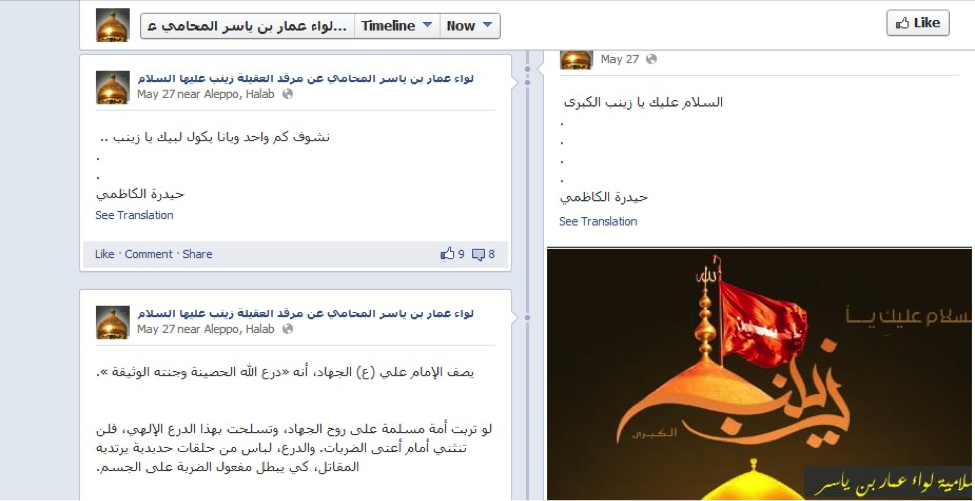
Figure 2: Since the creation of LAIY’s official Facebook page, the group has made attempts to demonstrate they are posting statuses from Aleppo.
Initially, LAIY announced their presence to the world through the creation of a Facebook page made at the end of May, 2013. The page only posted basic status updates including quotes from Lebanese Hizballah General Secretary and in a blatant display of their loyalty to Iran, postings of two photographs featuring Iranian Supreme Leader Ayatollah Ali Khamenei. The caption for one of the photographs read, “Labayka ya Khamenei” (“We are here for you, O Khamenei”). Other early photographs emphasized the same “Defenders of the Saydah Zaynab Shrine” narrative first promoted by Liwa’a Abu Fadl al-Abbas and Lebanese Hizballah.
The logic behind the continuance of the “Defenders of the Saydah Zaynab Shrine” narrative for a group not directly defending it, is likely a way to express that despite LAIY not directly defending the shrine, the very fact they are countering anti-Assad forces in other parts of Syria helps save the shrine. Extending the narrative in this way allows for later potential announcements addressing the presence of other pro-Assad Shia militia in other areas of Syria. The rhetoric also acts and as a blanket explanation for why the groups’ directly cooperate and back the regime of Bashar al-Assad. For LAIY’s messaging campaign, it is key to demonstrate that backing Assad on all fronts means the Saydah Zaynab Shrine and other Shia religious structures will be protected.
Off of the internet, LAIY made its presence known in the same way Kata’ib Sayyid al-Shuhada did during the Spring of 2013; Via extravagant funeral cum demonstrations for fallen members of the organization. On June 4, a large funeral in Iraq’s Maysan was held for seven members of LAIY. Like Kata’ib Sayyid al-Shuhada, at the group funeral, representatives from the organization announced they would defend shrines, “All over the world”.[1]
LAIY has also exhibited a number of advanced messaging strategies. When the organization was announced, it already had its own song (posted below), a symbol, fighters dressed in similar combat fatigues, and a clear messaging strategy to address its presence in Syria.
LAIY’s Name
Liwa’a ‘Ammar Ibn Yasir takes its name from ‘Ammar Ibn Yasir. Described by historian Matti Moosa as, “one of Ali’s [considered by Shia to be the Islamic prophet Muhammed’s true successor for leadership of the Muslim community] most zealous companions and champions”, Yasir is revered by Shia for his loyalty.[2]
The group’s name also references the tomb of ‘Ammar Ibn Yasir which was located in Raqqa, Syria. The tomb was blown-up by Sunni Islamist rebels forces in March, 2013. These forces also recorded the destruction of the tomb and distributed their video online.[3] The video then made its rounds on pro-Assad media outlets. In terms of narrative development, the adoption of the name of a destroyed Shia shrine in Syria further underlines the line the group previously established as, “Defenders of shrines”.
Nevertheless, there have been no specific mentions of the destruction of ‘Ammar Ibn Yasir’s tomb via the group’s statements to the media or through their social media presence.
LAIY’s complete name is, Al-Muqawamah al-Islamiya fi Iraq Liwa’a ‘Ammar Ibn Yasir Hizballah al-Nujaba’ (The Islamic Resistance In Iraq ‘Ammar Ibn Yasir Brigade Hizballah Movement of the Outstanding). Adding further complication to the group, LAIY claims to be a part of Harakat Hizballah al-Nujaba’ or Harakat al-Nujaba’ (The Hizballah Movement of the Outstanding). This group, in and of itself, is also new. Harakat Hizballah al-Nujaba’ draws its name from the regularly used “Hizballah” term, a name found and utilized by a multitude of Iranian-backed organizations. It has also added that it is a “Harakat” or “movement”, most likely a way to appear as if it has greater numbers. The addition of the term, “al-Nujaba’” (plural for “The Outstanding”) references a term sometimes used in relation to the return of Imam al-Mahdi (for Shia, the Mahdi will return in a messianic form and establish a truly just earthly regime).[4]
LAIY’s Links, & Ideology
Based on the large amount of imagery, videos, and direct statements praising Iran’s Supreme Leader, Ayatollah Khamenei and repeated insistences where the group has said it is, “at Khamenei’s service”, LAIY does not hide its allegiance to Iranian leadership and ideology. The utilization of the exact “Defense of the Saydah Zaynab Shrine” narrative, honed by Lebanese Hizballah, Iran, and Iran’s many Iraqi Shia proxies—Many of whom have contributed fighters to the battle in Syria—also demonstrates a mirroring of larger Iranian strategies.
Sheikh Akram al-Kaabi, a founder and leader of Asa’ib Ahl al-Haq, an Iranian-backed organization which has lost members in Syria, has also featured prominently in LAIY propaganda. Al-Kaabi has described as a “Leader” by the group’s Facebook page and on posters the group has issued. The link to Asa’ib Ahl al-Haq further suggests LAIY and Harakat Hizballah al-Nujaba’ may be front groups for other existing Iranian-backed Iraqi Shia parties. Additionally, imagery used for martyrdom posters matches those found with Asa’ib Ahl al-Haq. These posters normally feature Grand Ayatollah Muhammed Sadiq al-Sadr and Iranian Supreme Leader, Grand Ayatollah Khamenei with a dark background or one featuring the Saydah Zaynab Shrine (see: Hizballah Cavalcade’s Roundup of Iraqi’s Killed in Syria, Parts 1, 2, and 3).
The utilization of the phrase, “Islamic Resistance” has also been a hallmark for Iranian-created organizations and has made a strong presence among the multitude of groups under Tehran’s guidance. Lebanese Hizballah calls itself, “Al-muqawama al-islamiya fi lubnan” (“The Islamic Resistance in Lebanon”).[5] Both Asa’ib Ahl al-Haq and Kata’ib Hizballah have characterized themselves as the “Islamic Resistance in Iraq”.[6]
Hizballah Cavalcade: The Songs of Liwa’a Abu Fadl al-Abbas: Militant Iraqi Shia Music & Syria
NOTE: For prior parts in the Hizballah Cavalcade series you can view an archive of it all here.
—
The Songs of Liwa’a Abu Fadl al-Abbas: Militant Iraqi Shia Music & Syria
By Phillip Smyth ([email protected])
Click here for a PDF version of this post
Remember the war against Franco?
That’s the kind where each of us belongs.
Though he may have won all the battles,
We had all the good songs.
– Tom Lehrer, “The Folk Song Army”, 1965.
*Note: The author has counted at least thirty different songs available online which have been produced to praise LAFA. Most of these songs were not included due to their lack of popularity in LAFA social media circles.
When journalist Nicholas Blanford first announced Iraqi Shia were fighting alongside the forces of Syrian president Bashar al-Assad, his main source for this assessment was a music video.[1] From a period extending from fall 2012-summer 2013, Shia Islamist organizations operating in Syria have released more music videos and have been actively using them in a complex messaging strategy.
The utilization of musical propaganda has been a key propaganda strategy used by radical Shia Islamist organizations.[2] Lebanese Hizballah has employed a number of bands to sing songs promoting the group’s narrative since the 1980s. In 2008, the Iraqi government found the songs made for Muqtada al-Sadr so threatening, they banned them.[3]
Due to Shia Islamist involvement in the Syrian Civil War, Iraqi Shia who favor Muqtada al-Sadr and pro-Iranian Shia parties, have produced a wide variety of songs praising Liwa’a Abu Fadl al-Abbas (LAFA). These songs are often overtly sectarian and offer blatant threats against the Syrian rebels.
The Iraqi-produced music videos, created to honor Iranian-backed Shia fighters attached to LAFA, also occupy a strange ideological gray-area. The singers often praise and or have praised Muqtada al-Sadr and the Liwa’a al-Yum al-Mawud (the Promised Day Brigade). However, Sadr has not publicly supported Shia militiamen fighting in Syria.[4] Some of the same musicians who sing for LAFA, have also backed organizations which have fought Sadr, namely Asa’ib Ahl al-Haq (AAH).[5]
Other Iraqi influences are quite extensive in newly made music about LAFA, including the musical rhythm styles. Demonstrating that these songs are aimed at an Iraqi audience, they are often sung in the Iraqi dialect of Arabic. All of the singers and songwriters who have made these songs have also had extensive background experience singing for Shia Islamist organizations, performing religious songs, and have gained the majority of their fans from their online presence.
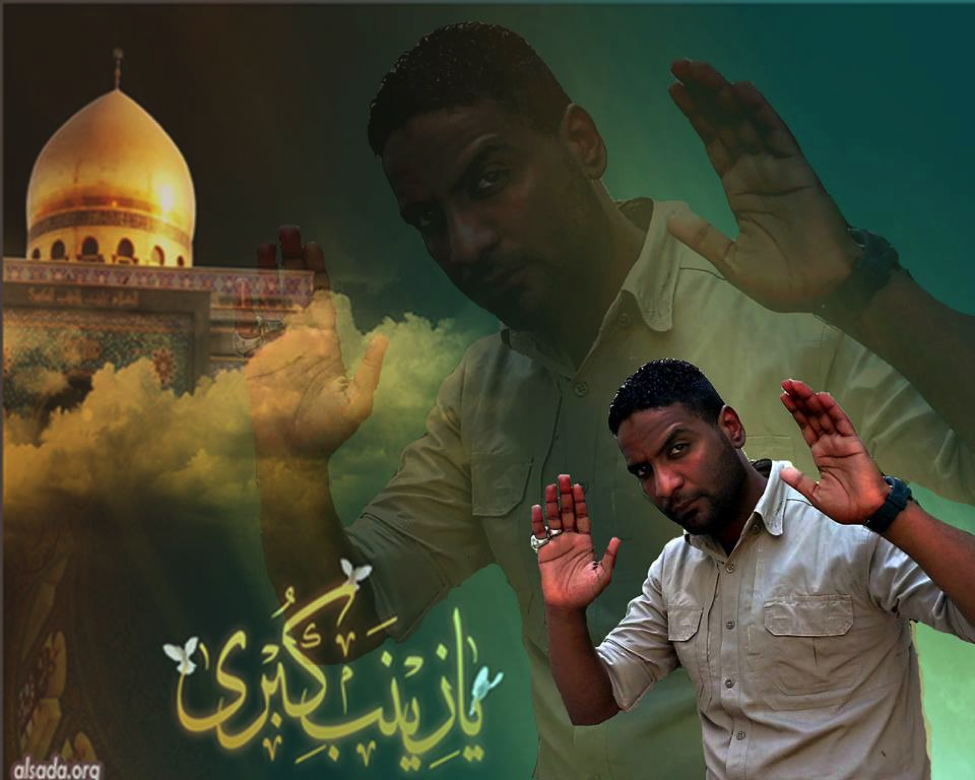
Figure 1: ‘Ali al-Muwali poses for a picture which includes the Saydah Zaynab shrine.
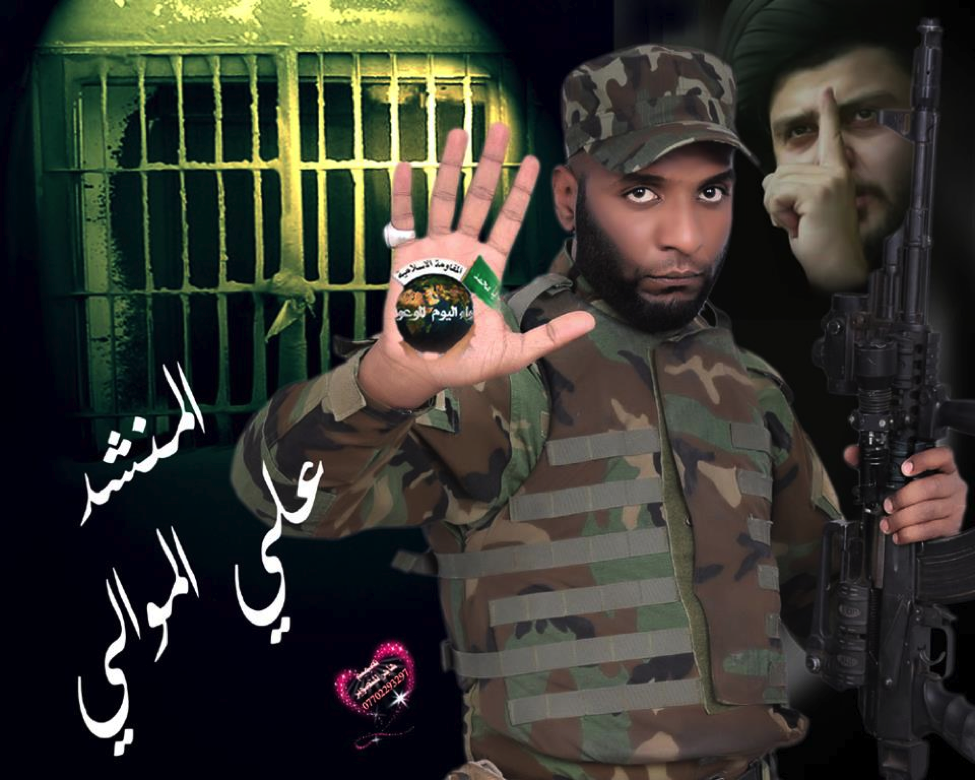
Figure 2: Muwali has not hidden his links to Liwa’a al-Yum al-Mawud. In his left hand, the group’s logo is visible.
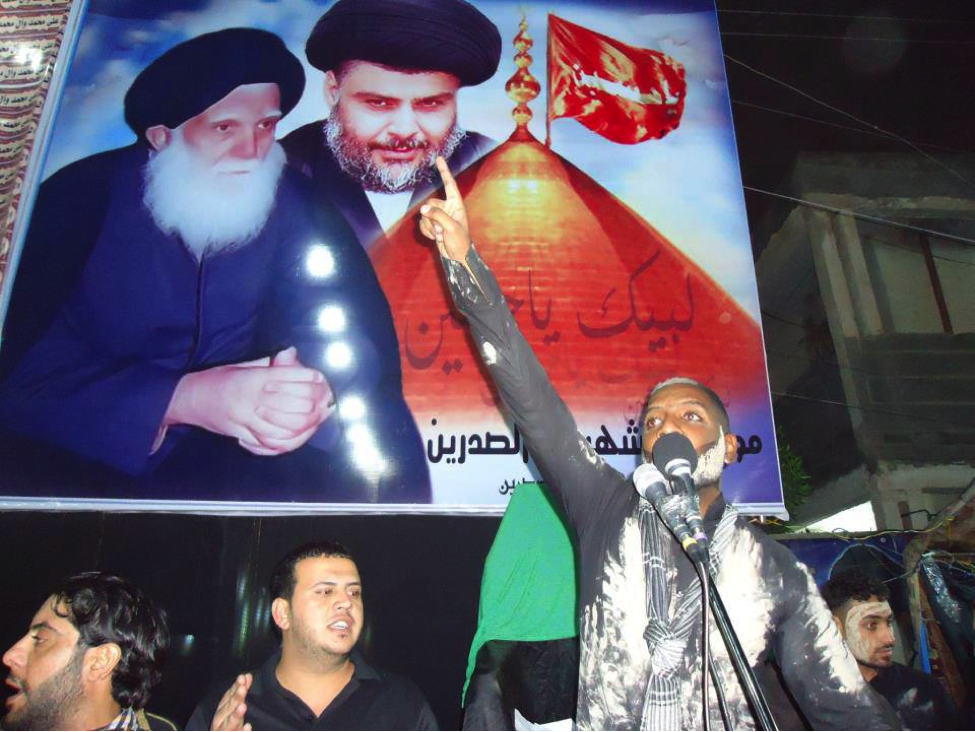
Figure 3: Muwali singing to Sadr supporters.
Released on September 5, 2012, the music video which first burst onto the scene carrying the message of Liwa’a Abu Fadl al-Abbas was “Ya Zaynab” by ‘Ali al-Muwali. While the initial music video did not receive as much attention in pro-LAFA social media circles, a more popular edit of the song with a new music video quickly became well-known. Appearing on YouTube at the end of December, the new video and song soon became the anthem for LAFA. It is clear from the song’s lyrics, music video, and time of release that its creation was timed to coincide with further announcements about the group’s existence.
While the initial music video was less popular than the re-edited LAFA video, the song clearly promoted a militant message. Prior to singing about LAFA, singer of “Ya Zaynab”, ‘Ali al-Muwali had made a number of songs dedicated to praising attacks against U.S. and Coalition troops in Iraq. These songs appeared to be created for Liwa’a al-Yum al-Mawud. Muwali’s personal Facebook page includes two “Likes” for Liwa’a al-Yum al-Mawud Facebook pages.
Another early song and music video utilized by Liwa’a Abu Fadl al-Abbas first appeared online in early February 2013. The song emerged on YouTube and in forums under a variety of titles. However, the primary title it was given was, “Liwa’a Abu Fadl in Syria Third Release”. It’s probable the singers and songwriters came from the same groups found in other videos on this post.
As with LAFA’s edited music video for “Ya Zaynab”, this song’s video showed footage of LAFA fighters engaged in combat and samples from a film about the Battle of Karbala. The song also featured threats against the Free Syrian Army and overt messages appealing to Shia-identity. “Liwa’a Abu Fadl in Syria Third Release” was later used as background music in a video showing members of Kata’ib Sayyid al-Shuhada inspecting dead Syrian rebels (see the first video on the post).
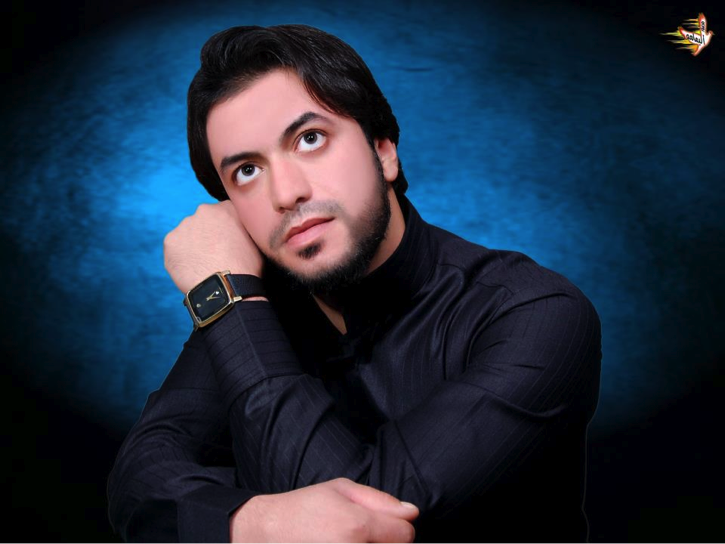
Figure 4: Pro-LAFA Iraqi singer, Muhammed Abu ‘Azrael al-Karbalai.
Between April-May, 2013 a number of songs were released by Iraqis praising the Abu Fadl al-Abbas Brigades. “Dedicated to the Abu Fadl al-Abbas Shia Brigade”, was released in mid-May by Pro-Muqtada al-Sadr singer Muhammed Abu ‘Azrael al-Karbalai on Iraqi Shia forums.[6] It warned the rebel Free Syrian Army, telling them “Do not cross the line…We will silence you” and also praised the Syrian army, “O Syrian army, focus and show them what you can do” The song also expressed fears of what would happen if the forces of Bashar al-Assad did not win, saying, “Oh, [Syrian] army, God knows what will happen if you fail!”

Figure 5: Muhammed Helfi stands in front of a picture of Husayn, one of the most important figures in Shia Islam.
Another LAFA song, performed by Muhammed al-Helfi was called, “Zealous to Defend Saydah Zaynab”. Helfi, an Iraqi Shia and pro-Sadr singer (he has also performed with pro-Sadrist singer Laith al-Ruba’ie) adopted Shia identity messaging and delved into conspiracy narratives to explain the war in Syria. In the song, al-Helfi rehashes claims of a “Saudi and Jewish” conspiracy against the Shia. The narrative presented matches those produced by LAFA and other Iranian-backed organizations. “We are all for Zaynab”, Helfi sings, “we know the difference between precious and cheap…We get rid of the cheap…We Shia know our worth.”
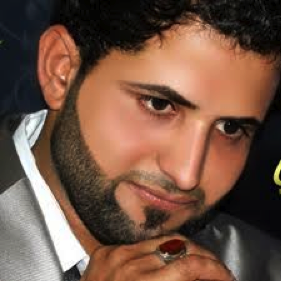
Figure 6: Abbas al-Khazali.
Another Iraqi-produced song was dedicated specifically to Liwa’a Abu Fadl al-Abbas on April 6. The song threatens Syrian rebels and praises Liwa’a Abu Fadl al-Abbas. In fact, LAFA’s Sung by Abbas al-Khazali, the music video shows Shia fighters dressed in similar combat gear as LAFA and armed with M16A2 rifles. There is also a shot of these Shia fighter-cum-singers capturing and abusing what can be presumably Sunni Islamist or Free Syrian Army fighters. The theme of capturing and abusing “Enemies of Shi’ism” has been a prevalent theme in songs released by Iraqi singers since April.
On April 19th, a pro-LAFA song was posted to YouTube. Much of the footage used showed LAFA operations, but when the music video begins, the main messaging thrust is one of Shia power over Sunni enemies. Men (assumedly Shia fighters) storm a building and forcibly detain these enemies. Later in the song, the singer calls Saudi Salafist Sheikh Adnan Al Aroor, “Black” (i.e. holding a black ideology).
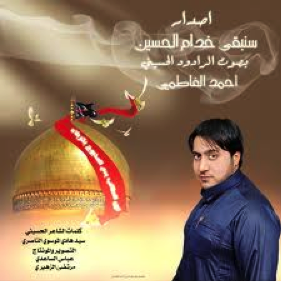
Figure 7: An Ahmed Fatimi CD cover.
Ahmed Fatimi, another Iraqi singer, also sang a song in praise of the “Defenders of Zaynab”. The music video utilizes photographs of LAFA members and commanders first put online between the fall of 2012-spring 2013.

Figure 8: Ali al-Delfi and Ahmed al-Sa’adi pose on the cover of one of their 2012 CDs.
One of the first LAFA songs to be released in 2013 (March 5) was made by Ali al-Delfi and Ahmed al-Sa’adi. The song immediately became popular on forums and Facebook pages devoted to LAFA and other Iranian-backed Shia groups in Iraq. Demonstrating the song’s reach, in of the few pieces of video footage taken of LAFA fighters in Syria, the song was played on one of the fighter’s phones while LAFA was setting-up a sniper position.
On May 5, 2013, Ali al-Delfi and Ahmed al-Sa’adi released a song entitled, “Operetta for the Righteous”. The song was dedicated to the Iranian-backed Iraqi group, Asa’ib Ahl al-Haq (AAH). Pointing to closer links between some Iraqi singers and the organizations they sing about the fact that new
Hizballah Cavalcade: Breaking Badr: Is Iraq’s Badr Organization Operating In Syria?
NOTE: For prior parts in the Hizballah Cavalcade series you can view an archive of it all here.
—
Breaking Badr: Is Iraq’s Badr Organization Operating In Syria?
By Phillip Smyth ([email protected])
Click here for a PDF version of this post
Due to many public funerals, a number of Iranian-backed Iraqi organizations (Asa’ib Ahl al-Haq, Kata’ib Hizballah, and Kata’ib Sayyid al-Shuhada stand as prime examples) have been identified as supplying combatants to fight in support of the regime of Bashar al-Assad in Syria. However, the Badr Organization, an Iraqi group which has pledged its loyalty to Tehran, was absent from announcements involving Iraqis killed in Syria and has been rather murky on whether it is fighting in Syria.
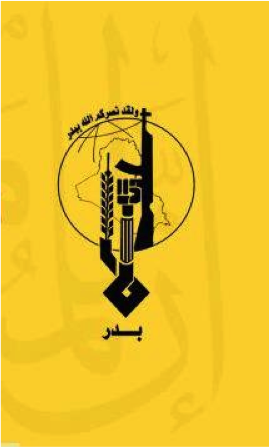
Figure 1: The Badr Organization Military Wing’s logo. Note its similarity to Lebanese Hizballah’s, Asa’ib Ahl al-Haq’s, Kata’ib Hizballah’s and the Iranian Revolutionary Guard Corps’ logos
In February, 2013, Hadi al-Amiri, leader of Iraq’s Badr Organization, said Turkey and Qatar were supplying Al Qa’ida and that this was a declaration of war against Iraq.[1] During a June 21, 2013 interview with Reuters, Amiri said the group was contemplating intervening in Syria and could not, “sit idle while the Shi’ites are being attacked”. [2] Regardless, after assessing posted material issued by the Badr Organization’s social media webpages, it is becoming clear the group may actually be involved in the fighting in Syria.
Beginning life as the Badr Brigade, the militia for the Supreme Council for the Islamic Revolution in Iraq (SCIRI), the Badr Organization split from SCIRI and became its own political group.[3] In 2006, the Council on Foreign Relations reported the Badr Organization had upwards of 10,000 militiamen.[4]
Before and after the split with SCIRI, the Badr Organization received heavy funding, training, and equipment from Iran.[5] The group is also unabashed about its close links with Iran, especially Iranian Supreme Leader Ayatollah Ali Khamenei, and Iranian proxy groups.
Despite material which affirms the group supports the actions of Lebanese Hizballah in Syria, the official Facebook page for the Badr Organization makes no mention that its militiamen may be also operating in Syria. Nevertheless, there are hints of involvement on the group’s page for the Badr Organization Military Wing, the Badr Organization’s militia. Throughout the Spring of 2013, the Badr Organization increased the level of supportive rhetoric for Lebanese Hizballah, Asa’ib Ahl al-Haq, Kata’ib Hizballah, and Iran’s efforts in Syria. A June 21, 2013 photo’s caption said the, “Badr Military Wing will defend Zaynab to the last mujahid”.
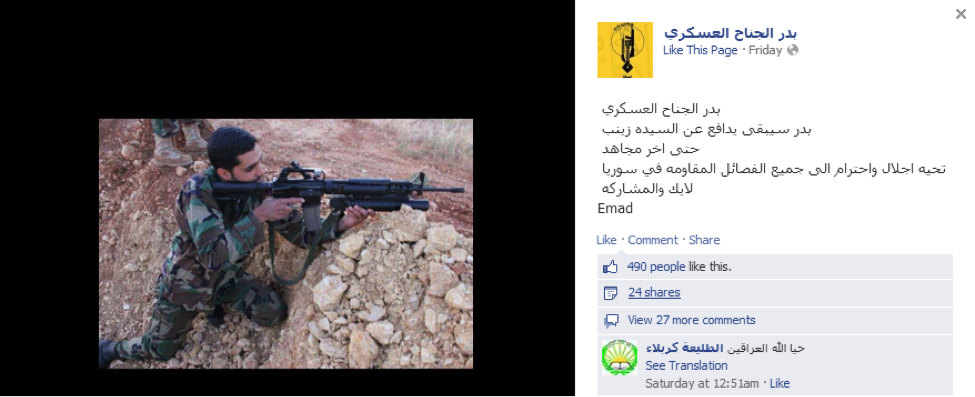
Figure 2: Photo from the Badr Organization Military Wing’s Facebook saying the group will “Defend the Zaynab Shrine to the last holy warrior [mujahid]”.
Earlier, on April 22, 2013, The Badr Organization Military Wing produced and uploaded a song to YouTube. The song’s discription said it was, “A message from Badr to the unjust”and included the lyrics, “We will issue a death sentence against the Free Syrian Army (Jaysh al-Hurr) and no one will be able to defeat us.” The only images present during the music were those of a fighter armed with an RPG-7 in front of the Saydah Zaynab Shrine, the logo for the Badr Organization Military Wing, and the logo for the Badr Organization.
From May 5-9, 2013, a few photographs depicting Badr Organization fighters showing their “Soliderity” with members of Liwa’a Abu Fadl al-Abbas (LAFA) appeared on various pro-LAFA, Badr Organization, and pro-Lebanese Hizballah websites. LAFA has acted as the main front for pro-Iranian fighters inside Syria.
Nevertheless, Badr’s symbols are not a pervasive presence on LAFA or Liwa’a Zulfiqar’s social media websites. Since the group reportedly did not suffer any killed in Syria before June, coverage of the organization’s possible involvement with LAFA or Liwa’a Zulfiqar was muted. The group’s social media posts appeared to do little more than offer visible support for the actions of other pro-Iranian Iraqi groups operating in Syria.
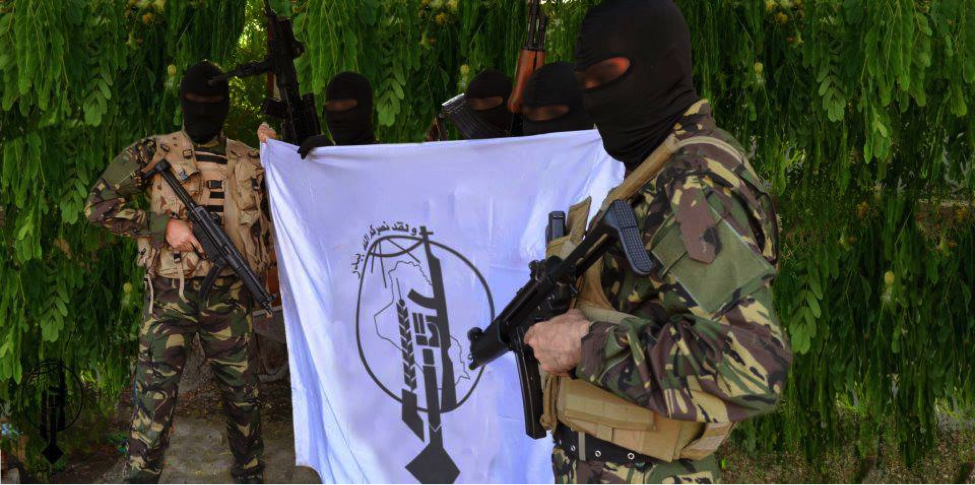
Figure 3: The photo was first posted on the Badr Organization Military Wing’s official and mirror Facebook pages. The photo shows Badr militiamen armed with Heckler and Koch MP5 submachine guns (though, it’s possible these are Iranian copies) and AK-47 style rifles.

Figure 4: A photo first posted on Liwa’a Abu Fadl al-Abbas’s Facebook page claims to show Badr Organization militiamen studying a map of Syria. Most captions to go along with this photo claimed it was a photo to express solidarity with the defenders of the Zaynab Shrine.
However, the Badr Organization’s public statements regarding Syria grew louder after May 20, 2013. Immediately following attacks on buses carrying Iranian pilgrims near the Iraqi city of Tikrit, the Badr Organization Military Wing announced they would adopt a more threatening posture. [6] The statement said the “Plotters” of the attacks were the United States, Saudi Arabia, Qatar, and “The Zionist Entity” (Israel), and that they would face a swift retaliation. It is important to note that the same compendium of enemies is blamed by Iran and its proxies operating in Syria for being behind forces opposing the regime of Bashar al-Assad. Interestingly, notwithstanding the other, often more horrific bombings Iraqi Shia suffered, and other attacks launched by Sunni Islamists against Shia in Iraq, the Badr Organization appeared to draw a redline with the attack on the Iranians. It is also possible the targeted bus was not carrying Iranian pilgrims as reported, but Iranian advisors or fighters, which would further inflame a pro-Iranian proxy group like Badr.[7]
Based on the fact that other smaller Iranian-backed Iraqi Shia groups have sent fighters into Syria, it is possible the Badr Organization has also sent members. This possibility gained added credence on June 17, 2013 when the Badr Organization Military Wing announced a member had been killed “Defending the Saydah Zaynab Shrine”. Despite this announcement, it is still unclear whether the Badr Organization has committed sizable amounts of fighting men to the war in Syria.
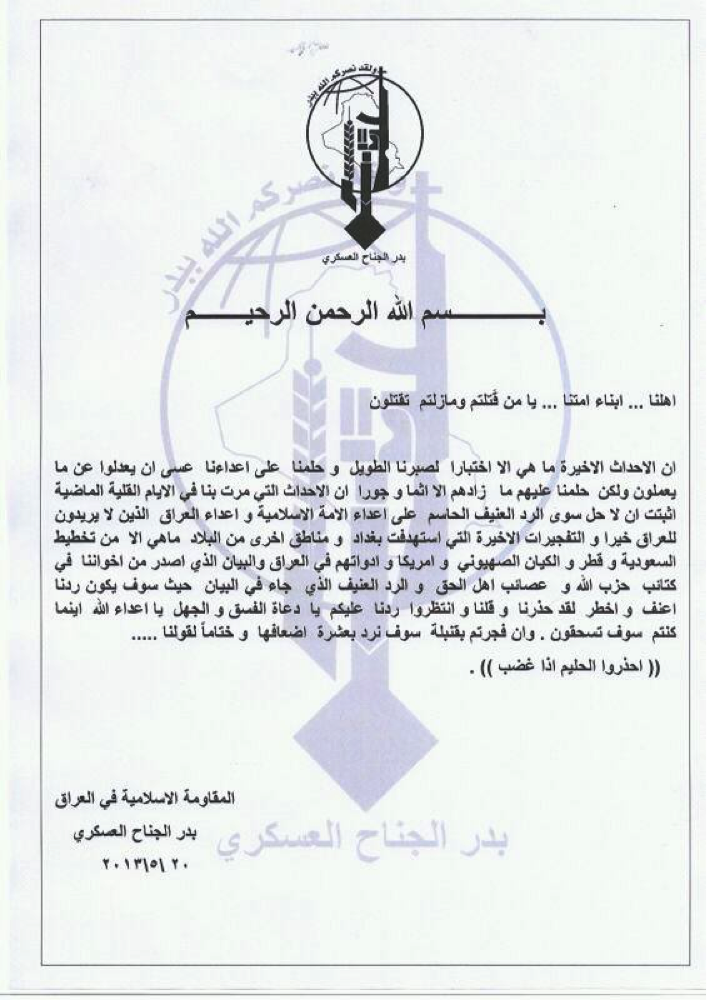
Figure 5: May 20, 2013 Badr statement threatening Saudi Arabia, Qatar, “The Zionist entity”, and the U.S.
The Badr Organization’s First Martyr In Syria?
Name: Yasin Muhammed al-Zayn (A.K.A. Hadi)
Death Announced: June 17, 2013. (He was declared killed on June 17, 2013). The Badr Organization Military Wing’s Facebook declared his death on June 18, 2013.
Notes: Only on the Badr Organization Military Wing’s official page was al-Zayn claimed as a member of the Badr Organization. On his martyrdom poster, it was claimed al-Zayn was killed in the Zayn al-‘Abideen neighborhood of Damascus while “Defending the Saydah Zaynab Shrine”. Other pro-Assad/pro-Iranian backed Shia organization Facebook pages did not mention his affiliation with the Badr Organization. Additionally, no footage of al-Zayn’s funeral could be located. A personal martyrdom page was also created (on June 18, 2013) for al-Zayn.[8] On the page, no mention of any Badr affiliations was made. Interestingly, his death was not claimed by Liwa’a Abu Fadl al-Abbas or Liwa’a Zulfiqar, the two groups Iraqi Shia have fought for in Syria.
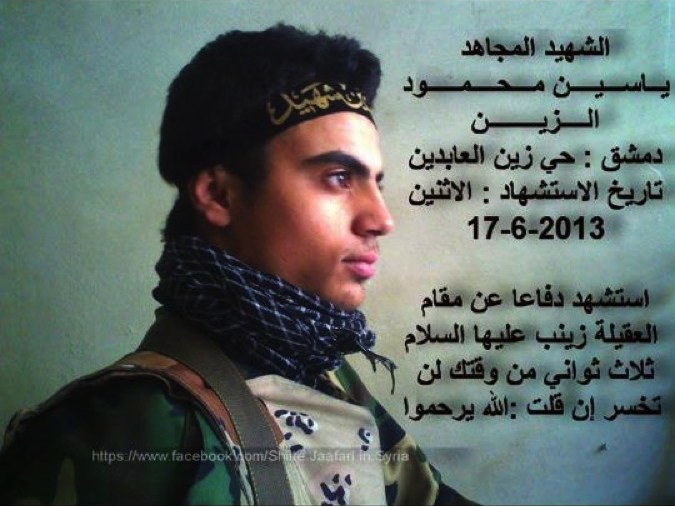
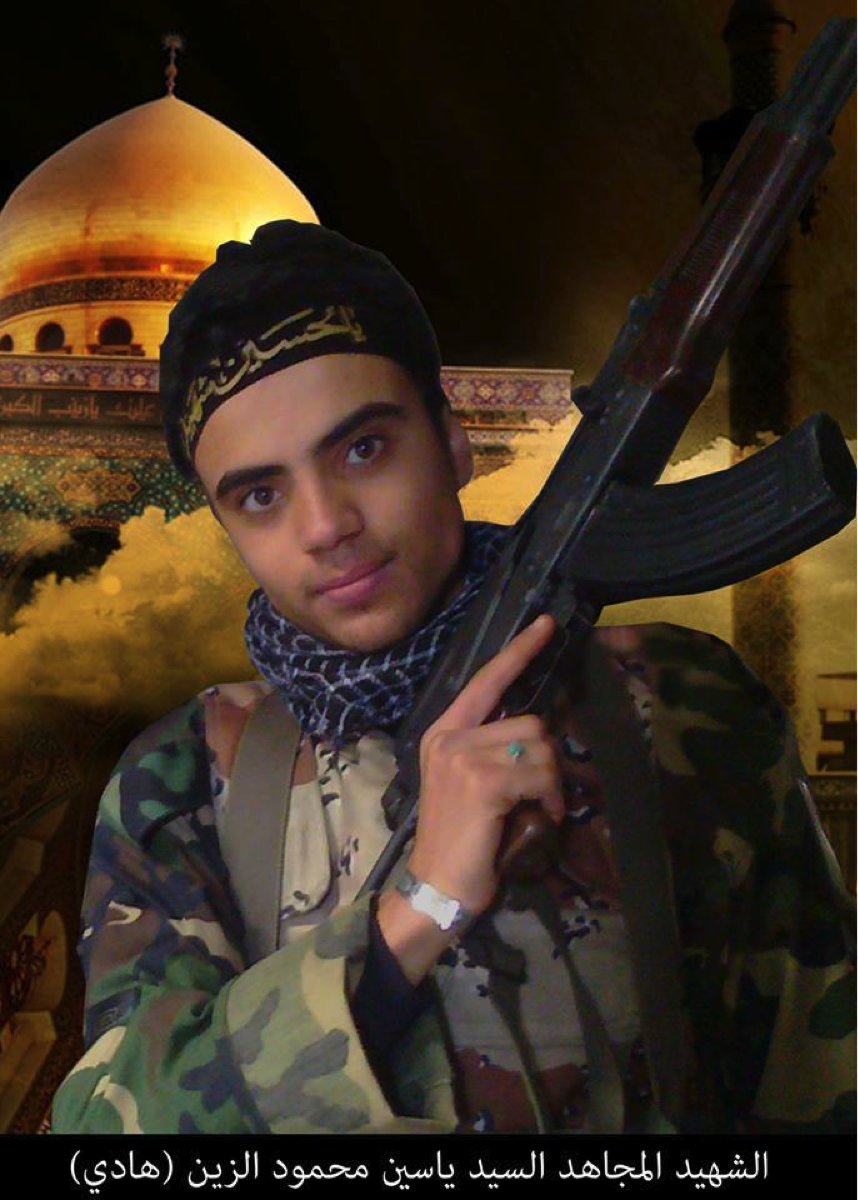
Figure 6: The Saydah Zanab Shrine’s golden dome features prominently in the background. No logos for the Badr Organization Military Wing were present on the martyrdom poster.
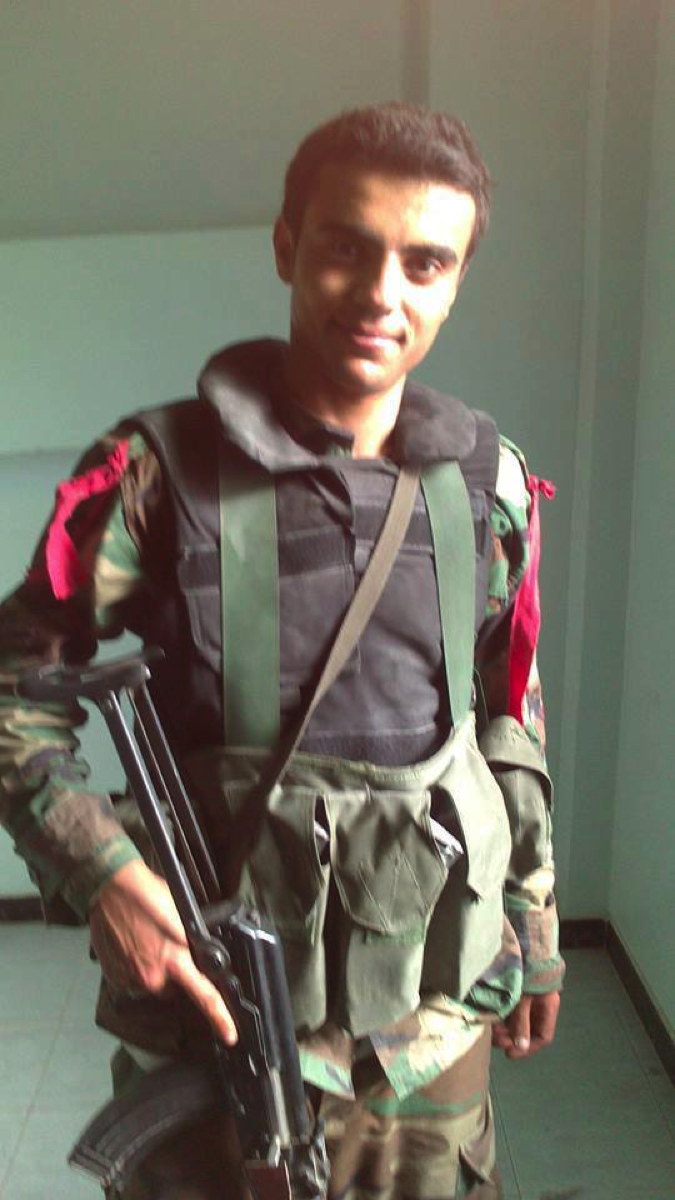
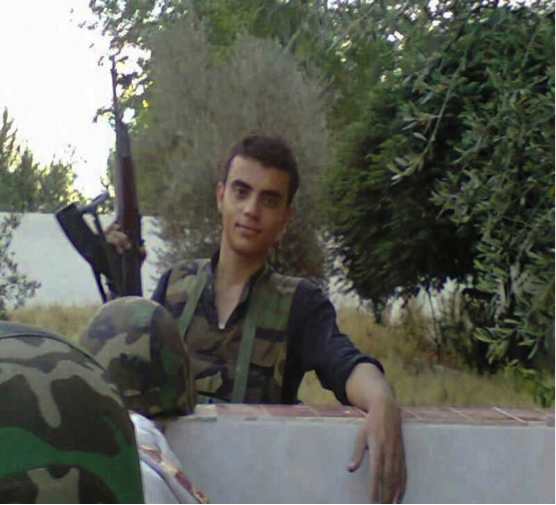
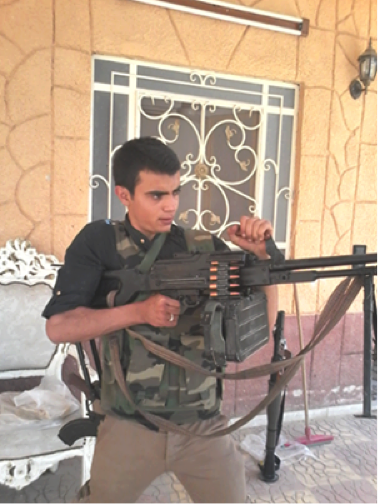
The Badr Organization’s Imagry For Syria
The Badr Organization Military Wing has created a number of provocative online photos dealing with events in Syria. When compared to other Iranian proxies, they have exhibited the most blatant links to Iran’s Supreme Leader. It is possible the group may be setting-up a religious pretext for their [future] involvement in Syria by continually showing pictures of Khamenei. Khamenei had already given religious sanction for Shia fighters to engage in battle in Syria.[9]

Figure 7: “Min Baghdad – al-Jadriat Labayk ya Zaynab” (“From Baghdad – al-Jadriya [a Baghdad neighborhood] We are here for you, O Zaynab”).
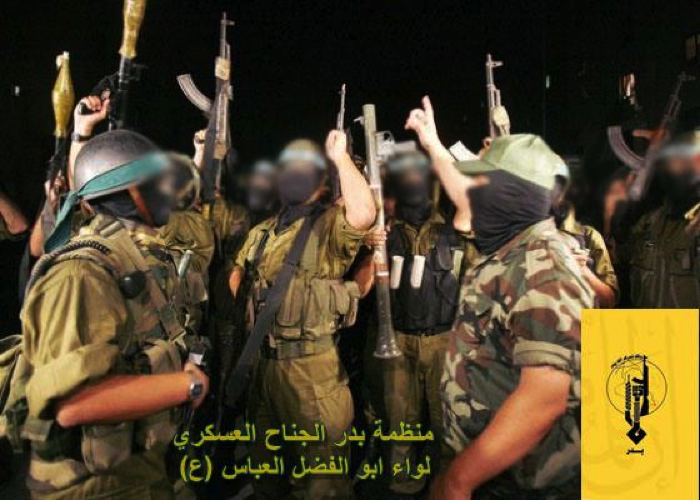
Figure 8: A photo published by the Badr Organization Military Wing showing members of Liwa’a Abu Fadl al-Abbas. The image is attempting to convey that the Badr Organization has members within LAFA.
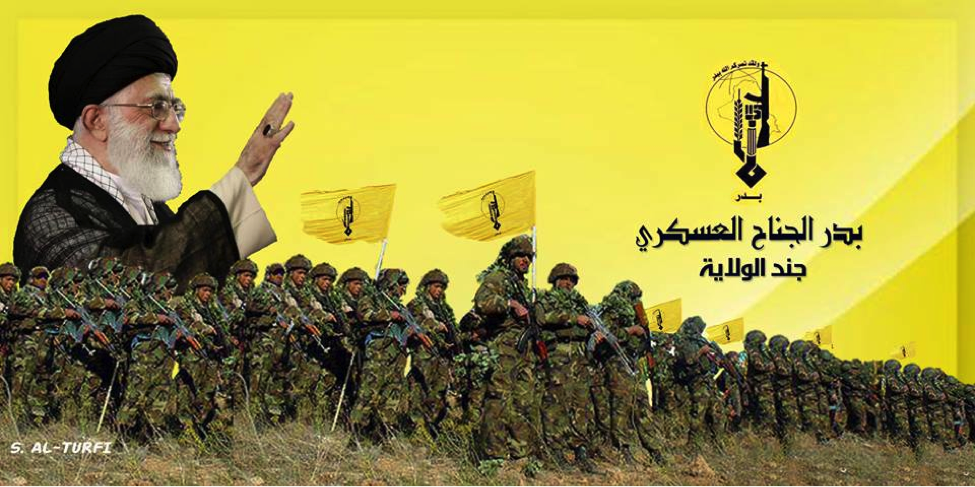
Figure 9: Iran’s Supreme Leader waves and smiles as Badr Organization militiamen stand below him.
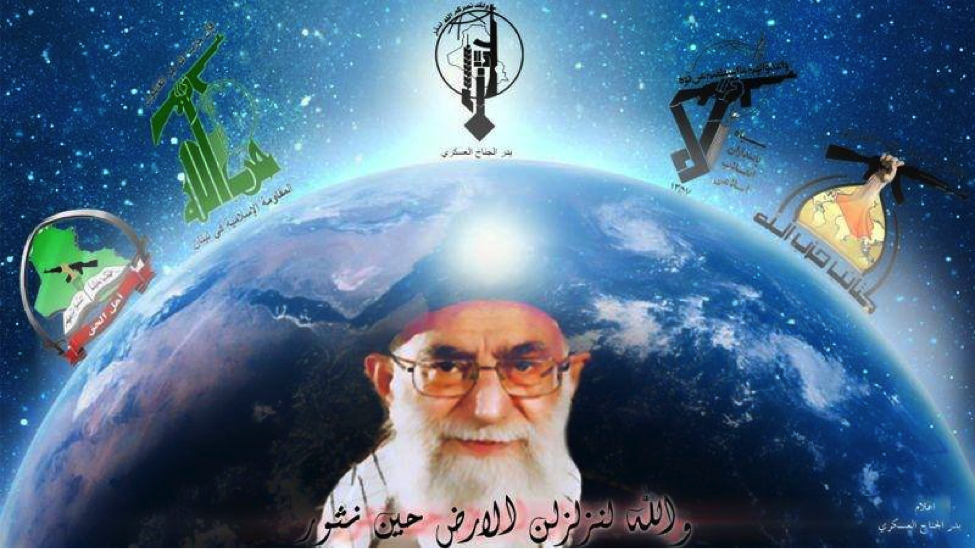
Figure 10: This photo appeared on two pro-Badr Organization Military Wing pages on Facebook. Intriguingly, the photo is extremely blatant about the connection (logos from left to right) Asaib Ahl al-Haq, Lebanese Hizballah, the Badr Organization, the Iranian Revolutionary Guard Corps, and Kata’ib Hizballah share. Iranian Supreme Leader Ayatollah Khamenei looks out from the globe.
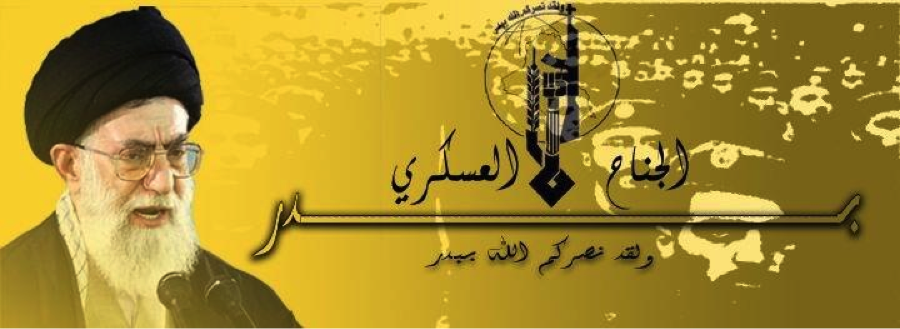
Figure 11: Another online poster featuring the Badr Organization Military Wing and Iranian Supreme Leader Ayatollah Khamenei. The background is a photo of Lebanese Hizballah marching with an added golden hue. [1] Michael Knights, “Syrian and Iraqi Conflicts Show Signs of Merging”, March 7, 2013, Policywatch 2042, Washington Institute For Near East Policy, https://www.washingtoninstitute.org/policy-analysis/view/syrian-and-iraqi-conflicts-show-signs-of-merging. [2] See: https://www.trust.org/item/20130621144421-omxch. [3] See: https://en.aswataliraq.info/(S(clhorg45ylfsgrrhg3vbwlmb))/Default1.aspx?page=article_page&id=147369&l=1. [4] See: https://www.cfr.org/iraq/iraqs-militia-groups/p11824#p6. [5] See: https://www.mcclatchydc.com/2005/12/12/v-print/13157/iran-gaining-influence-power-in.html. [6] See: https://now.mmedia.me/lb/en/mena/8-dead-in-iraq-bomb-attack-on-iran-pilgrims-officials-say. [7] Personal conversation with Michael Knights, June 24, 2013. [8] See: https://www.facebook.com/KlnaAlshhydAlmjahdYasynMhmwdAlzyn. [9] See:
